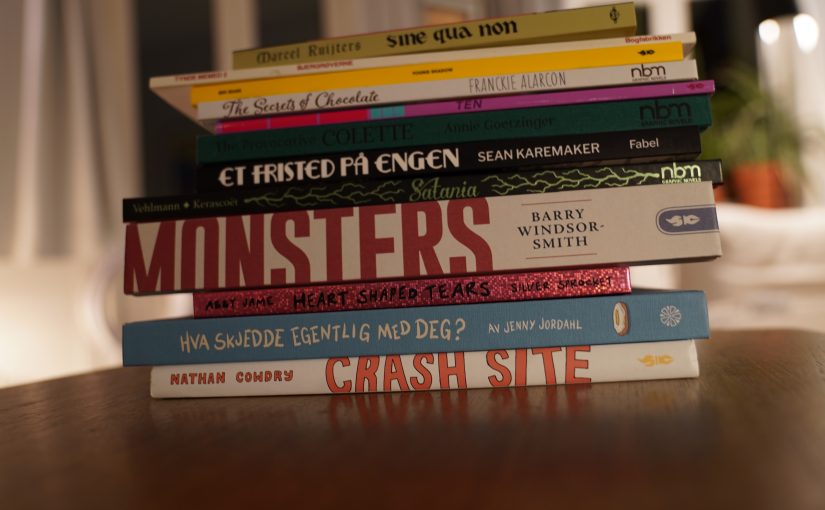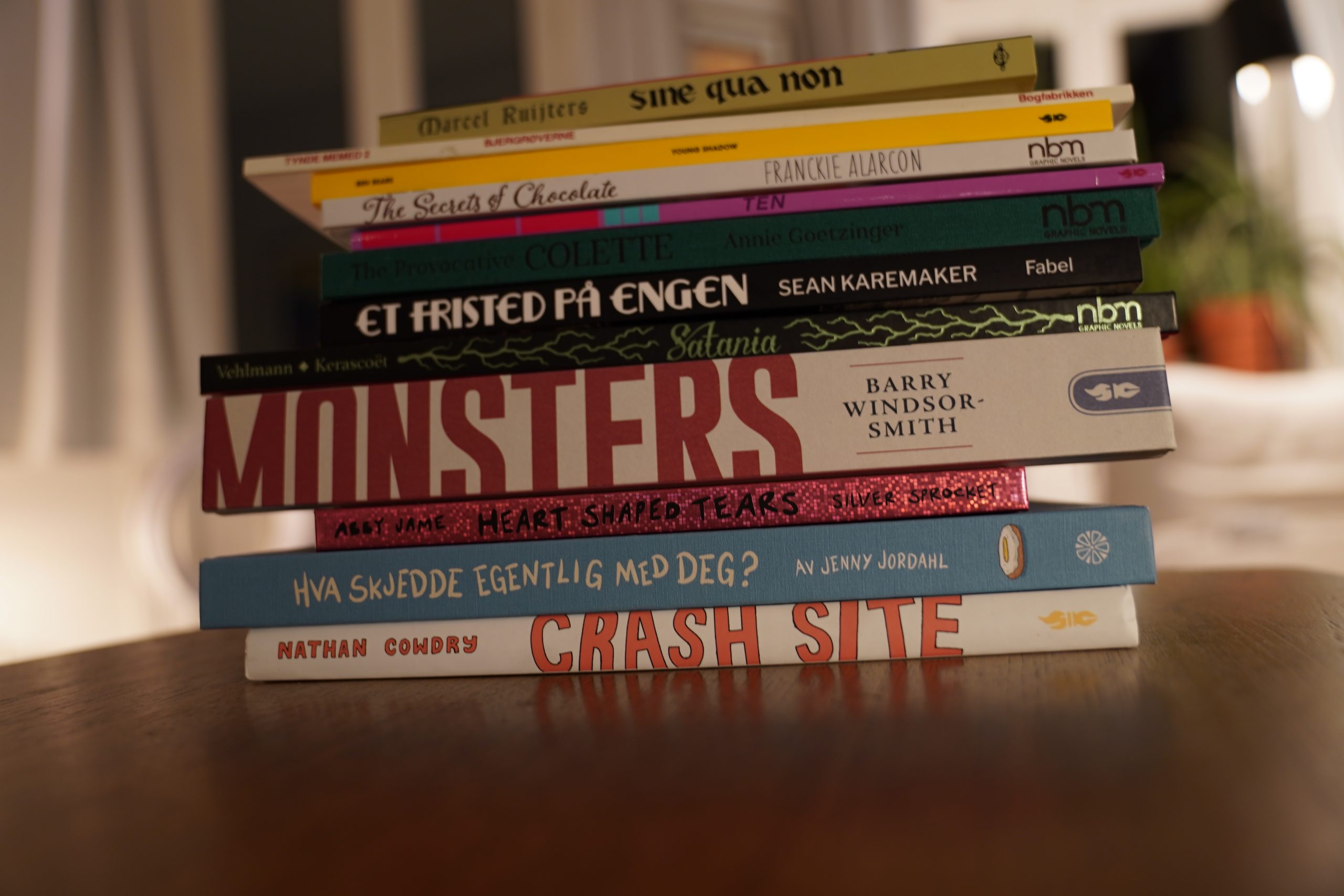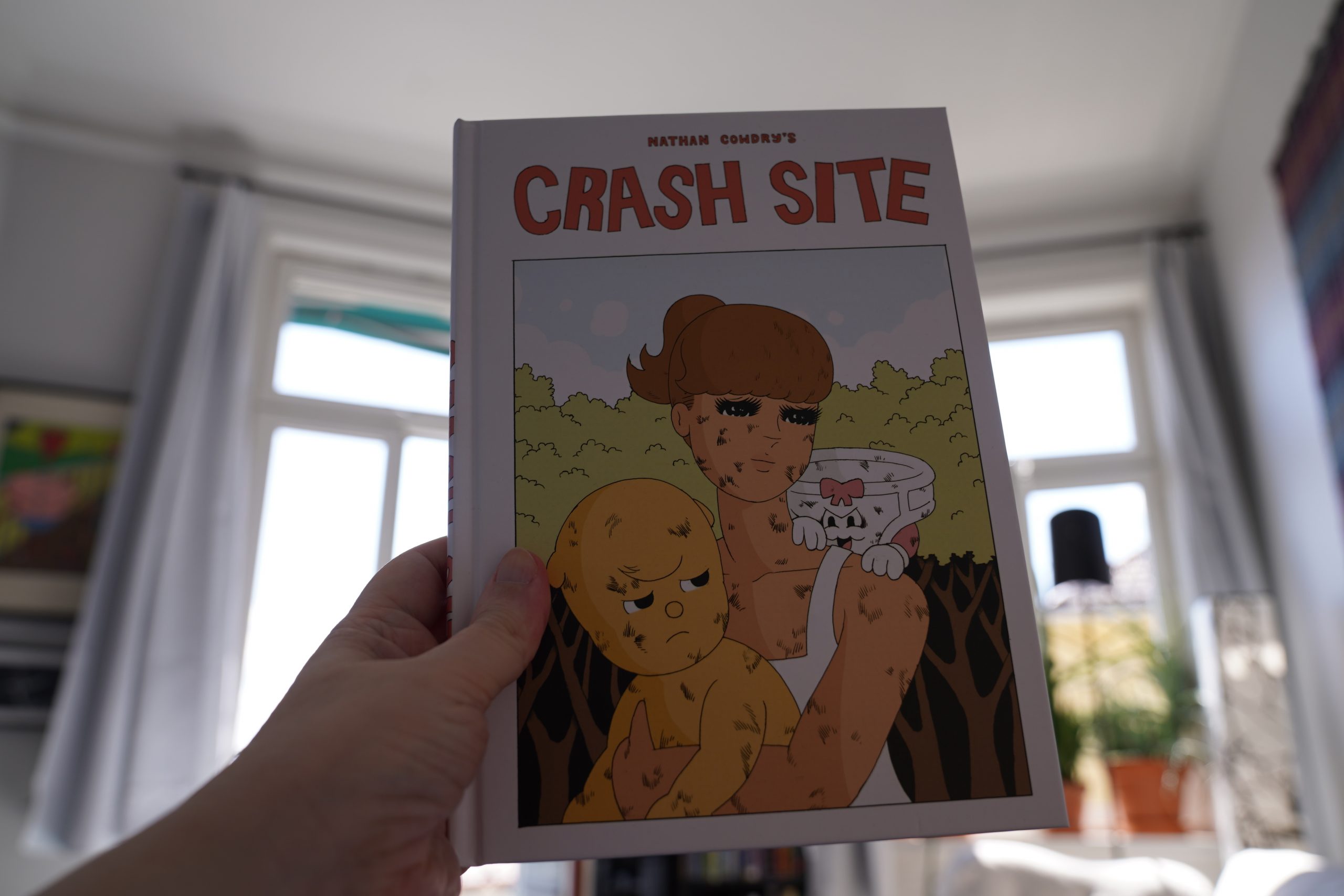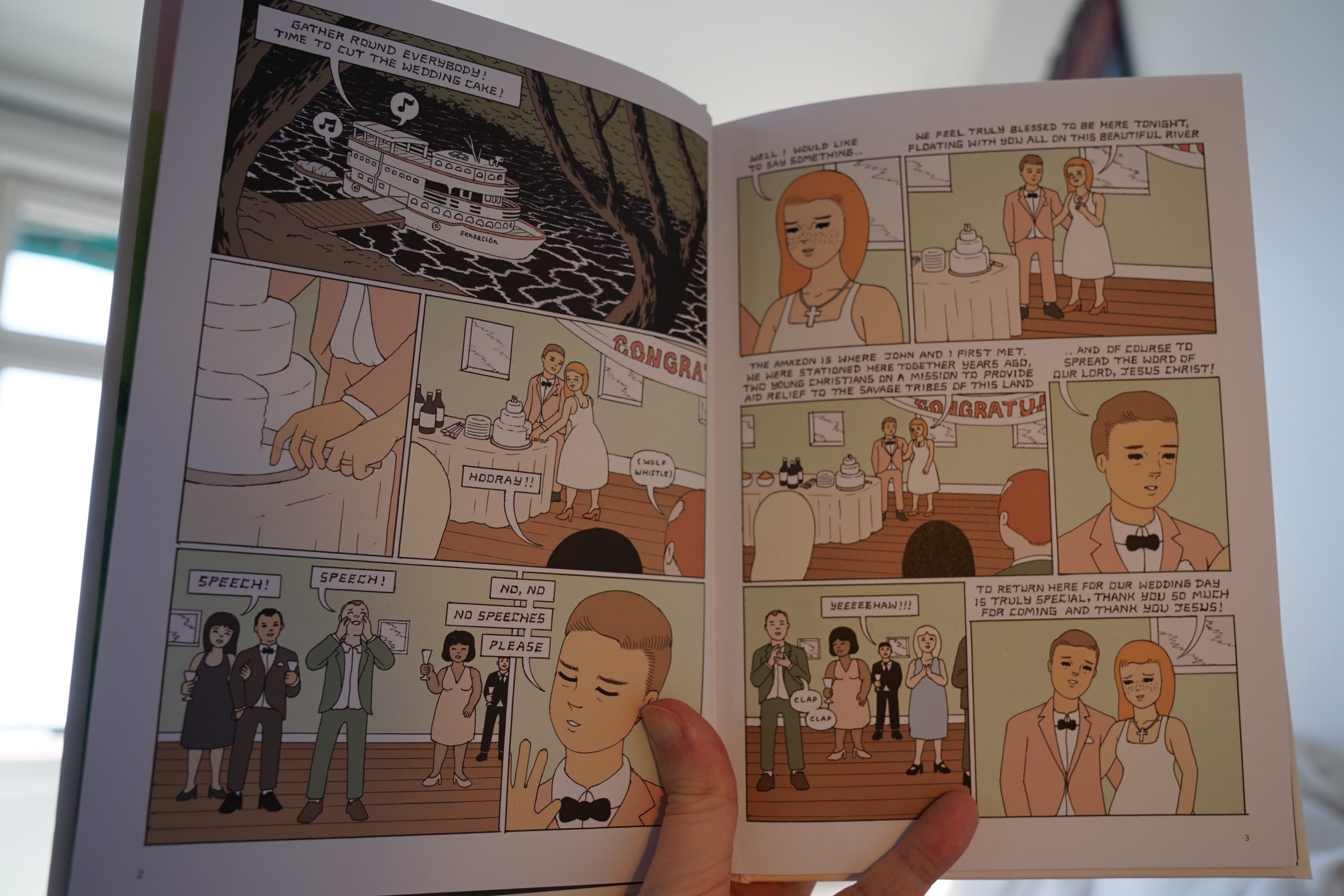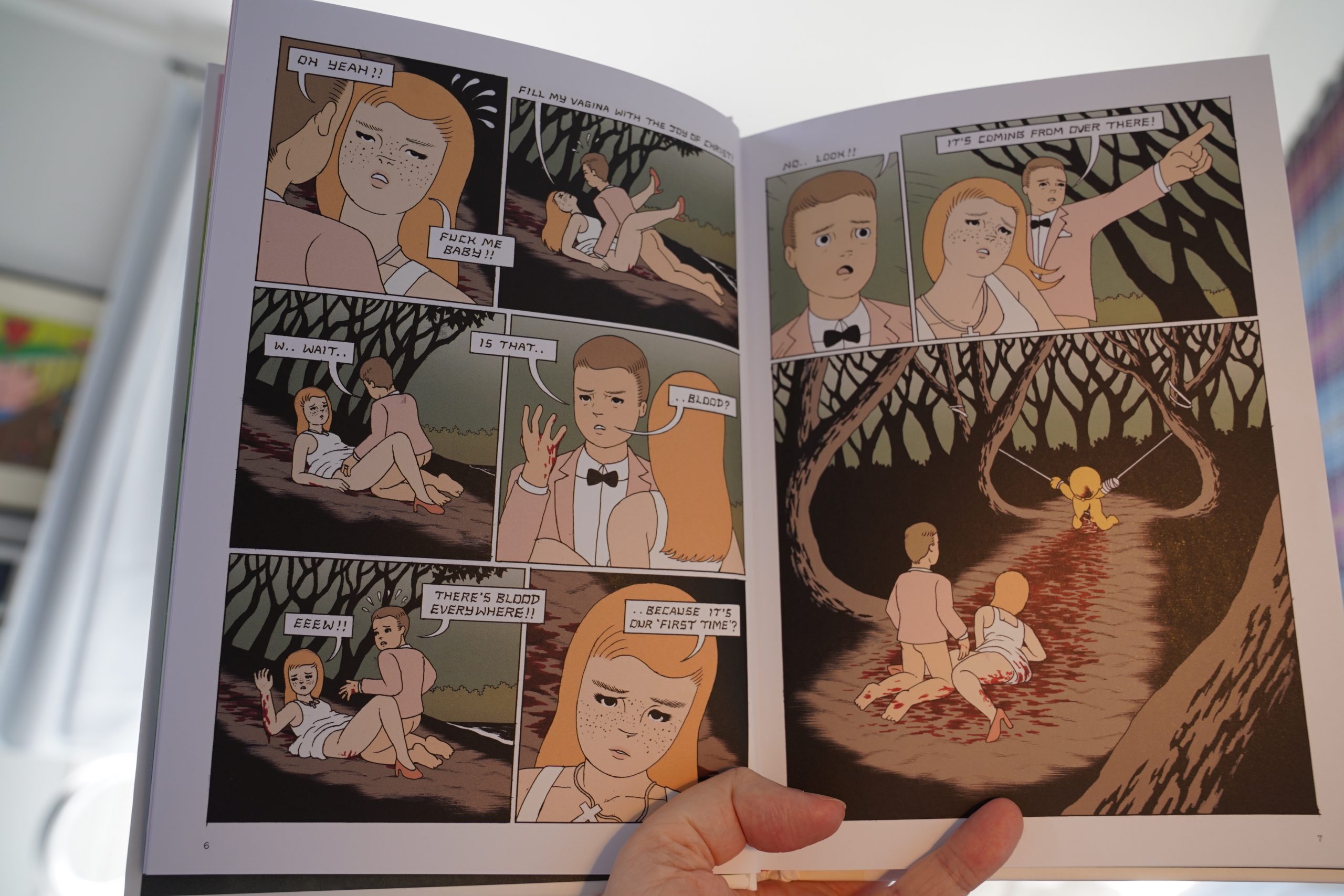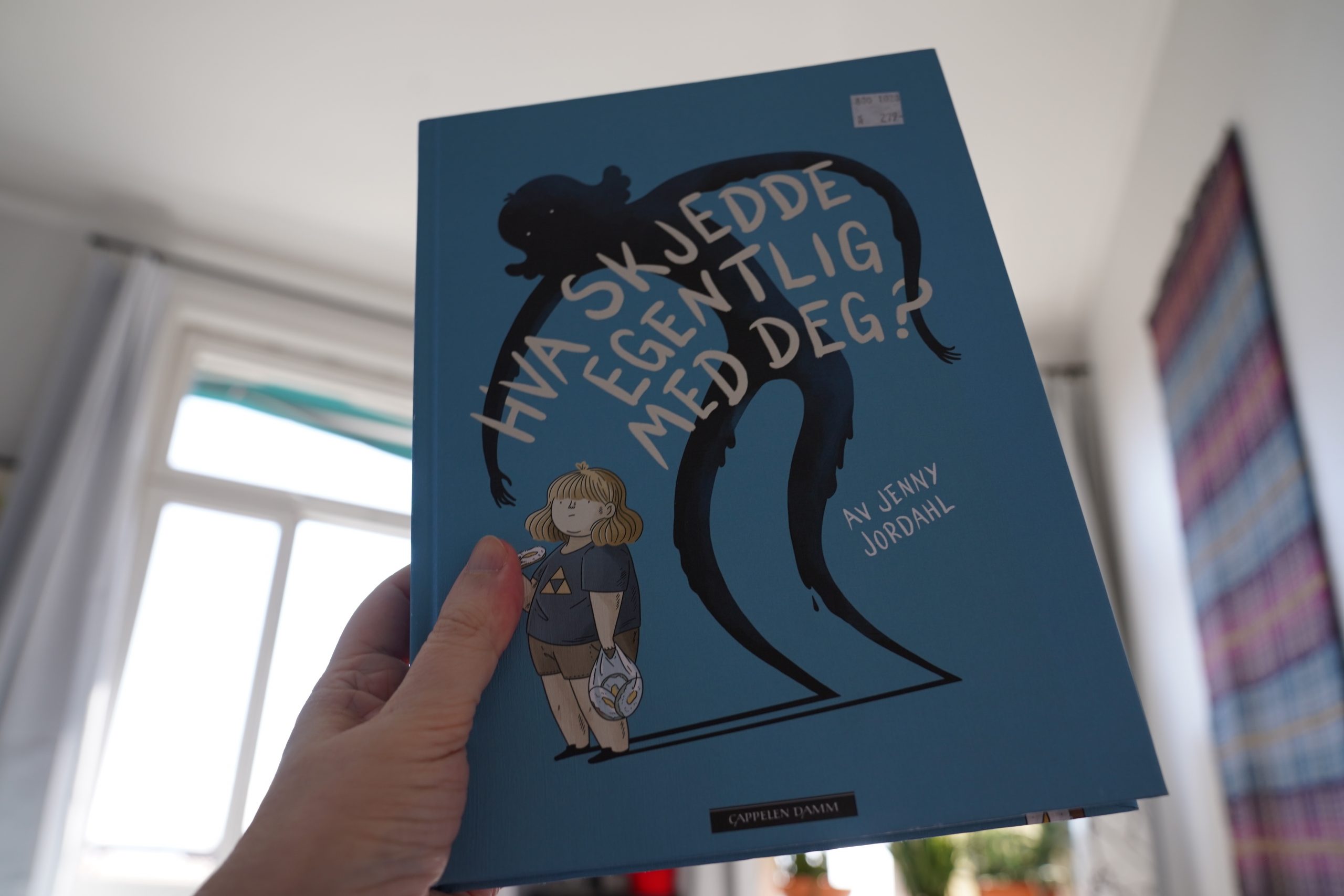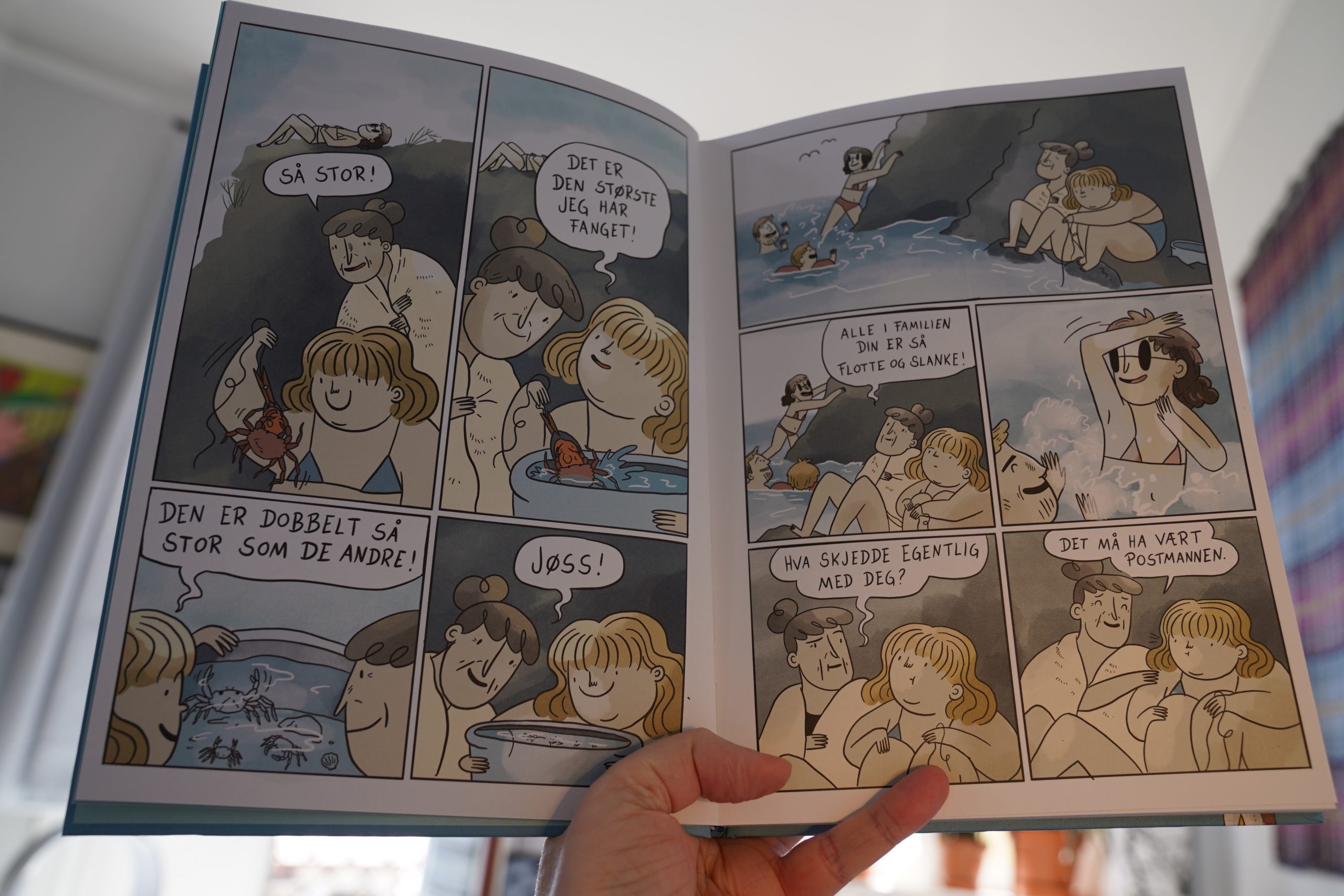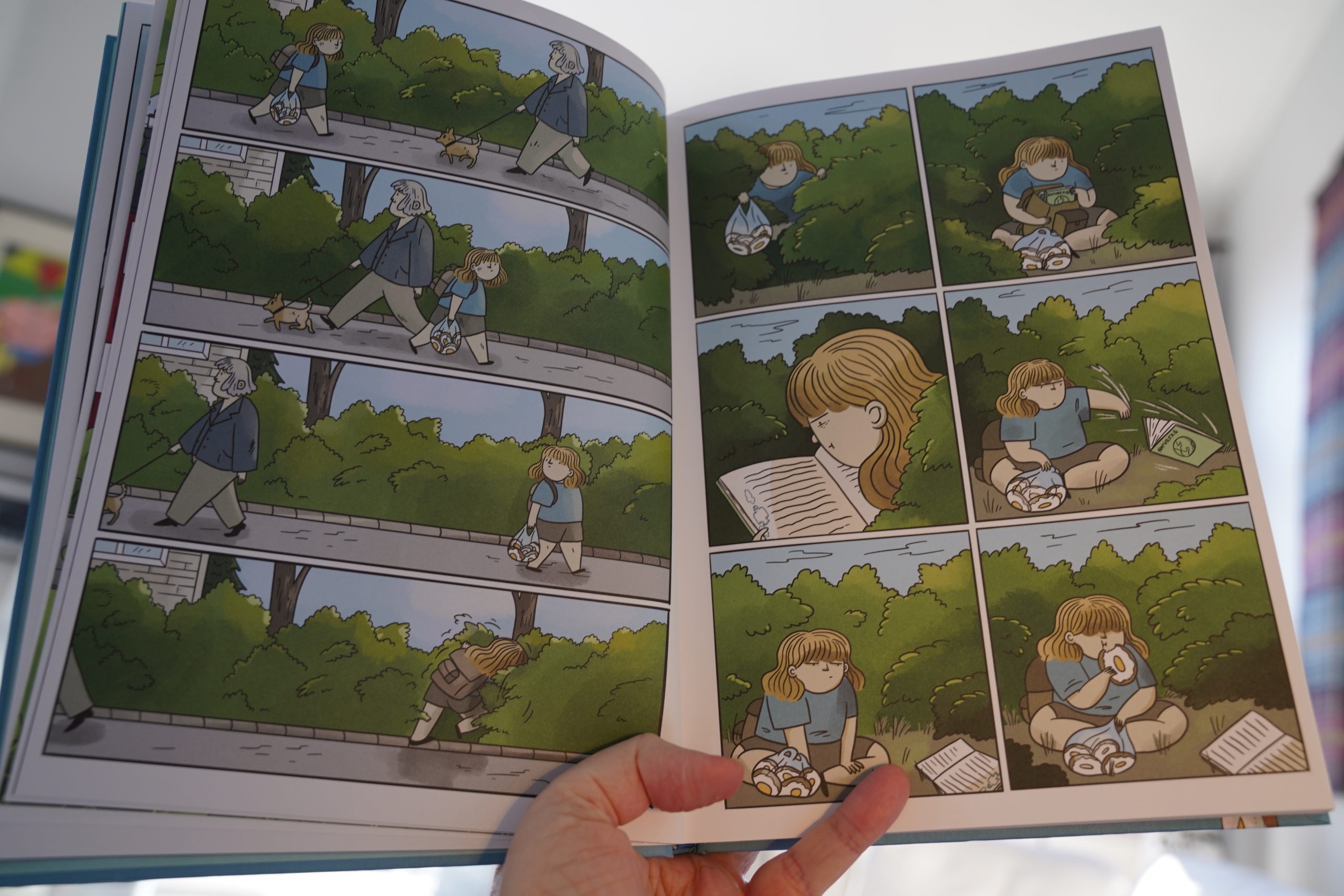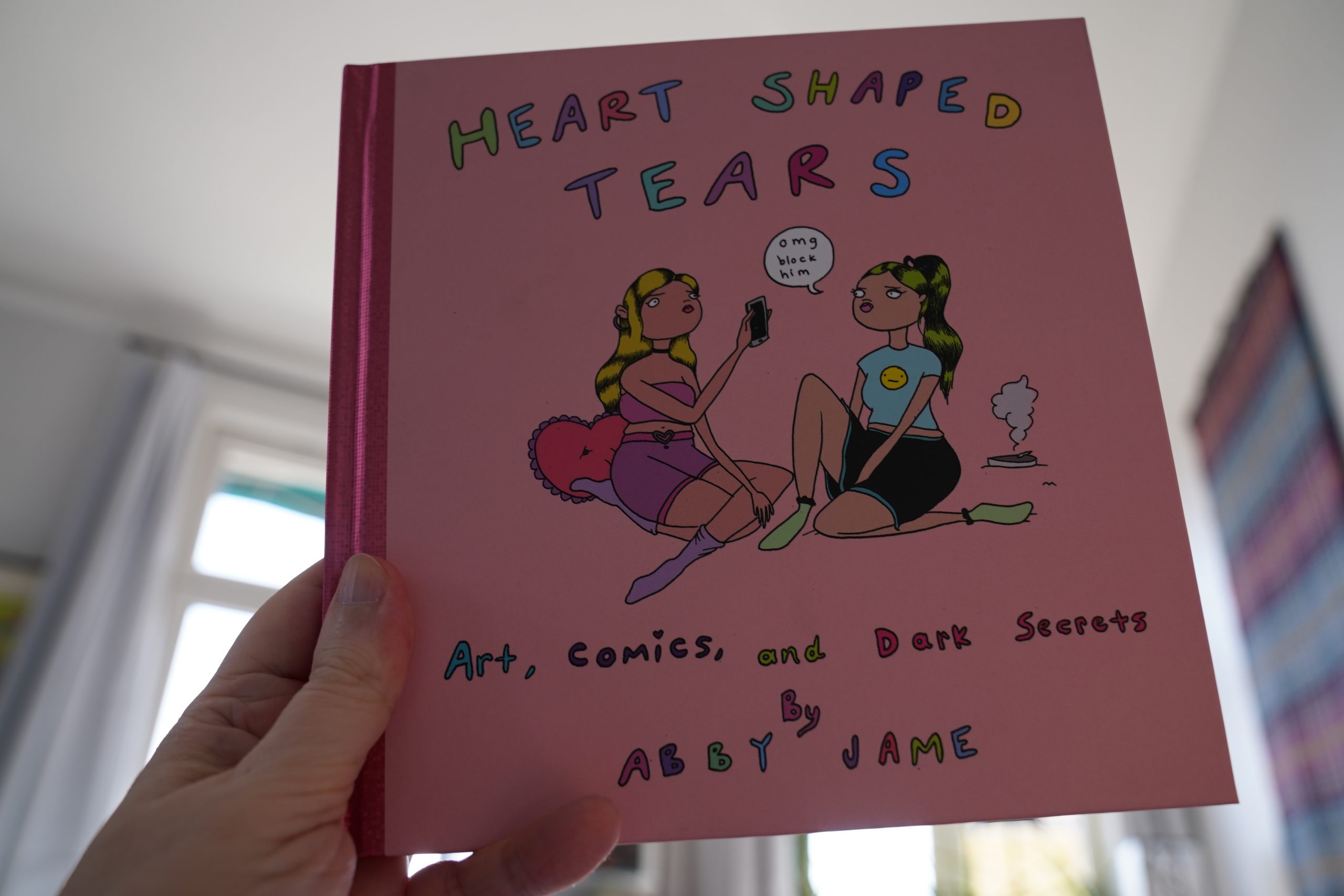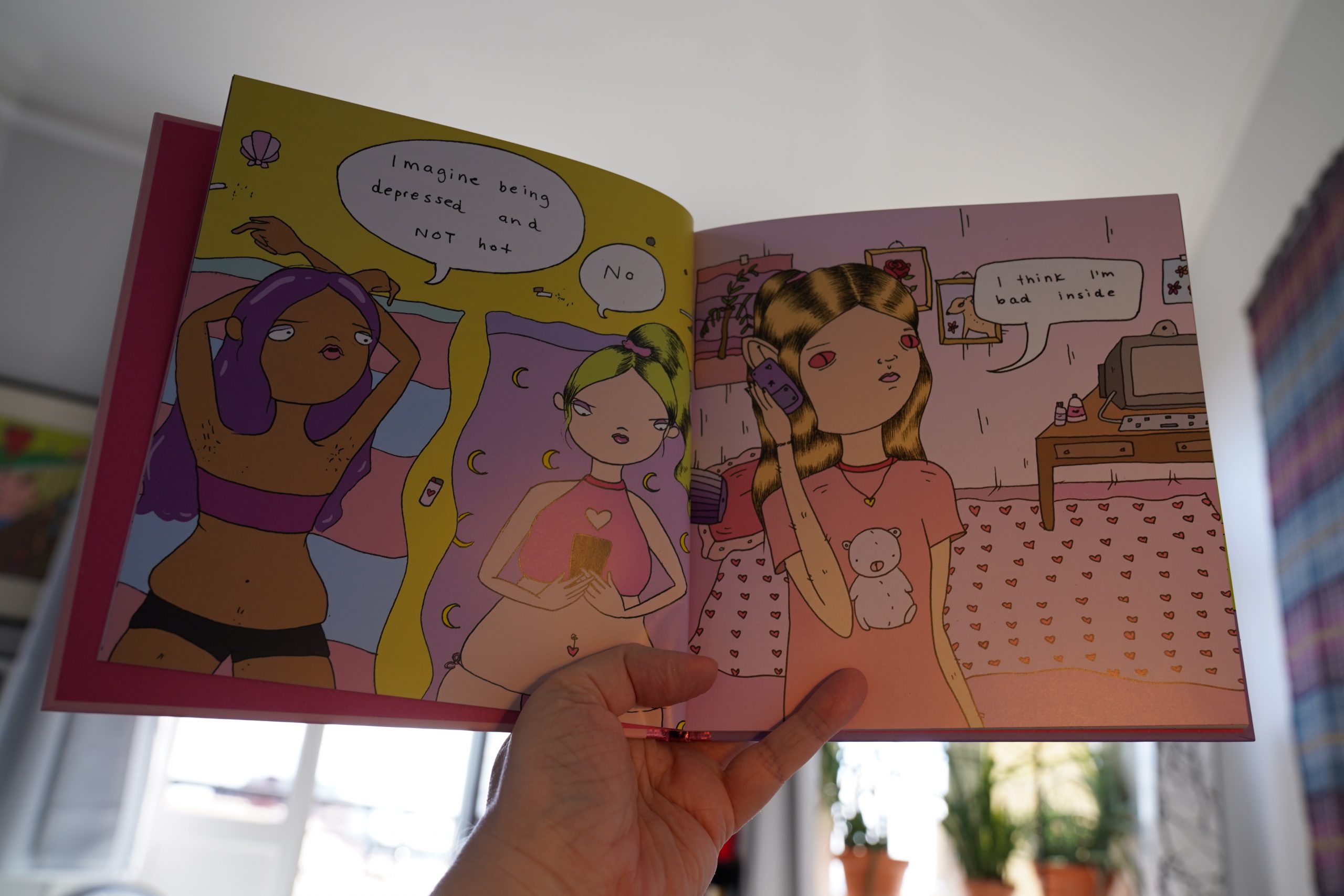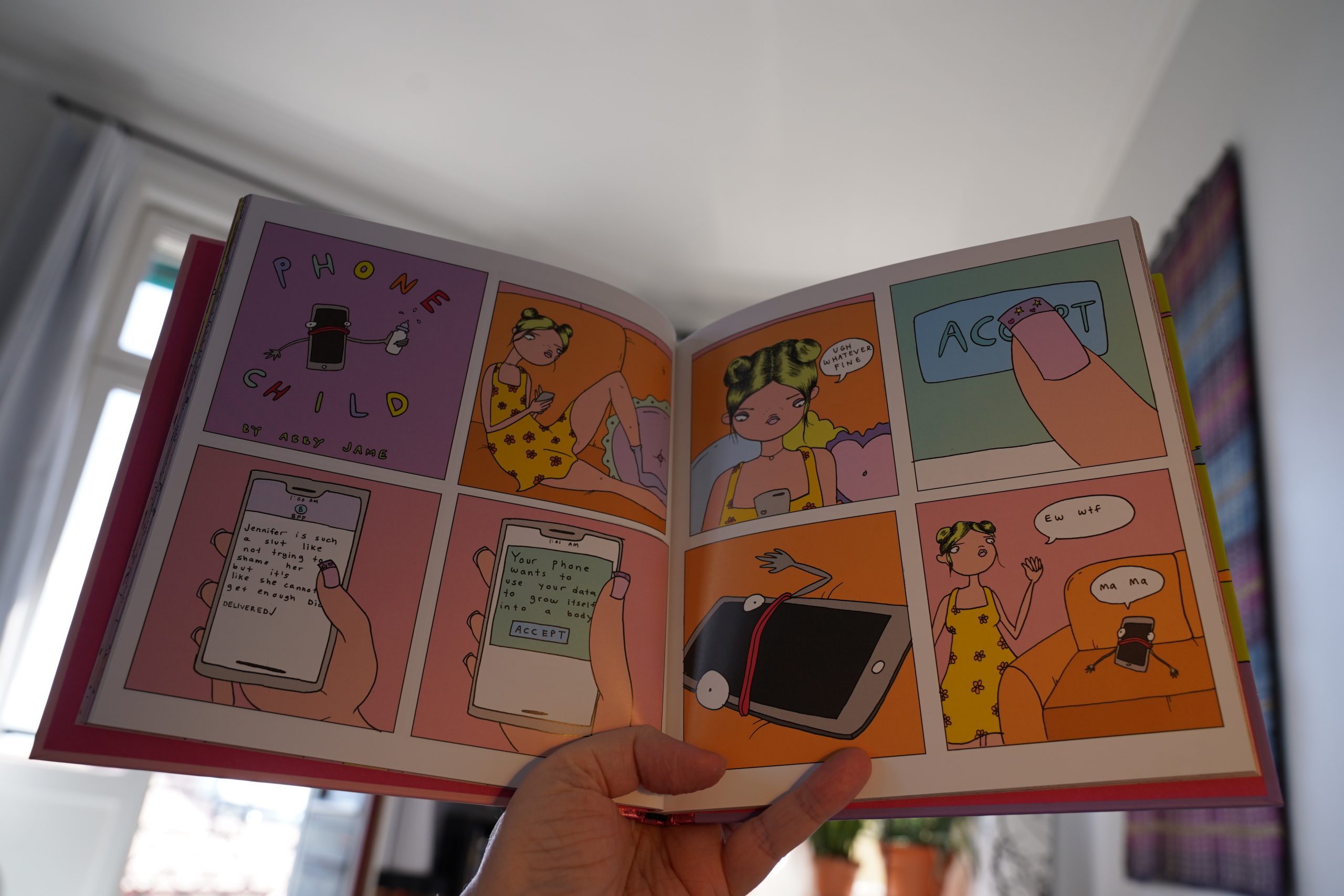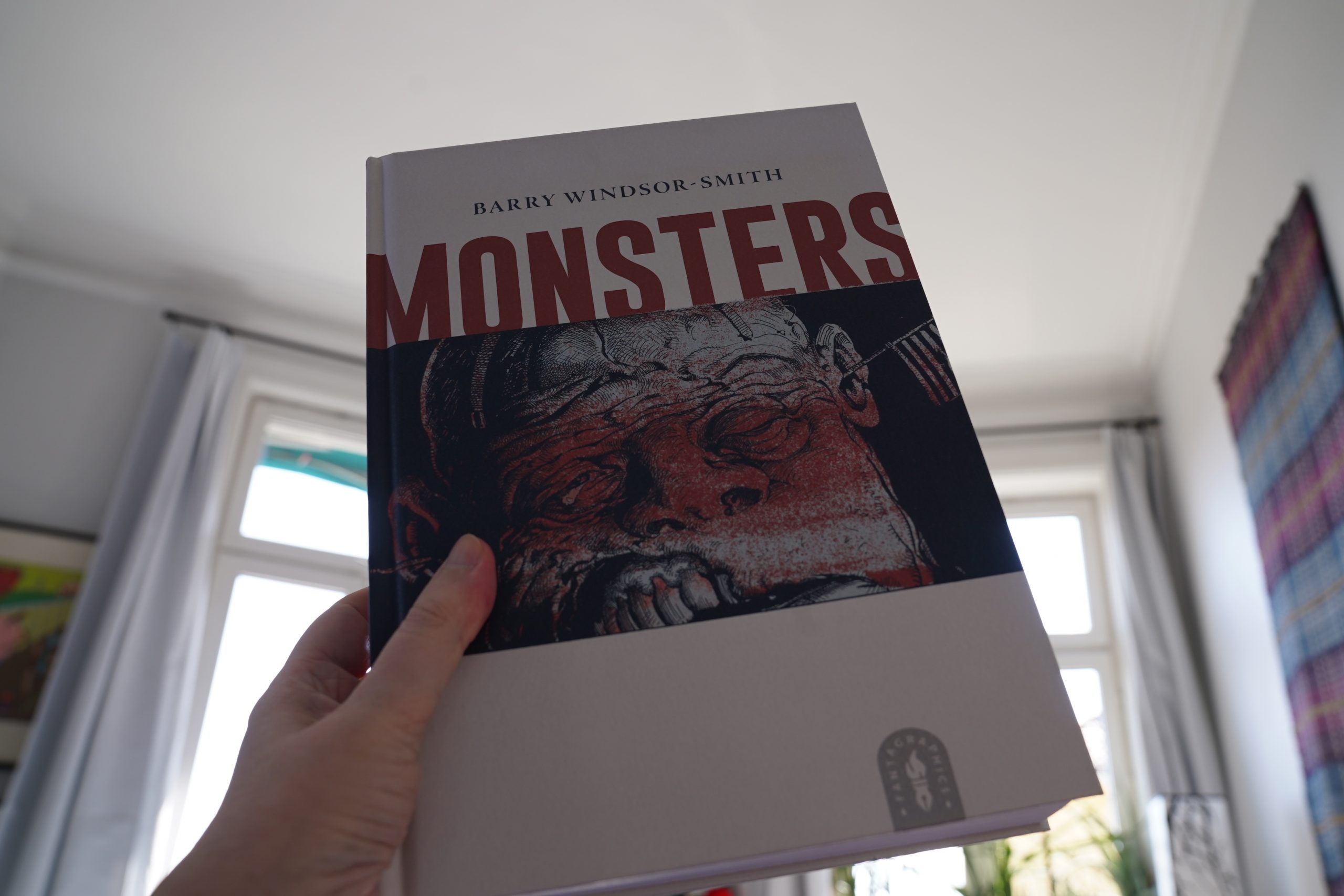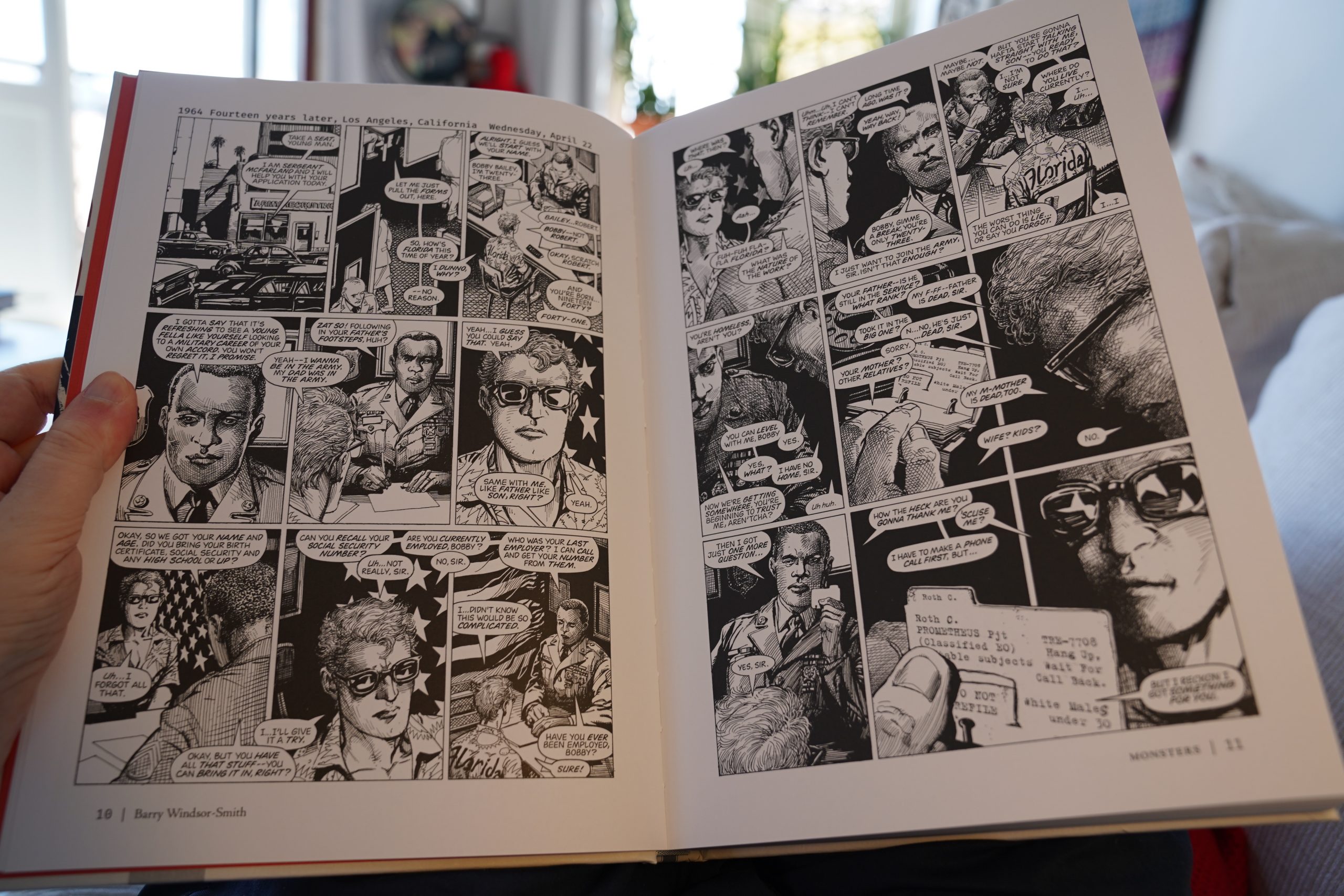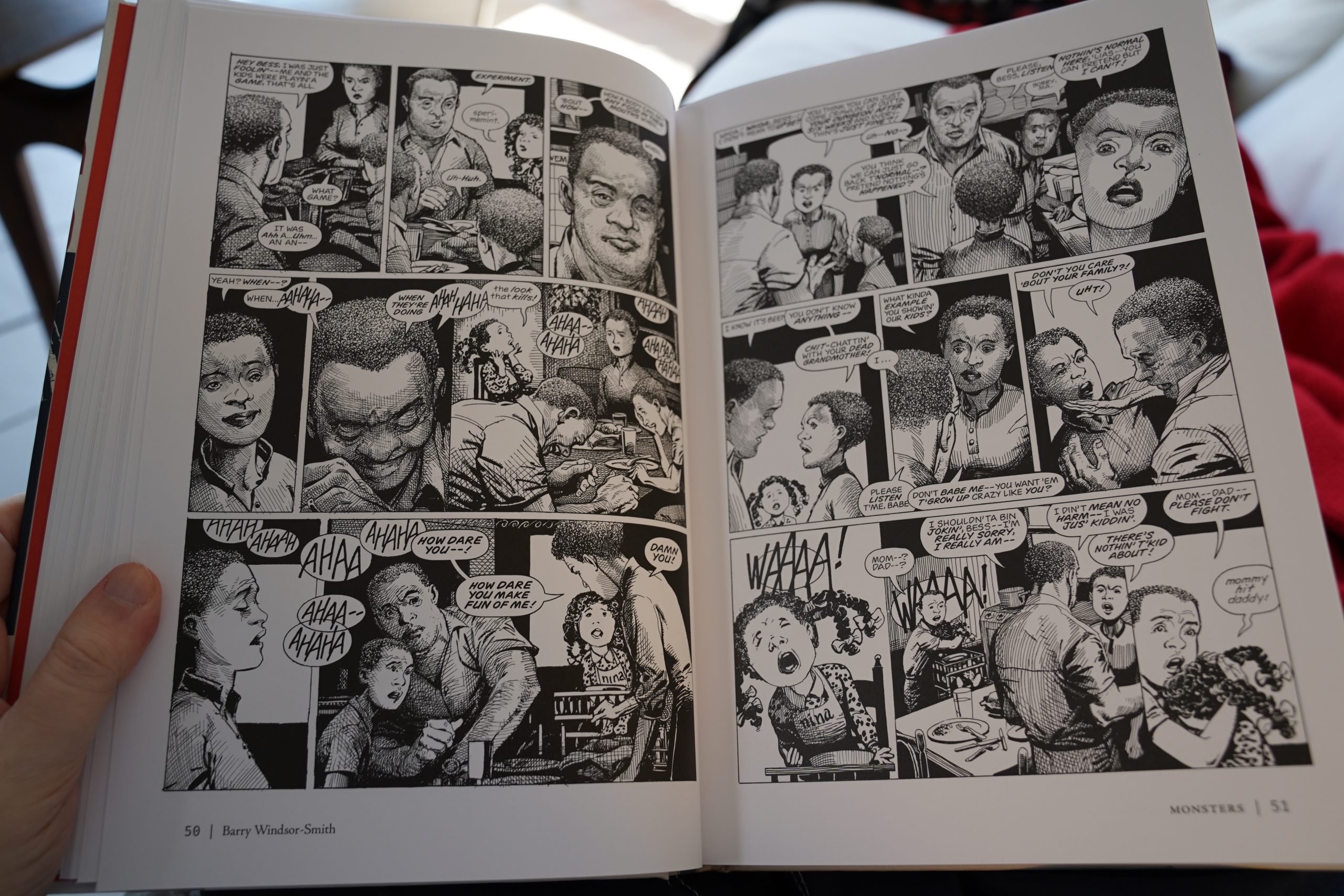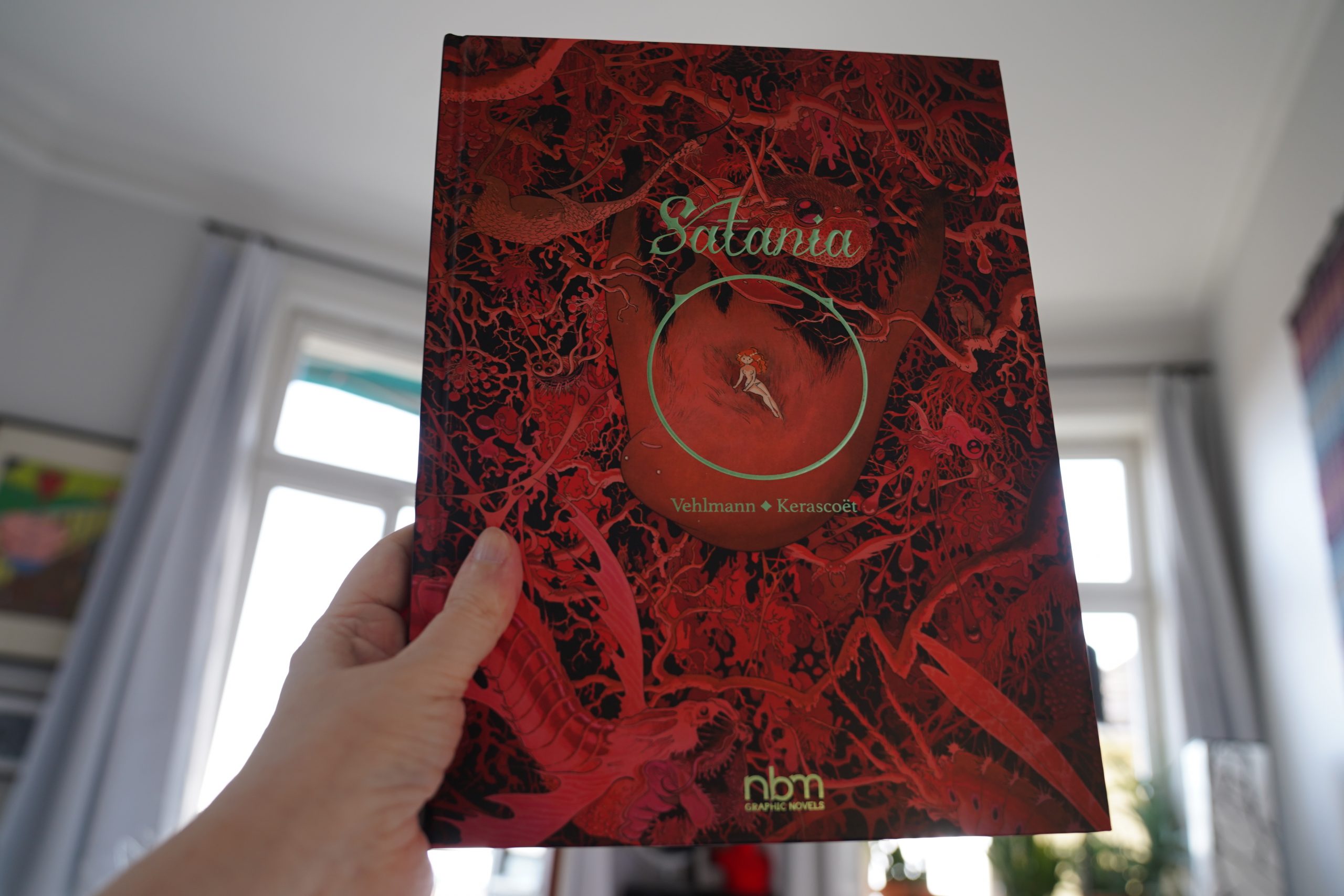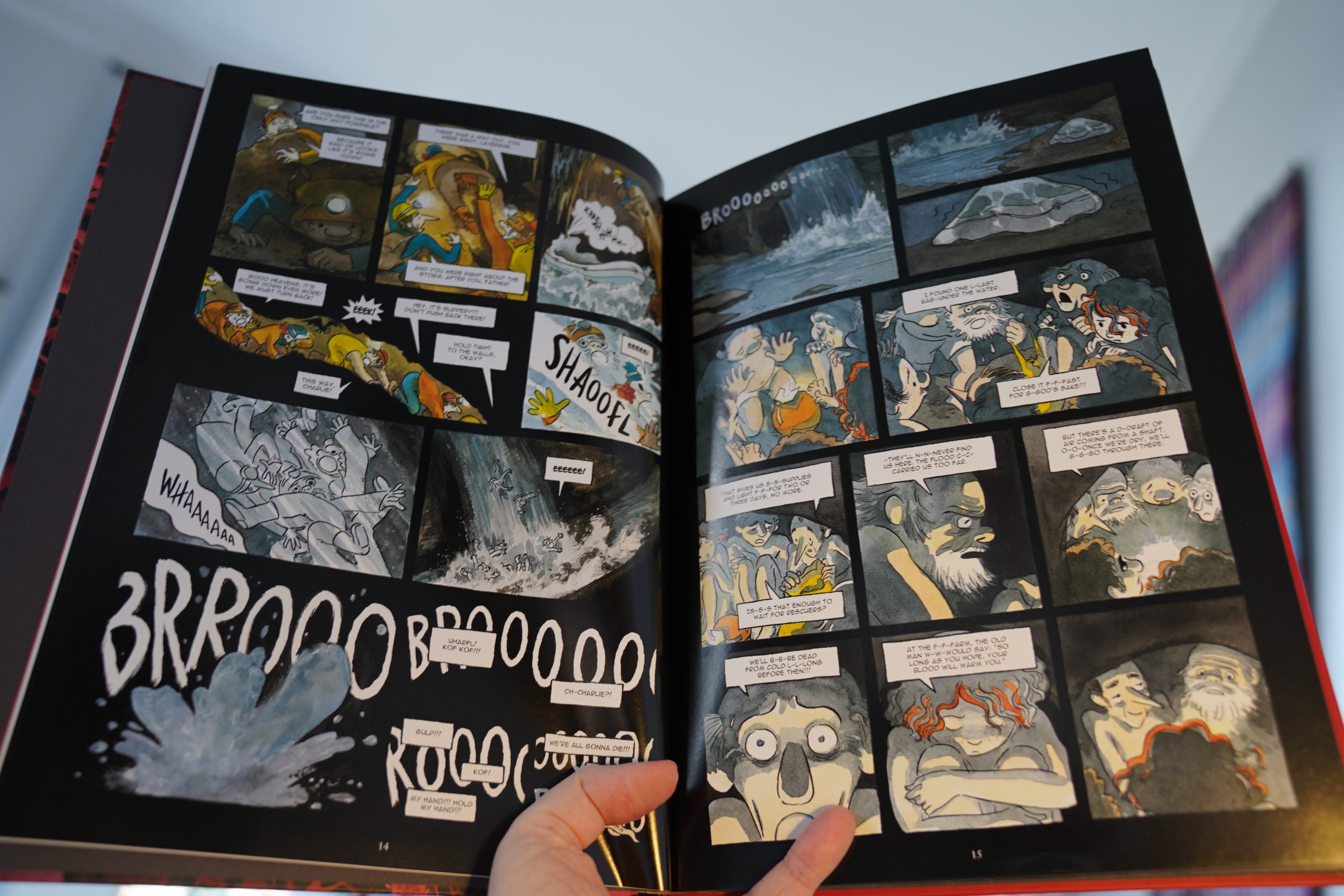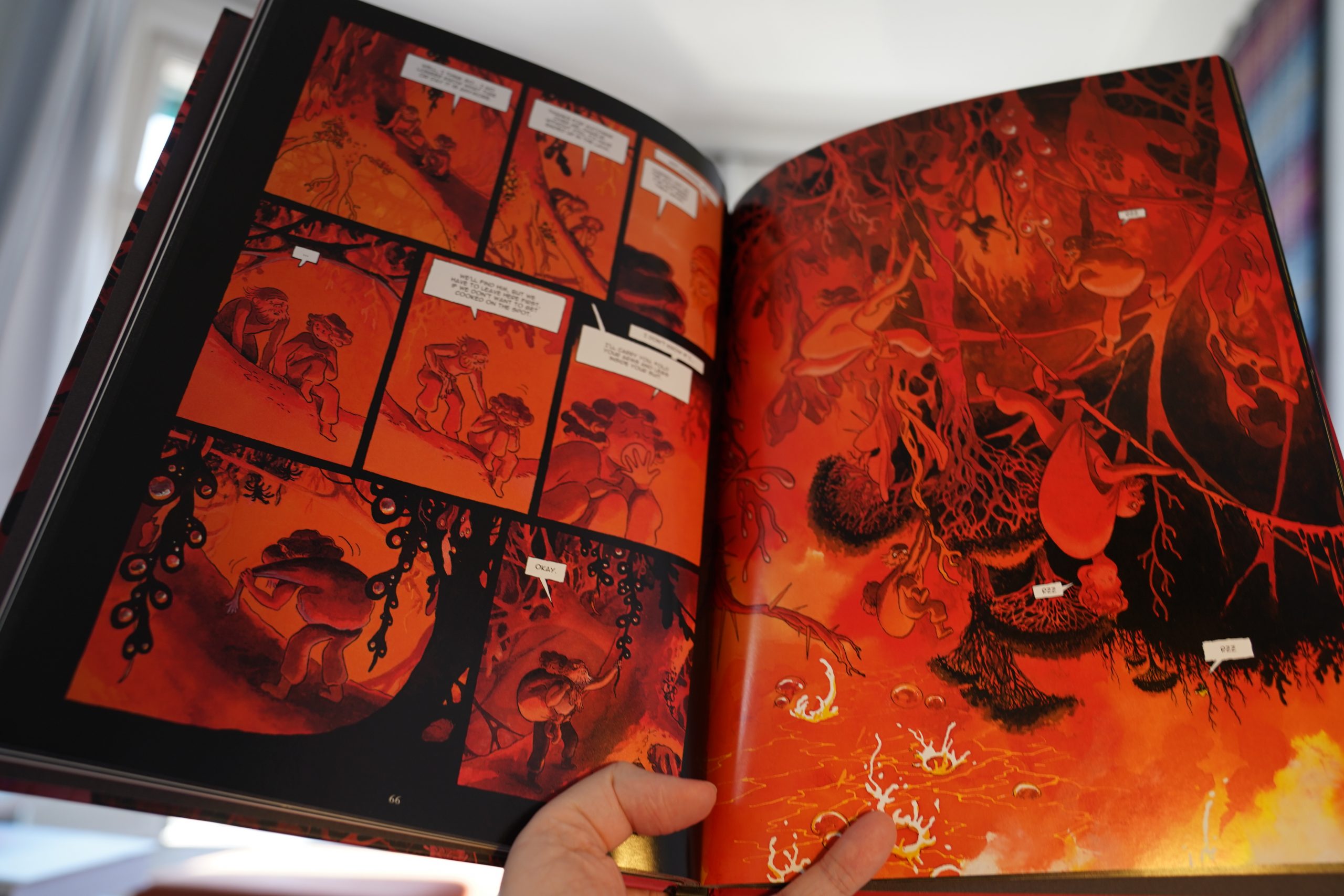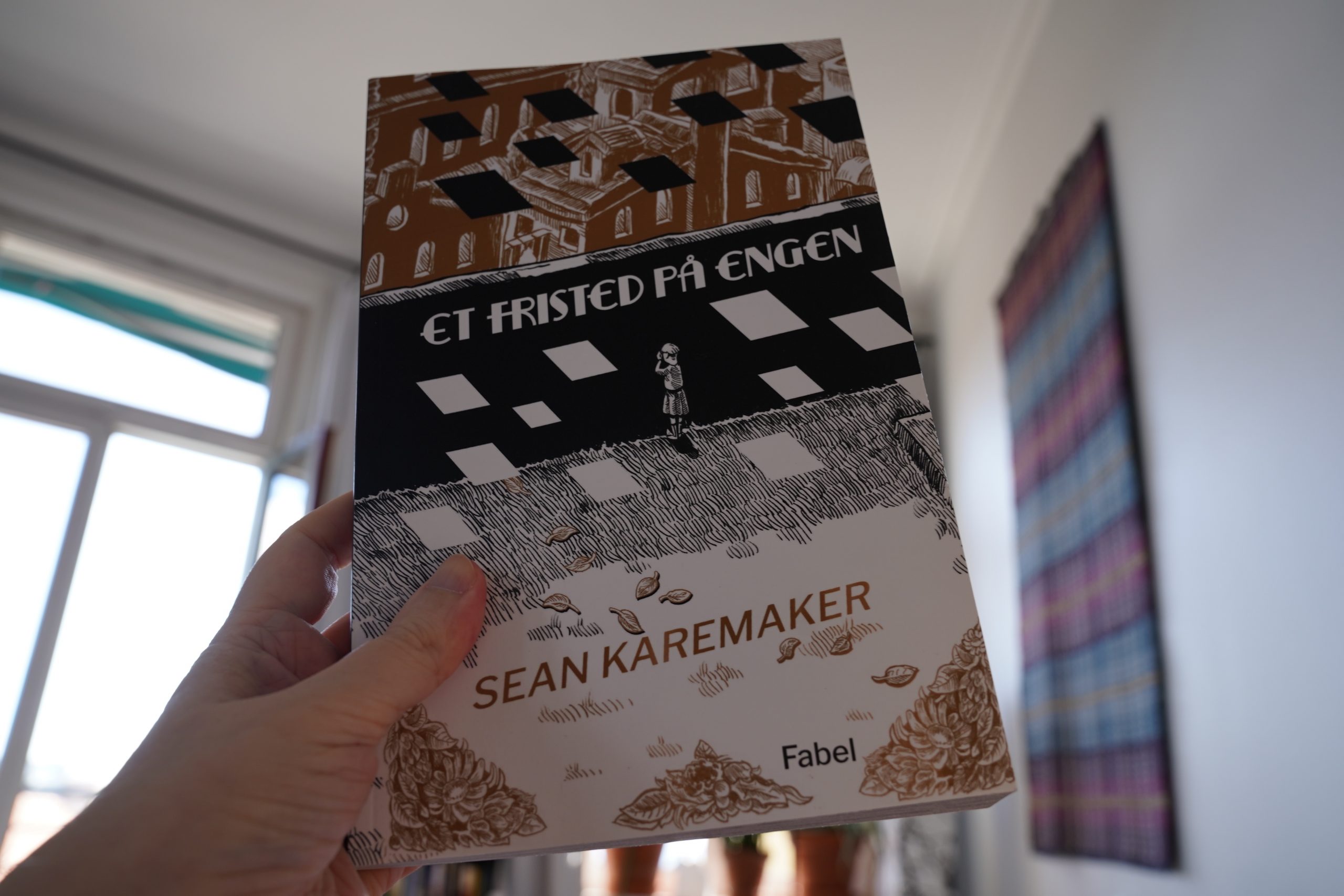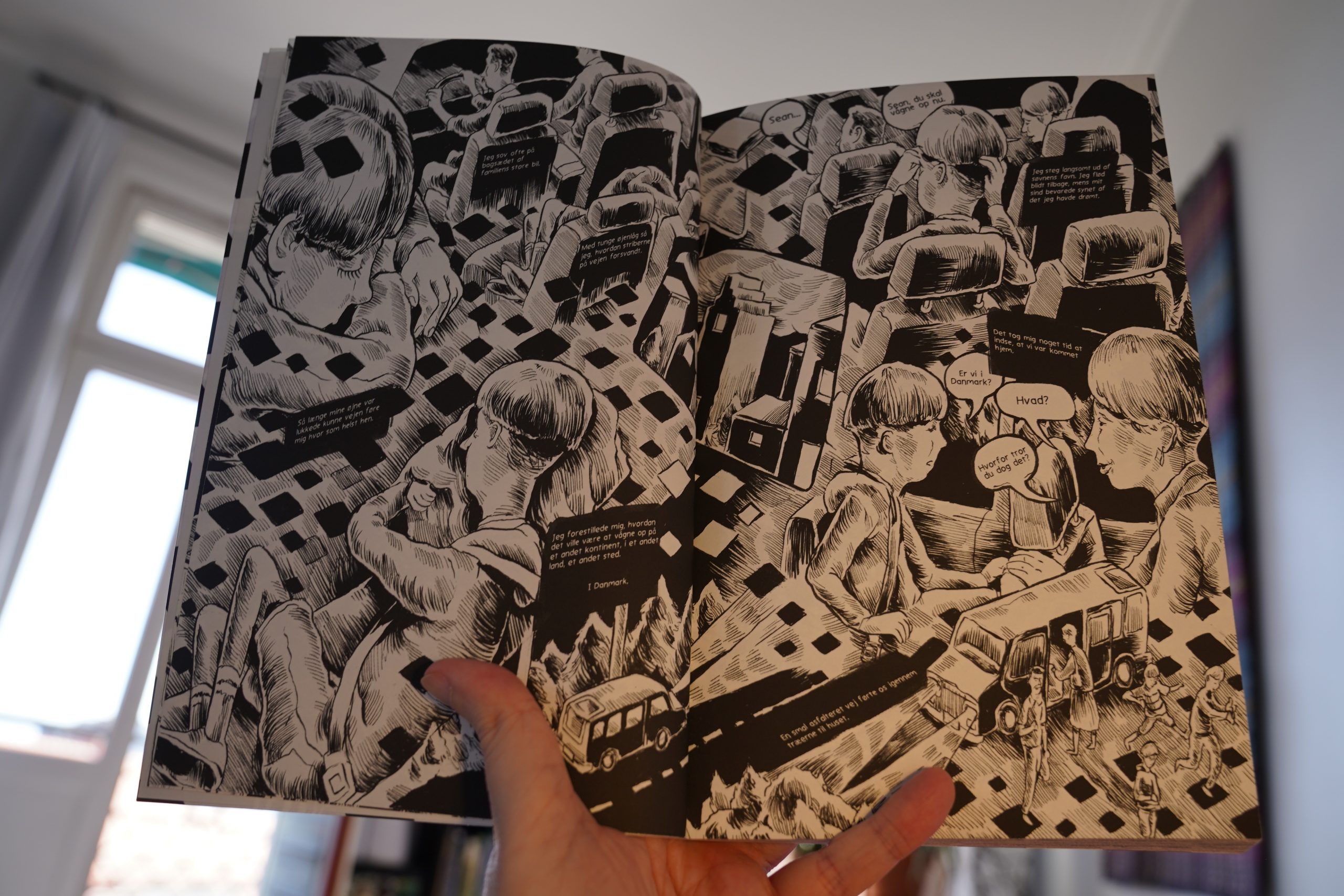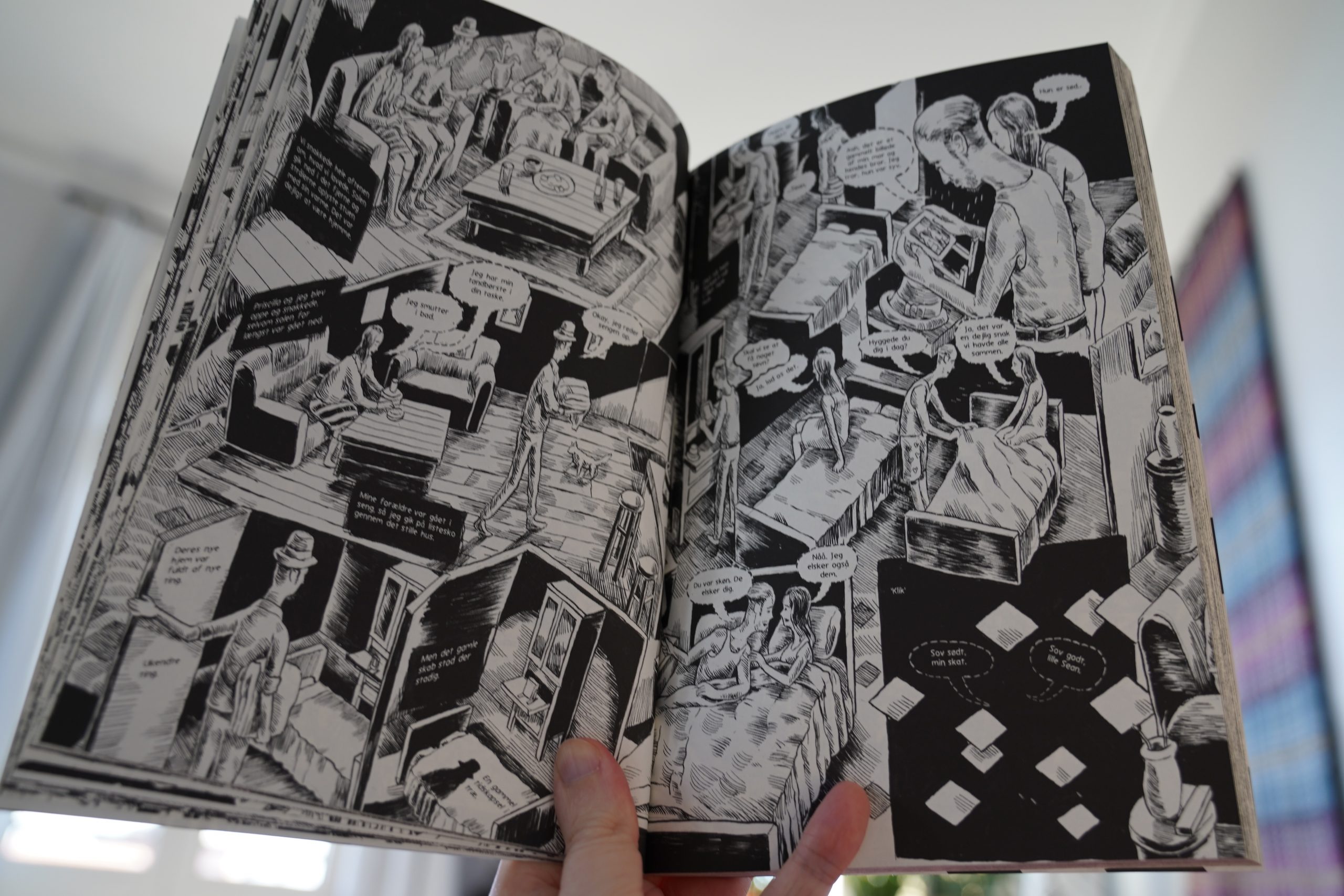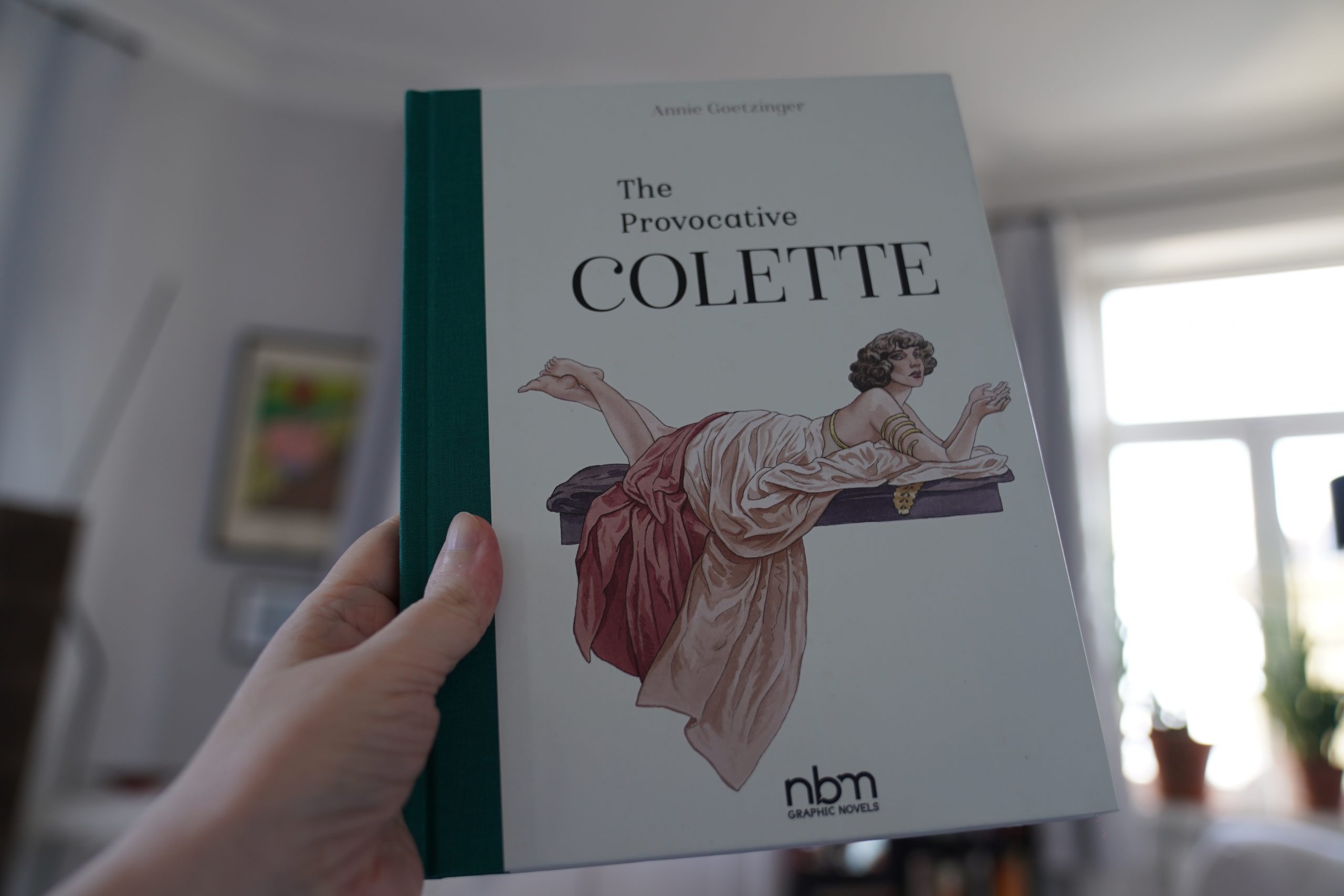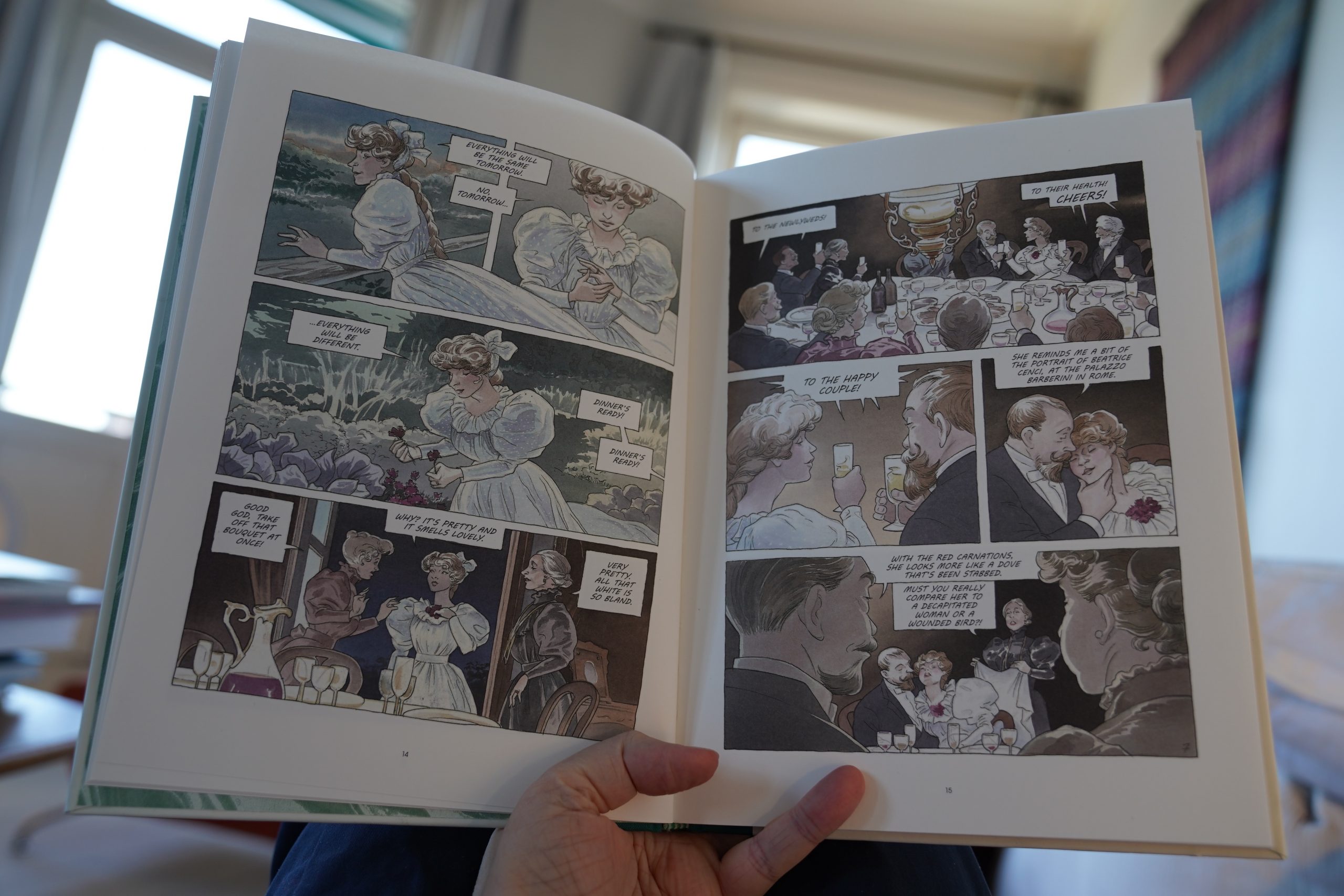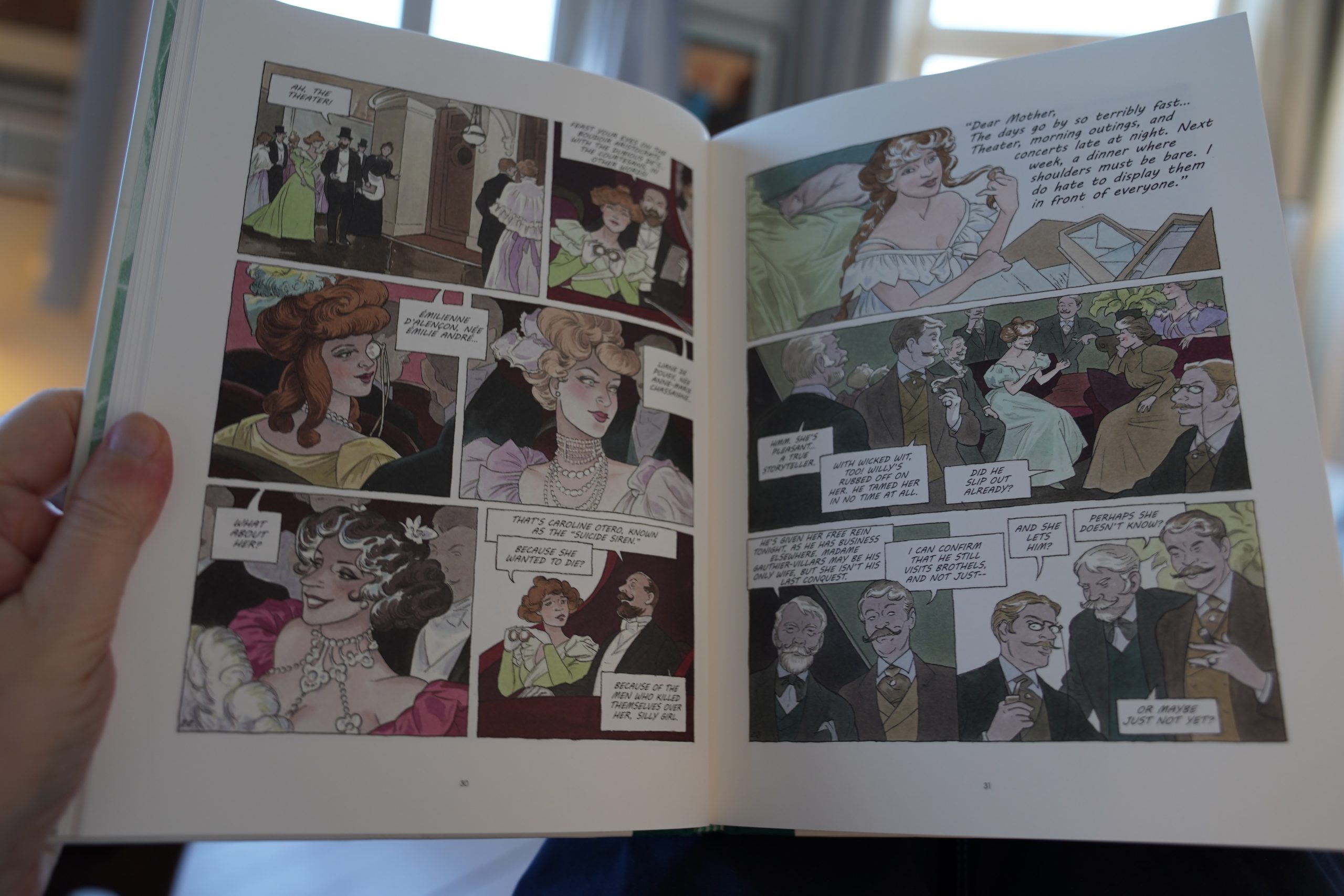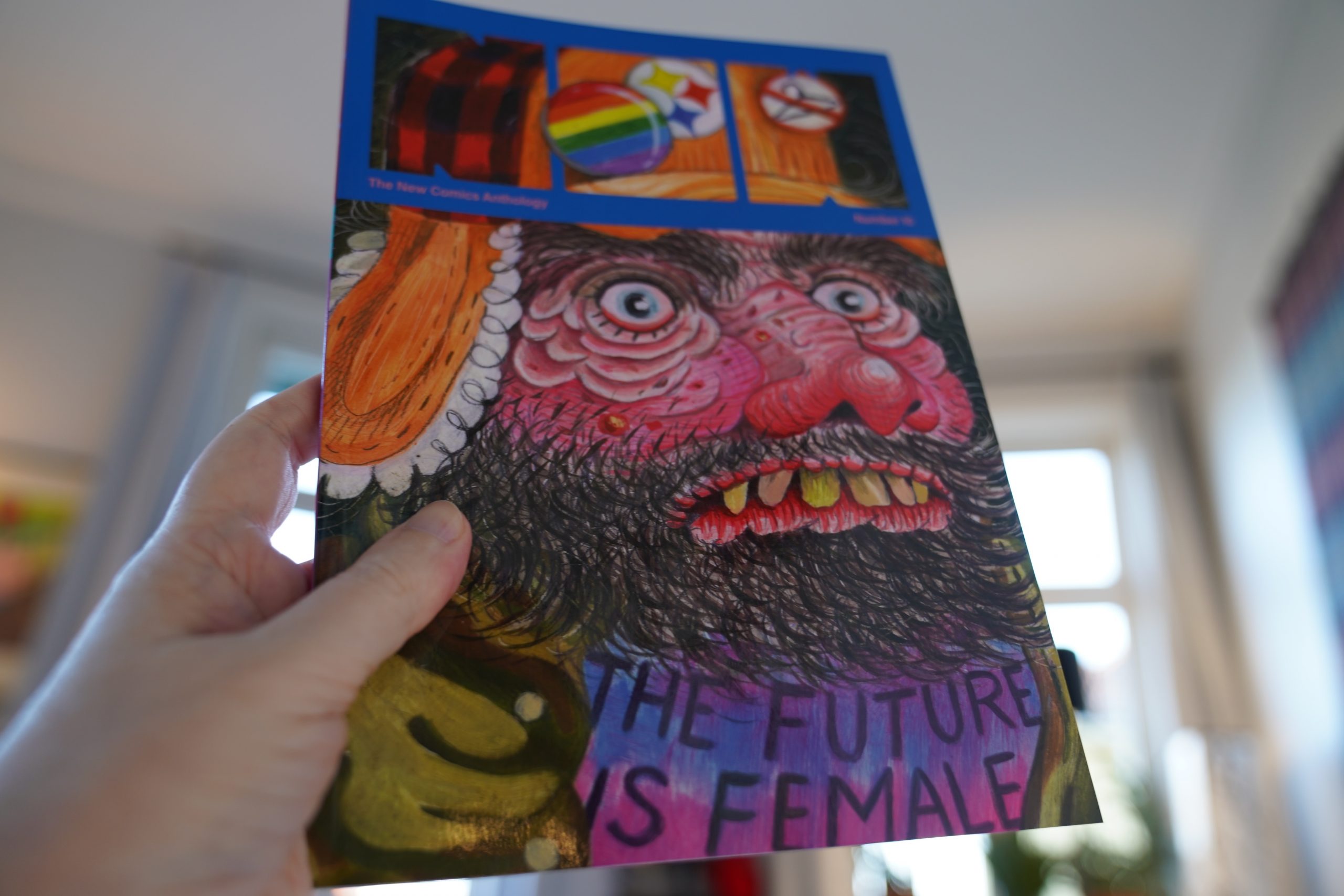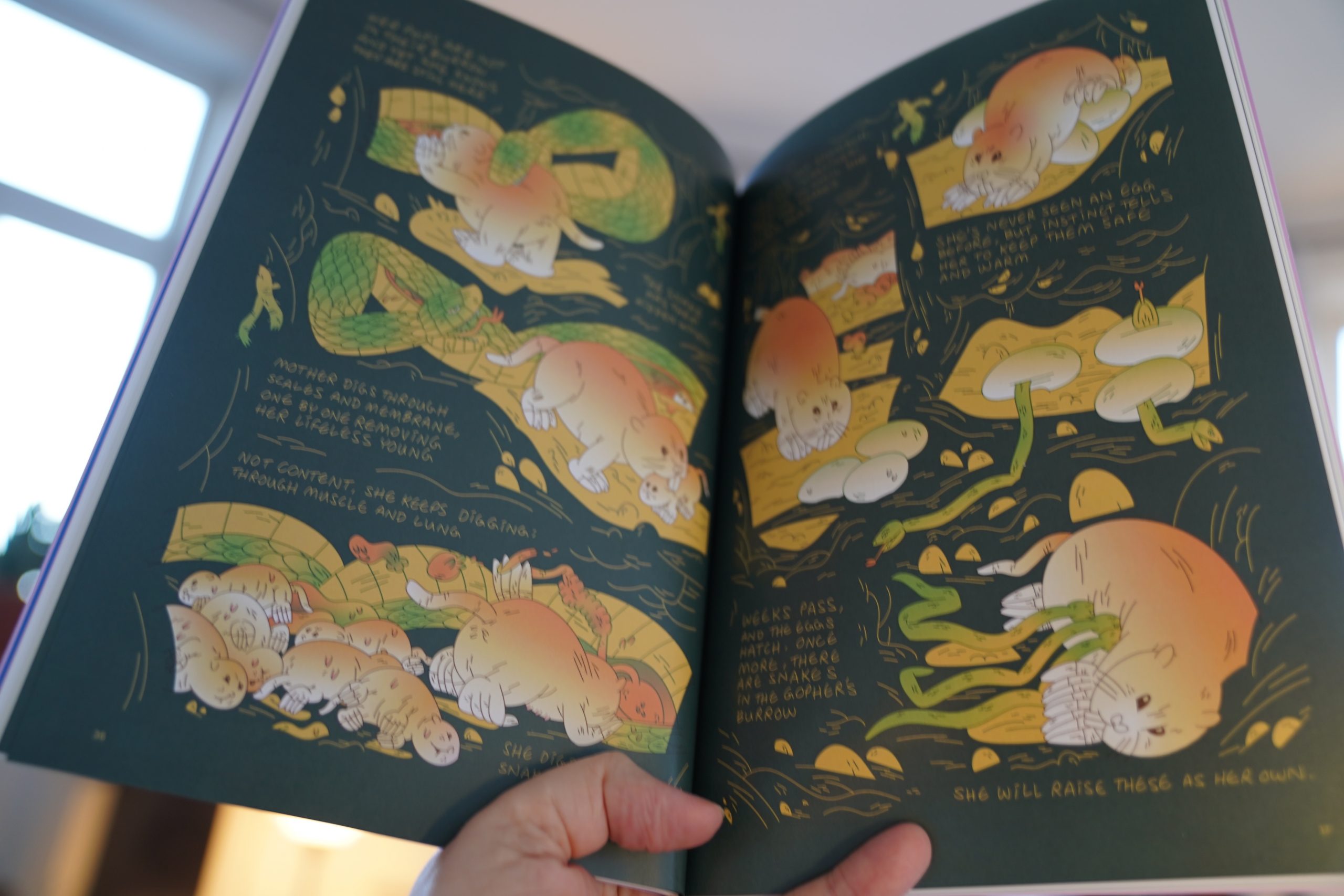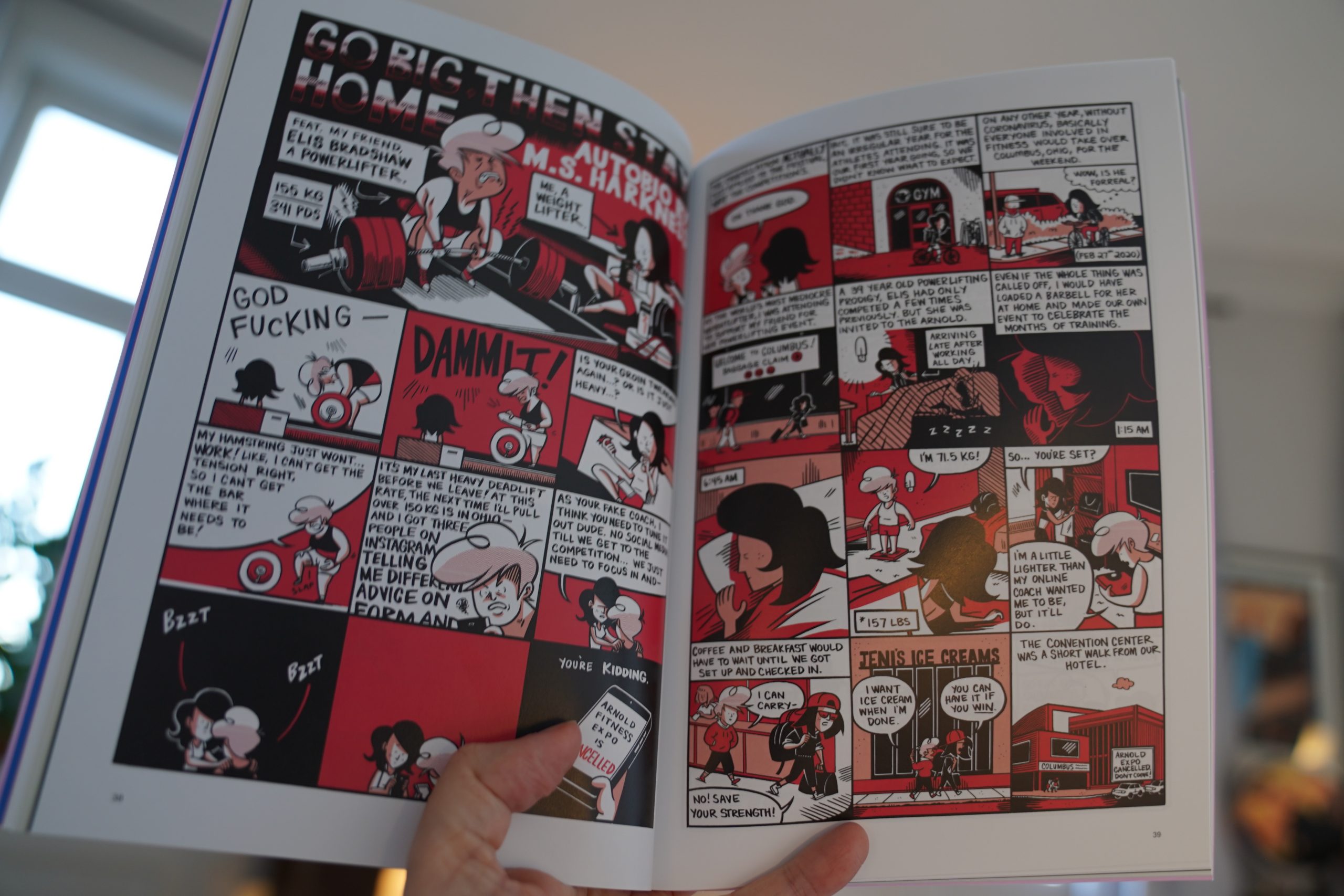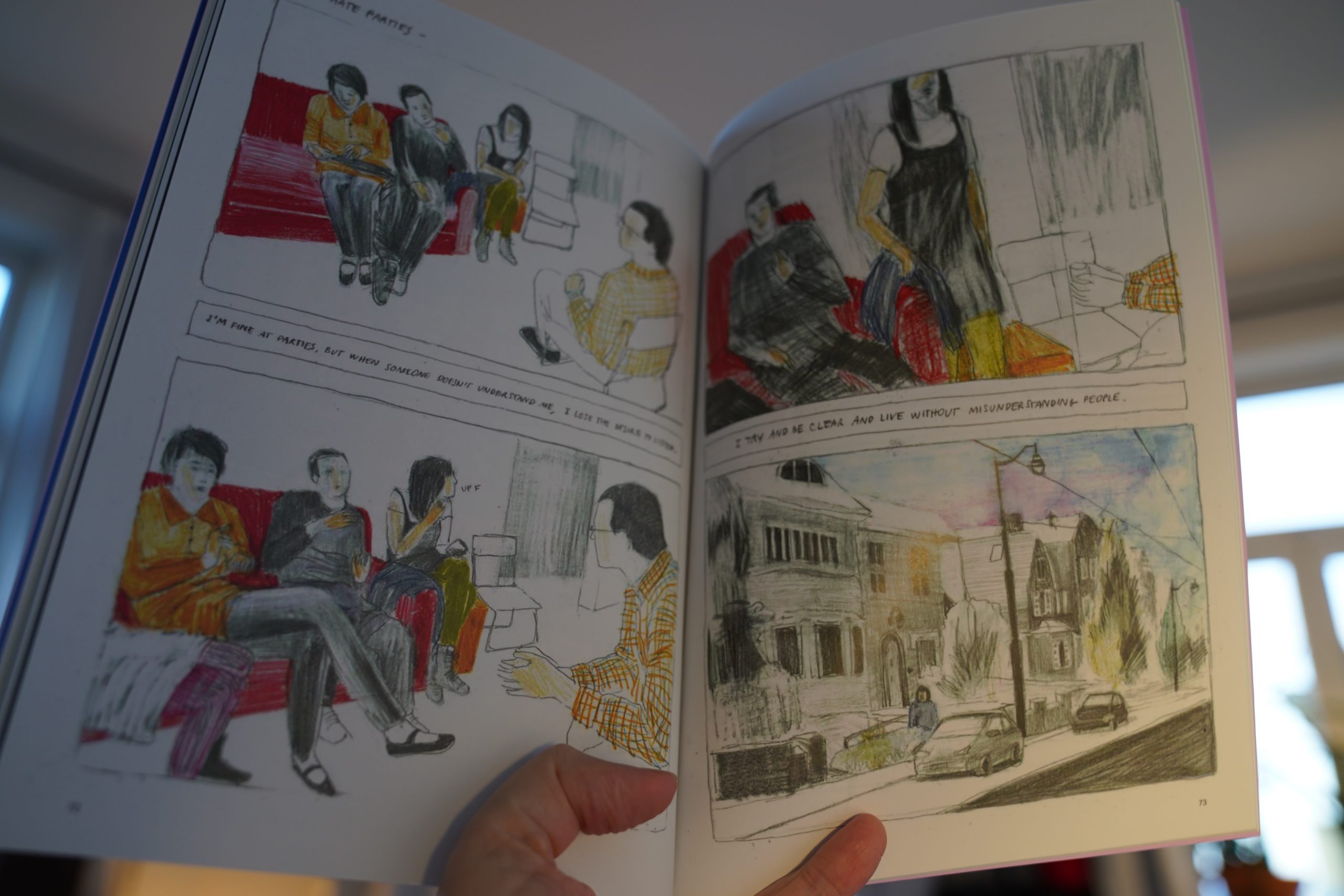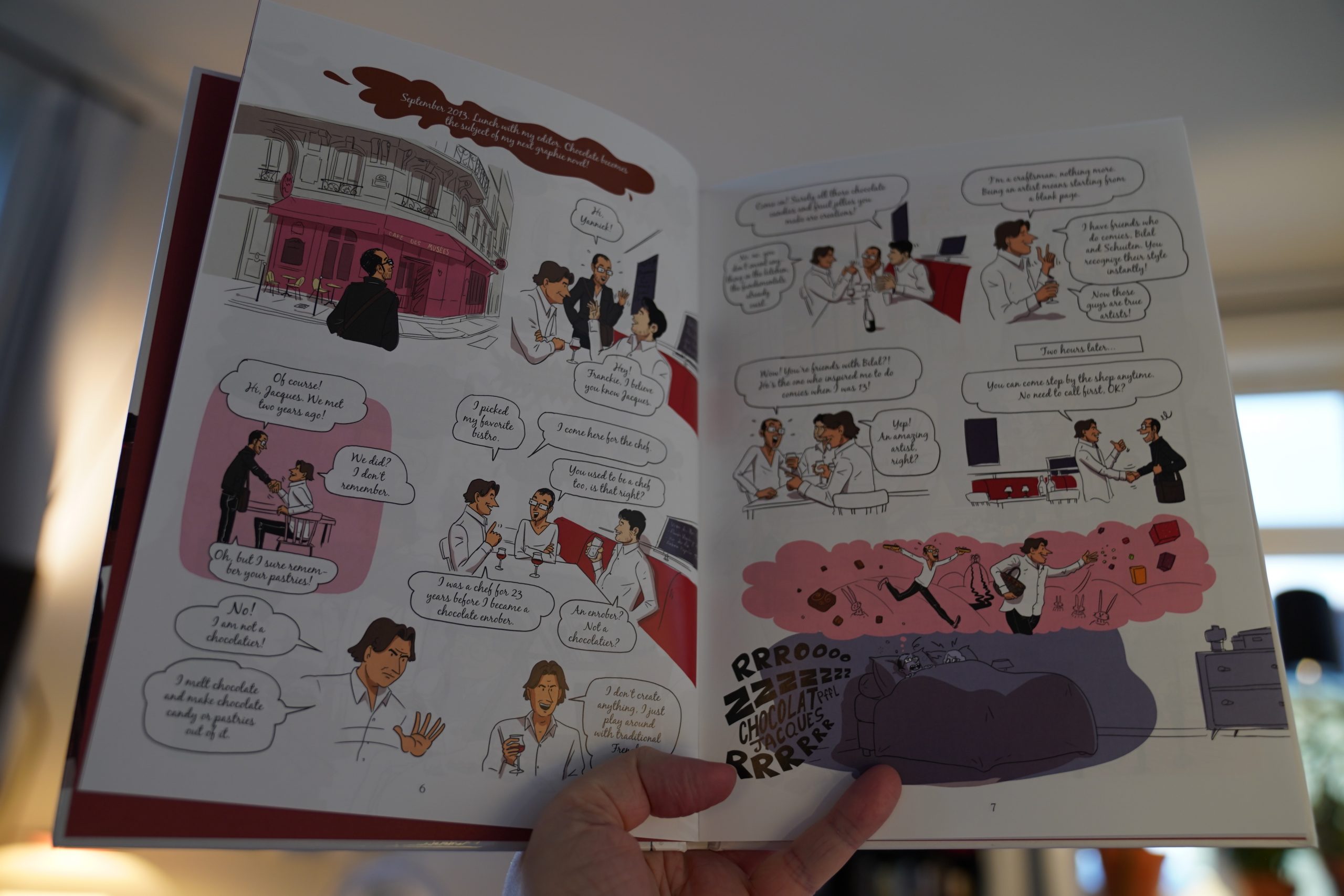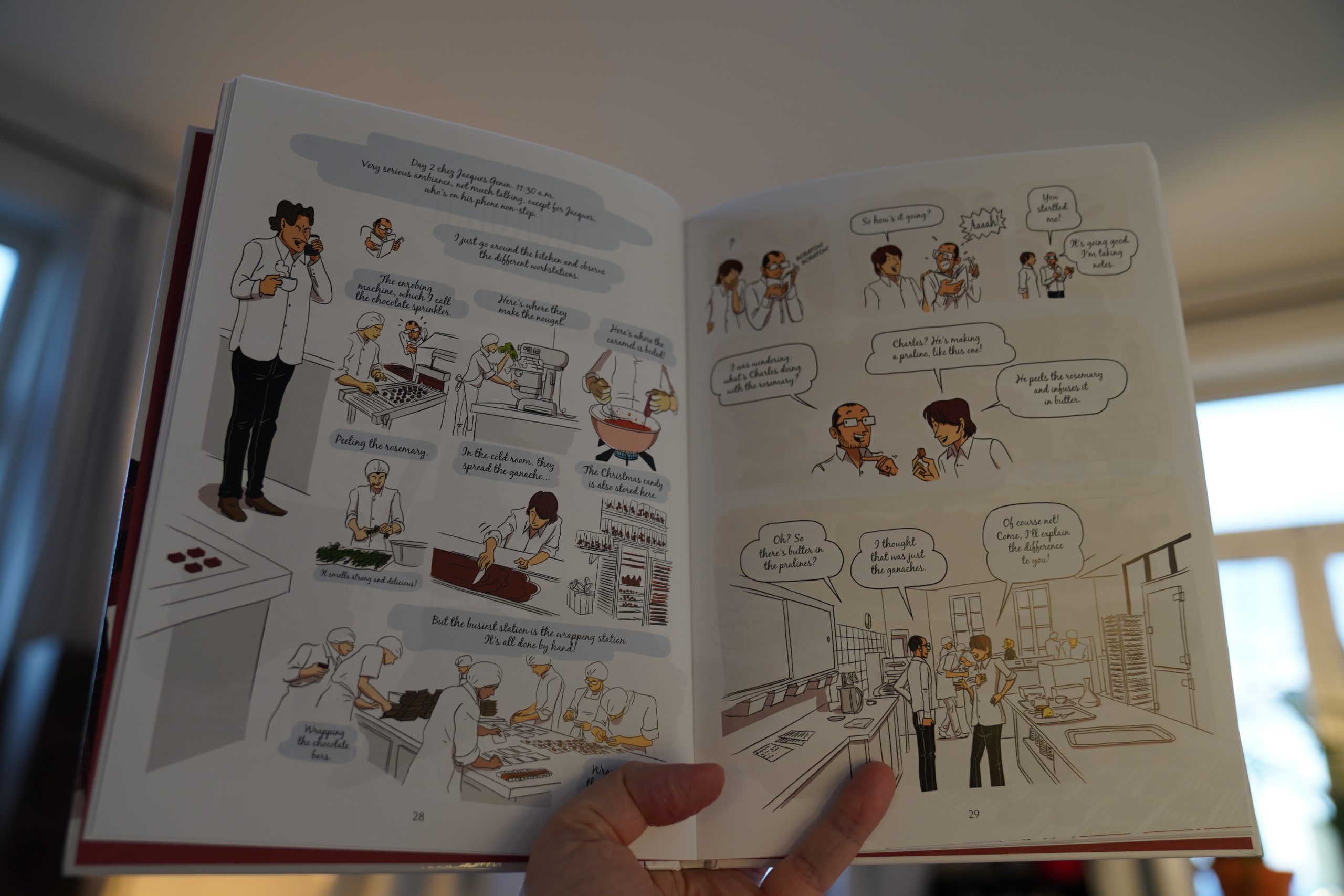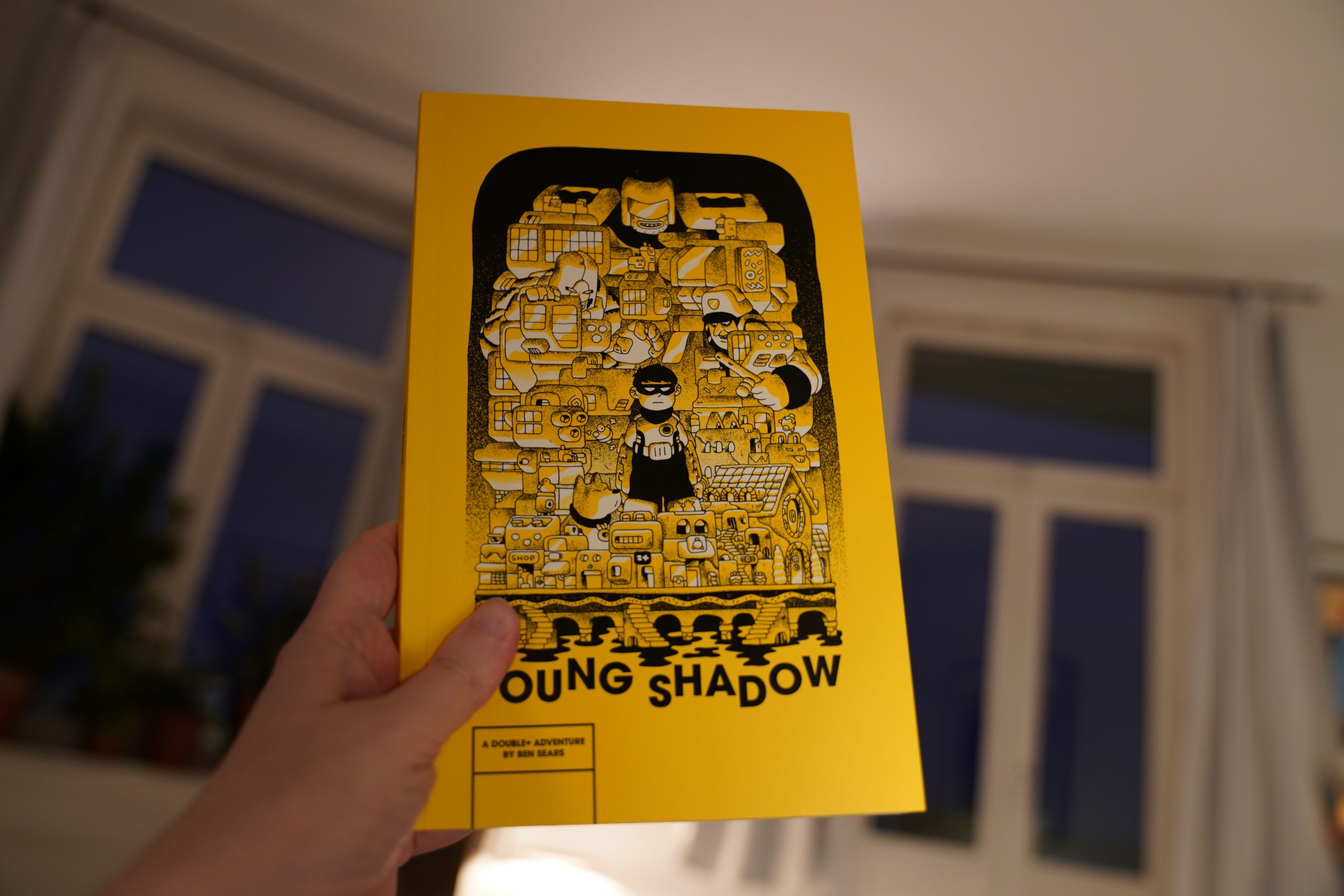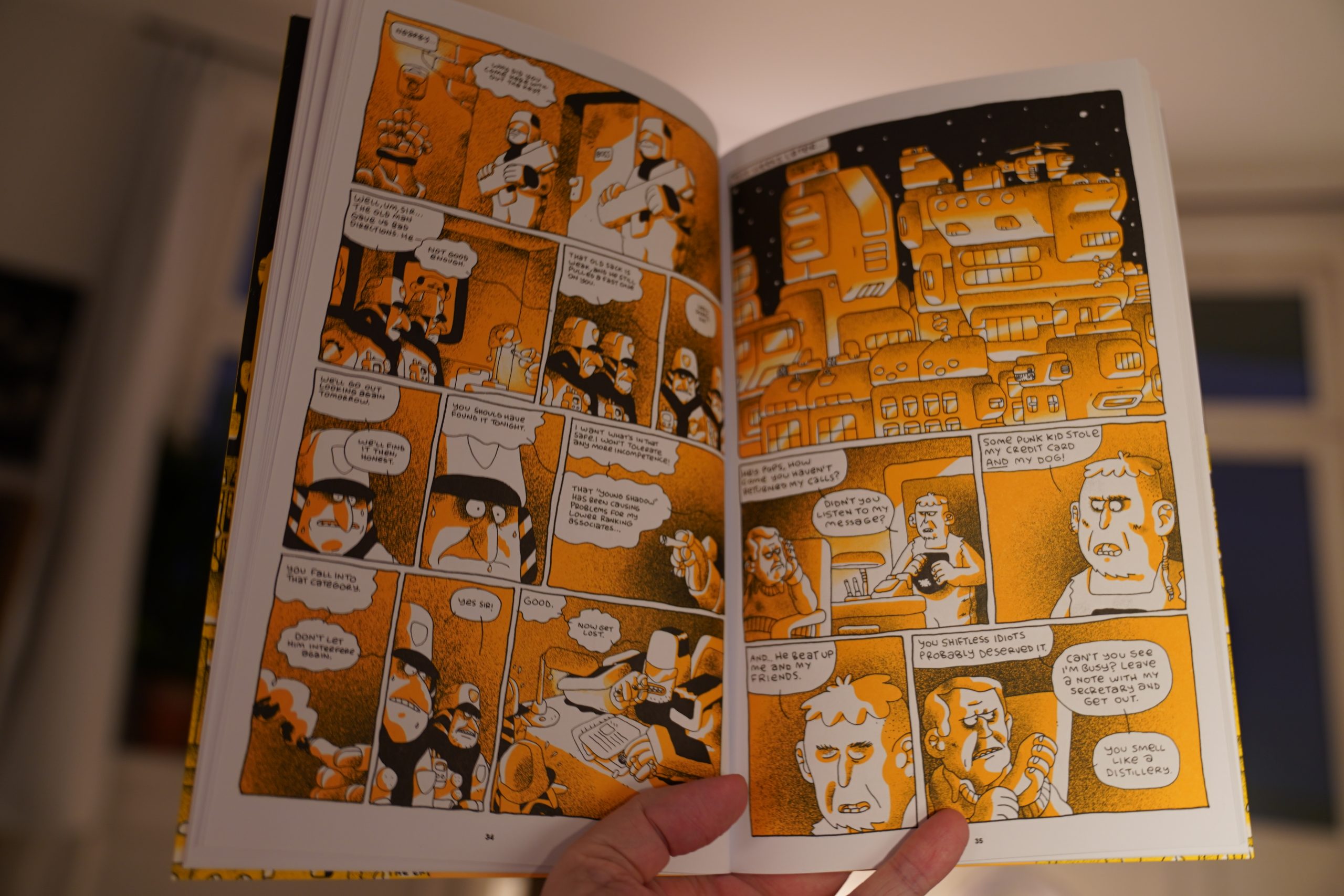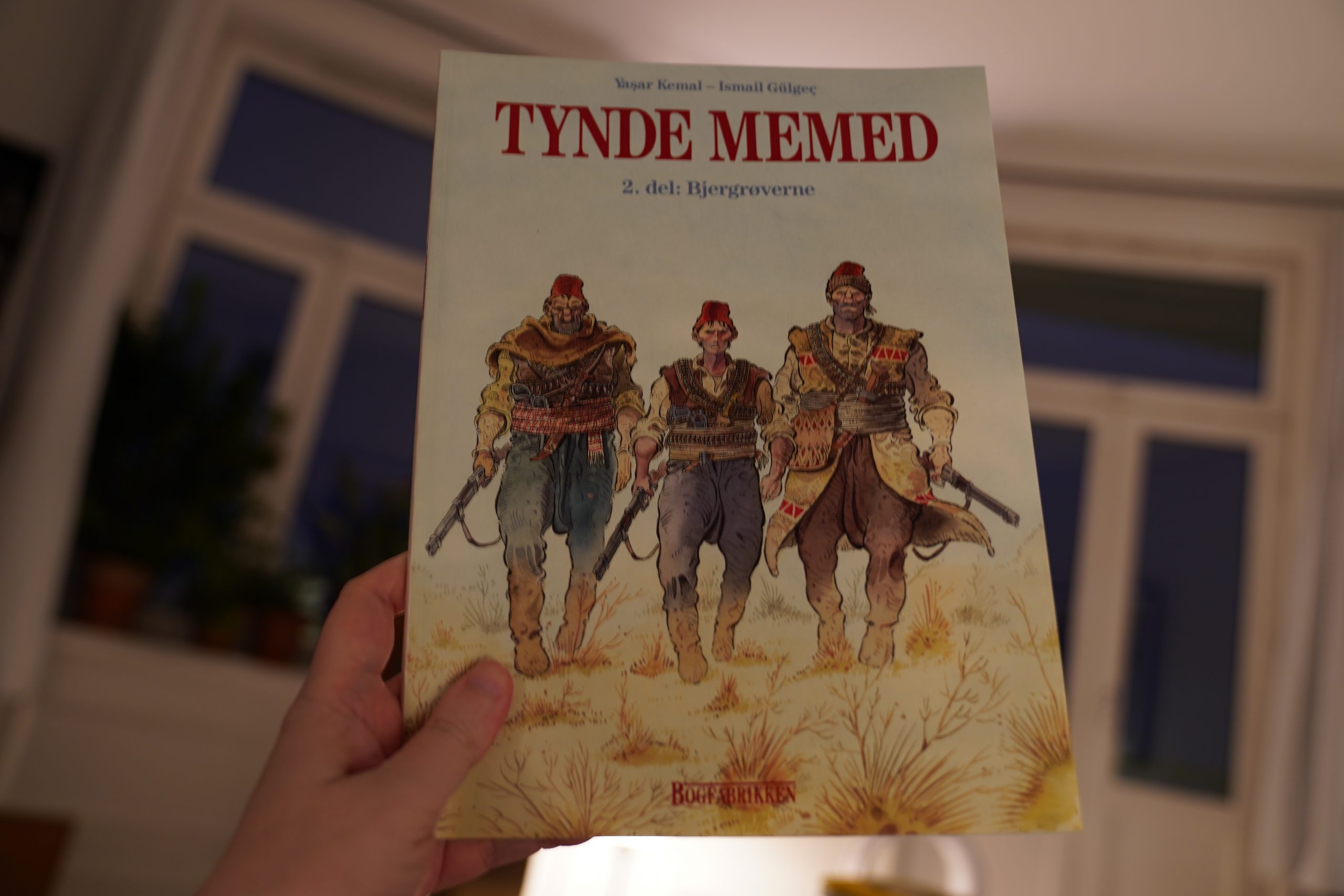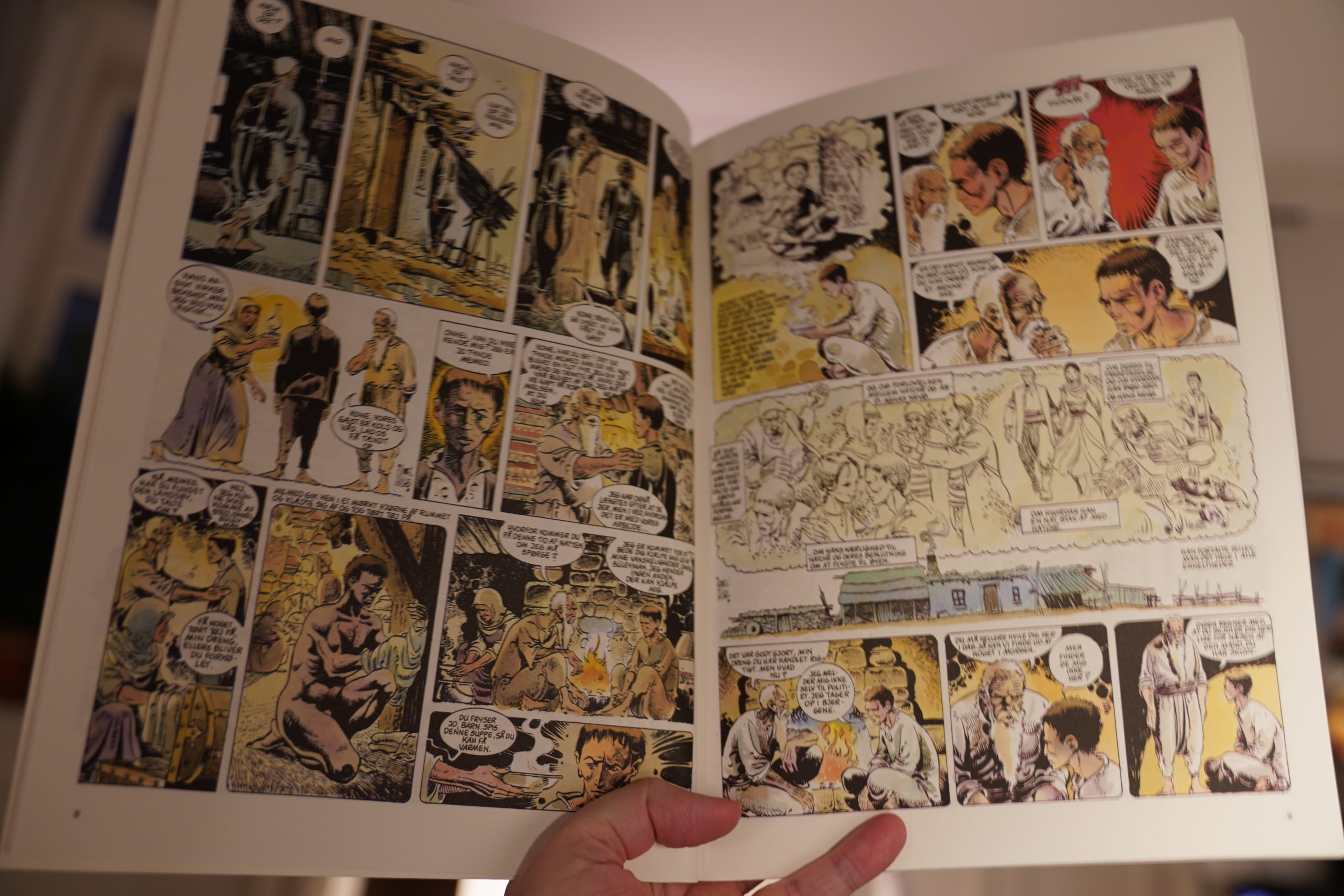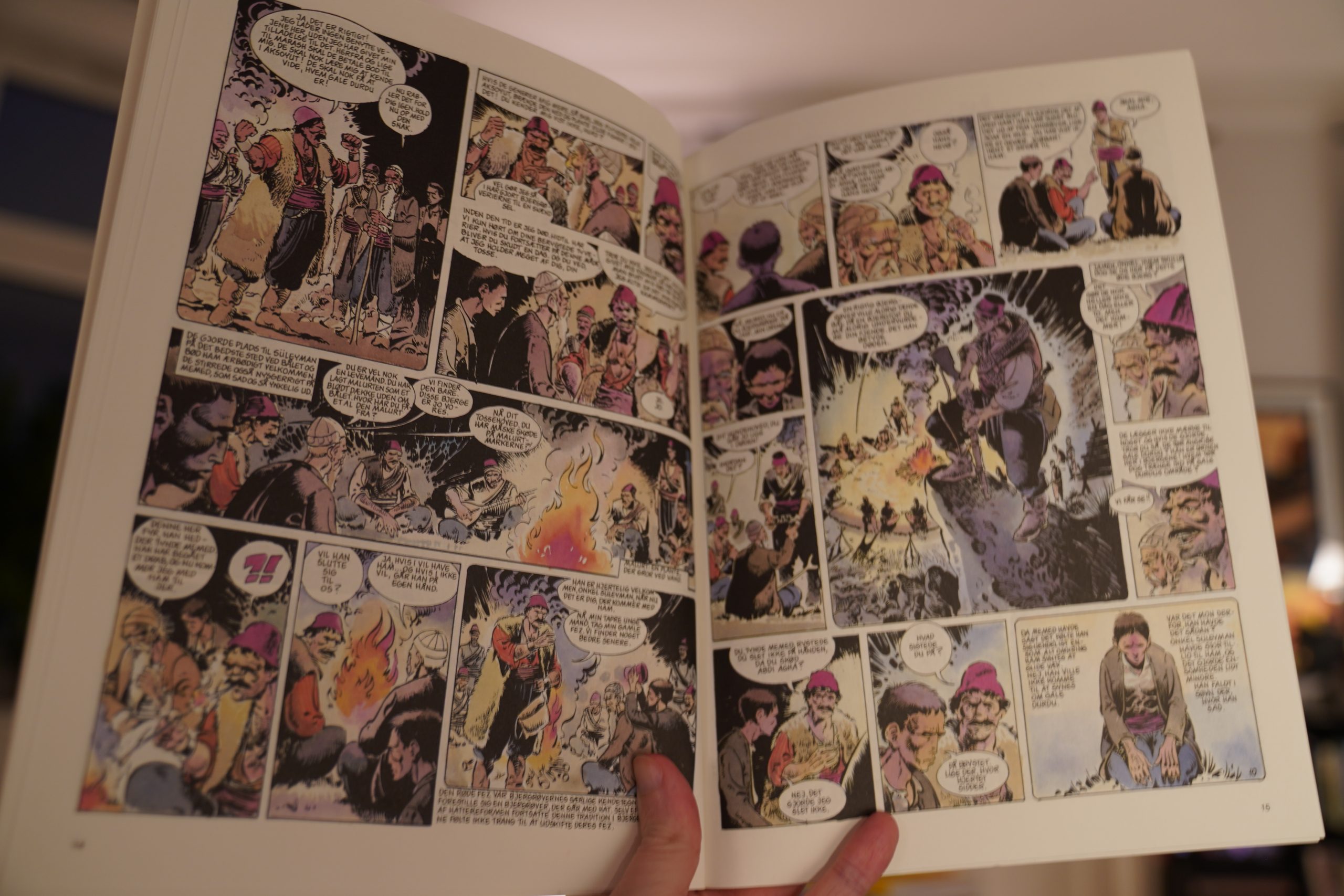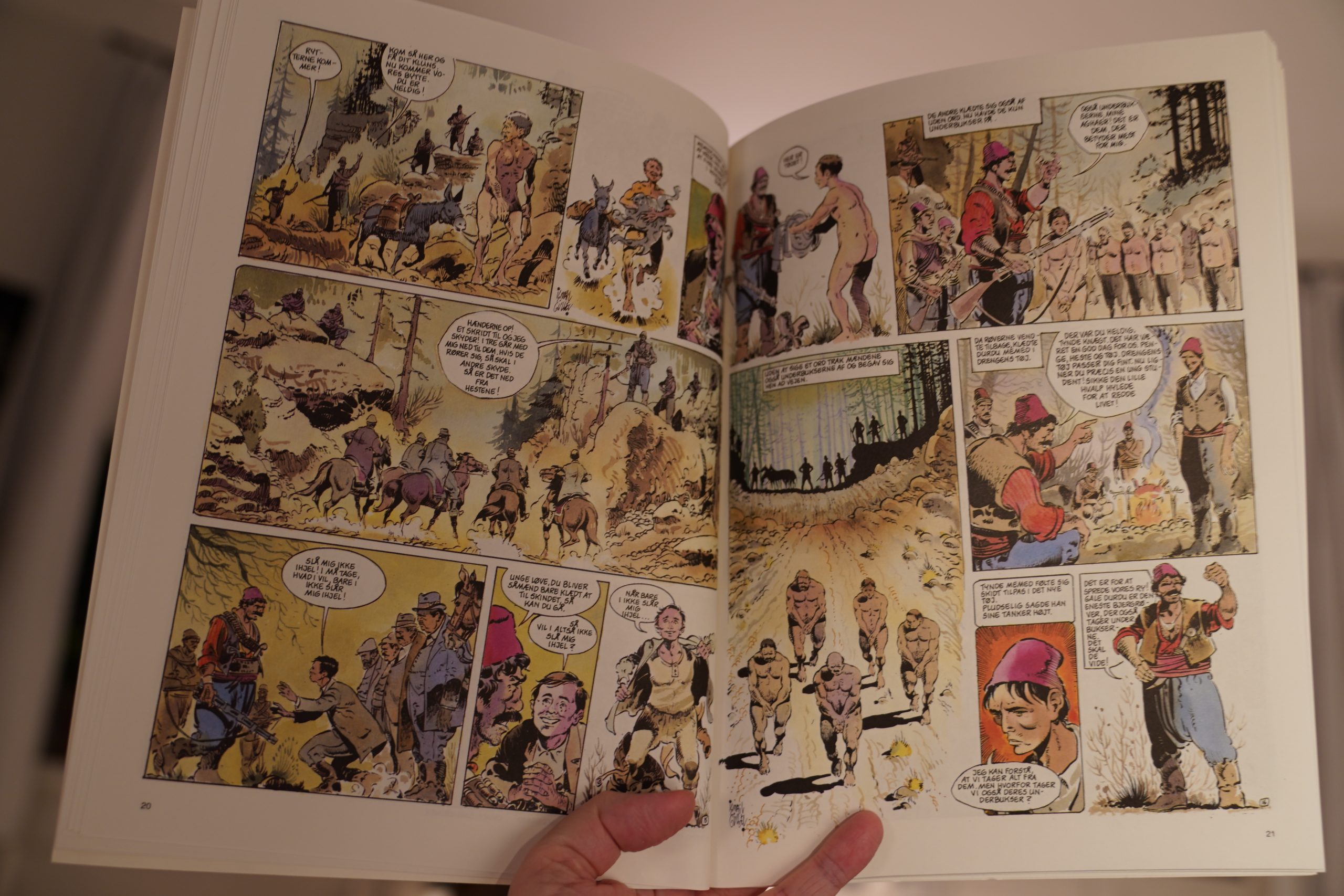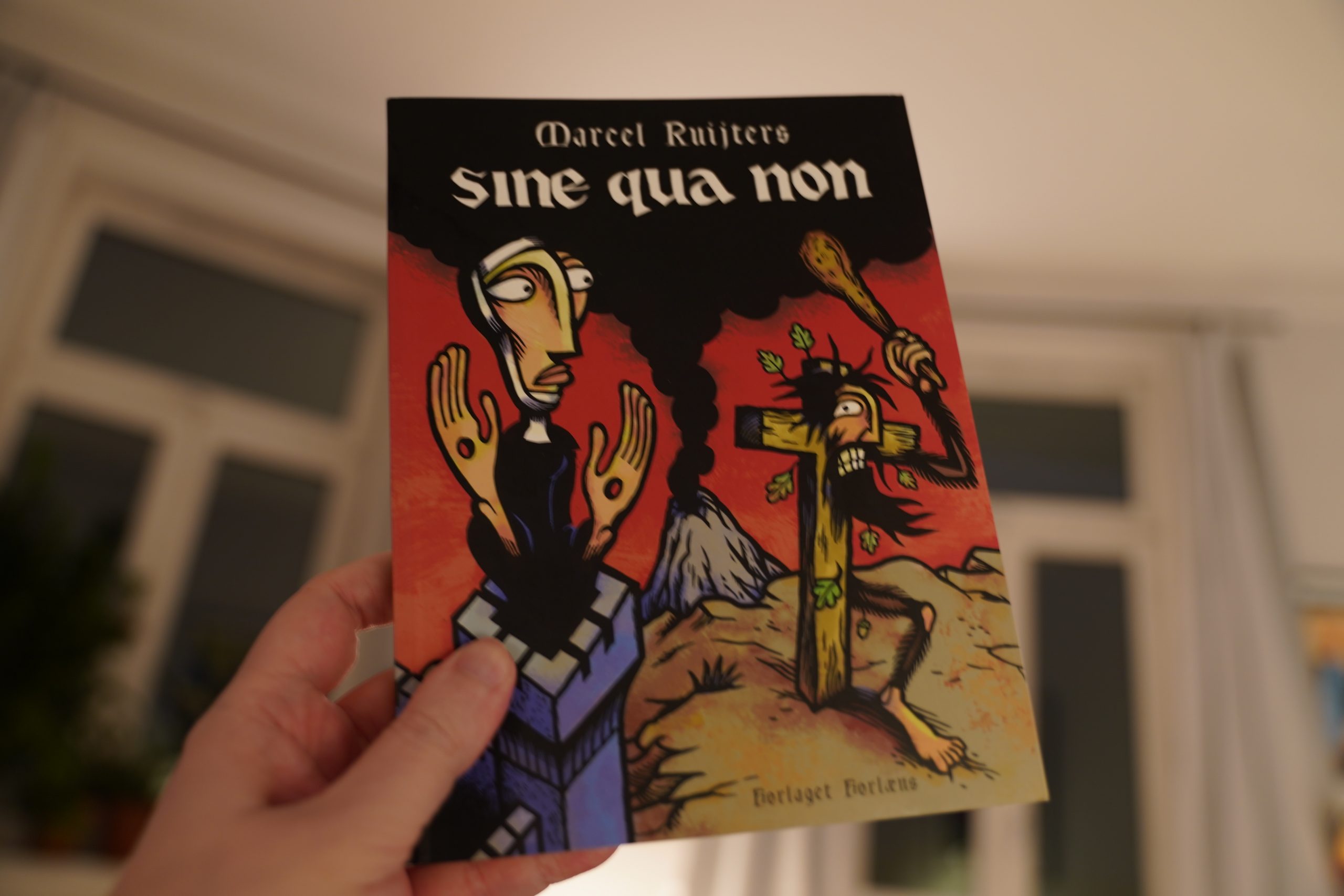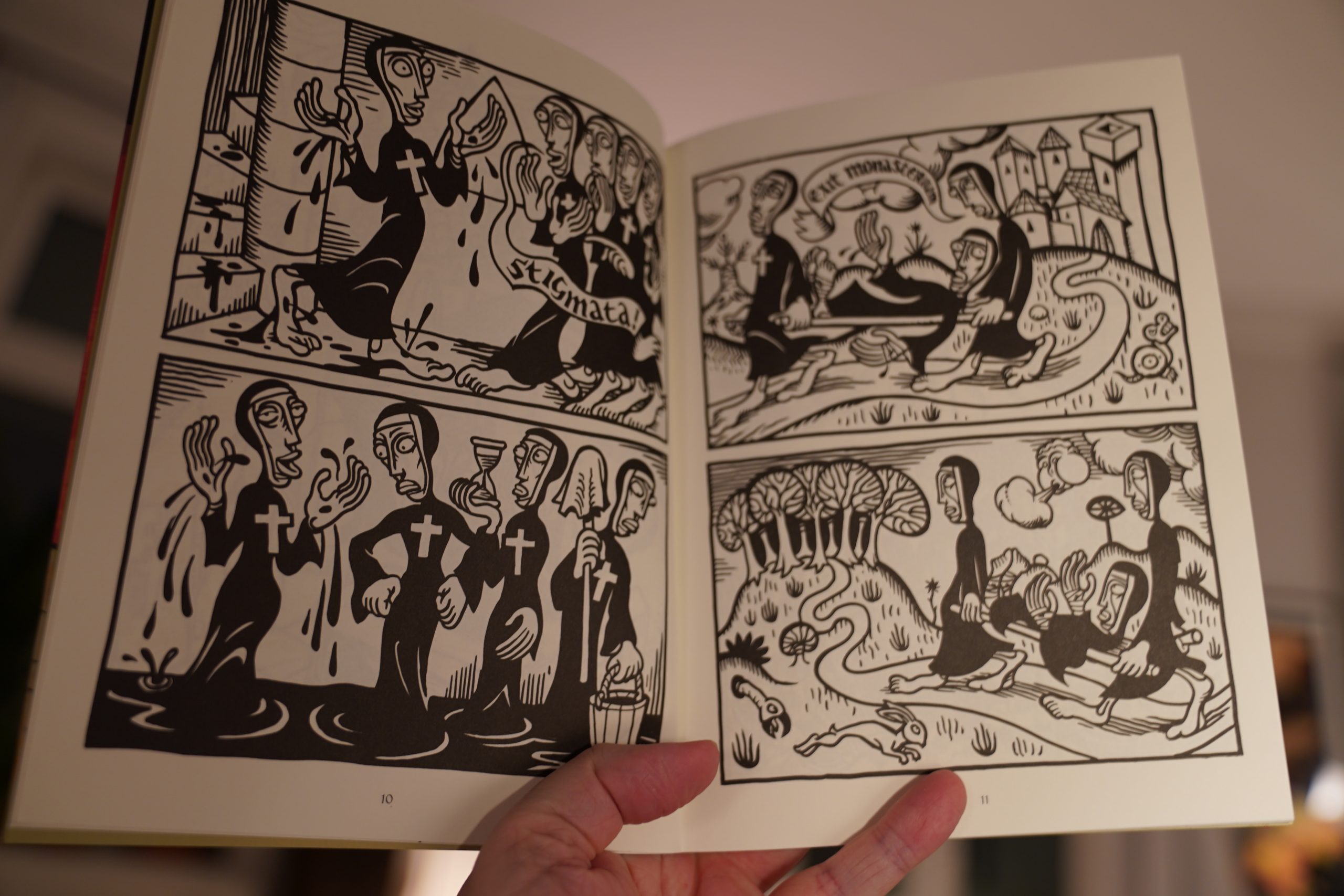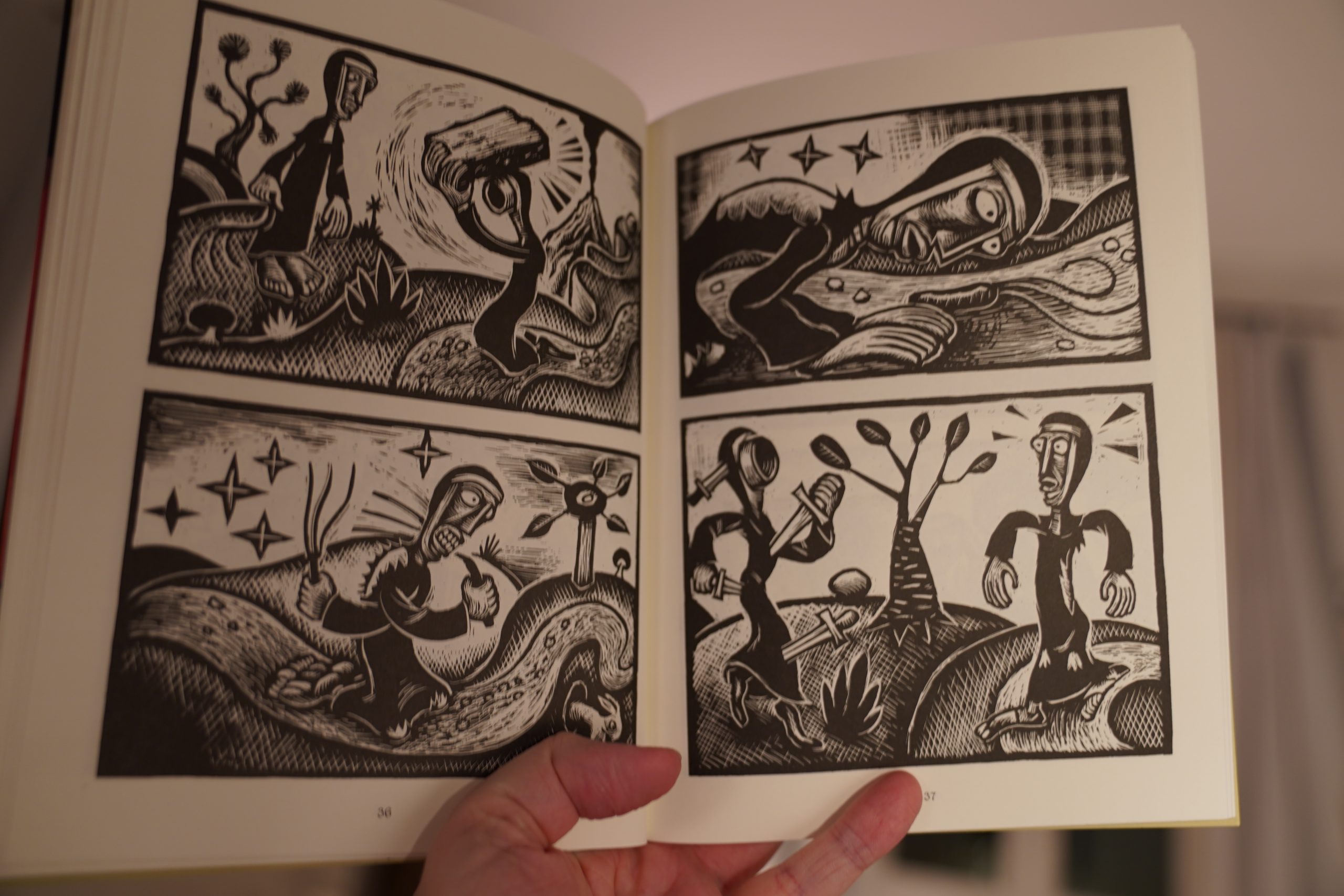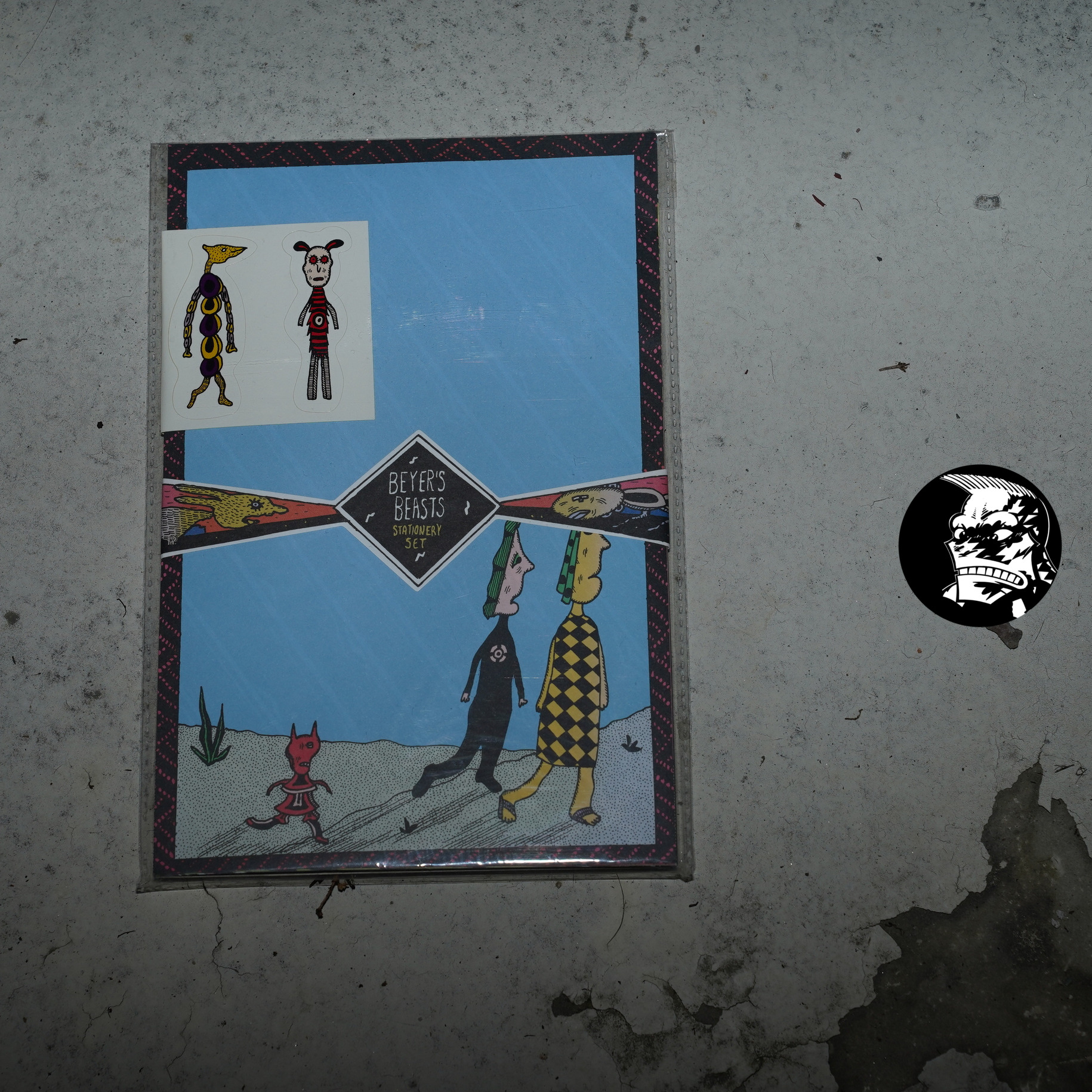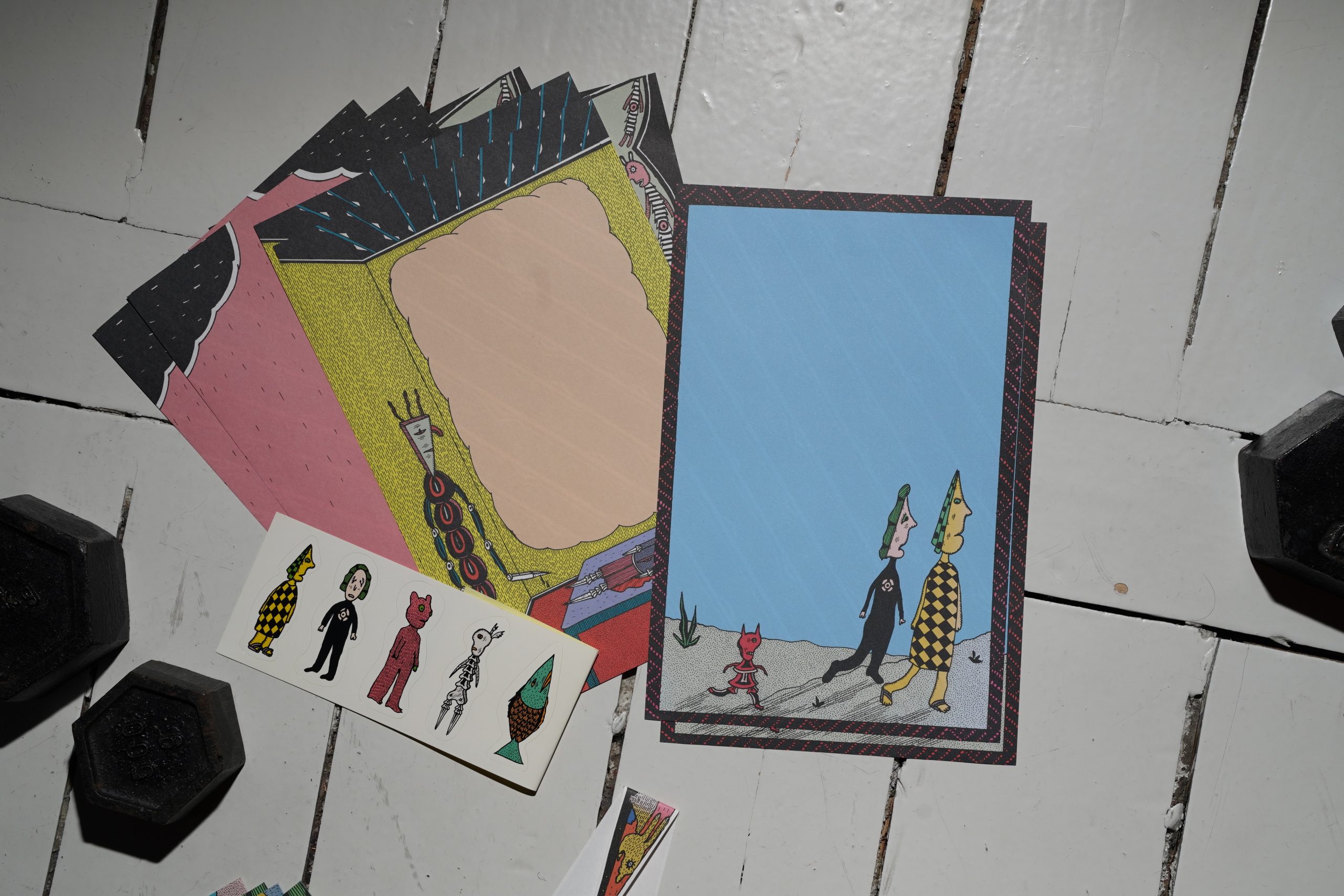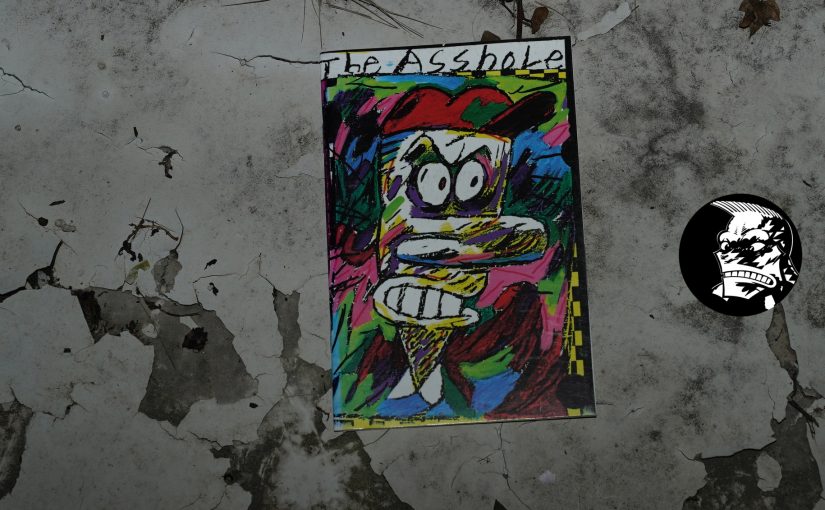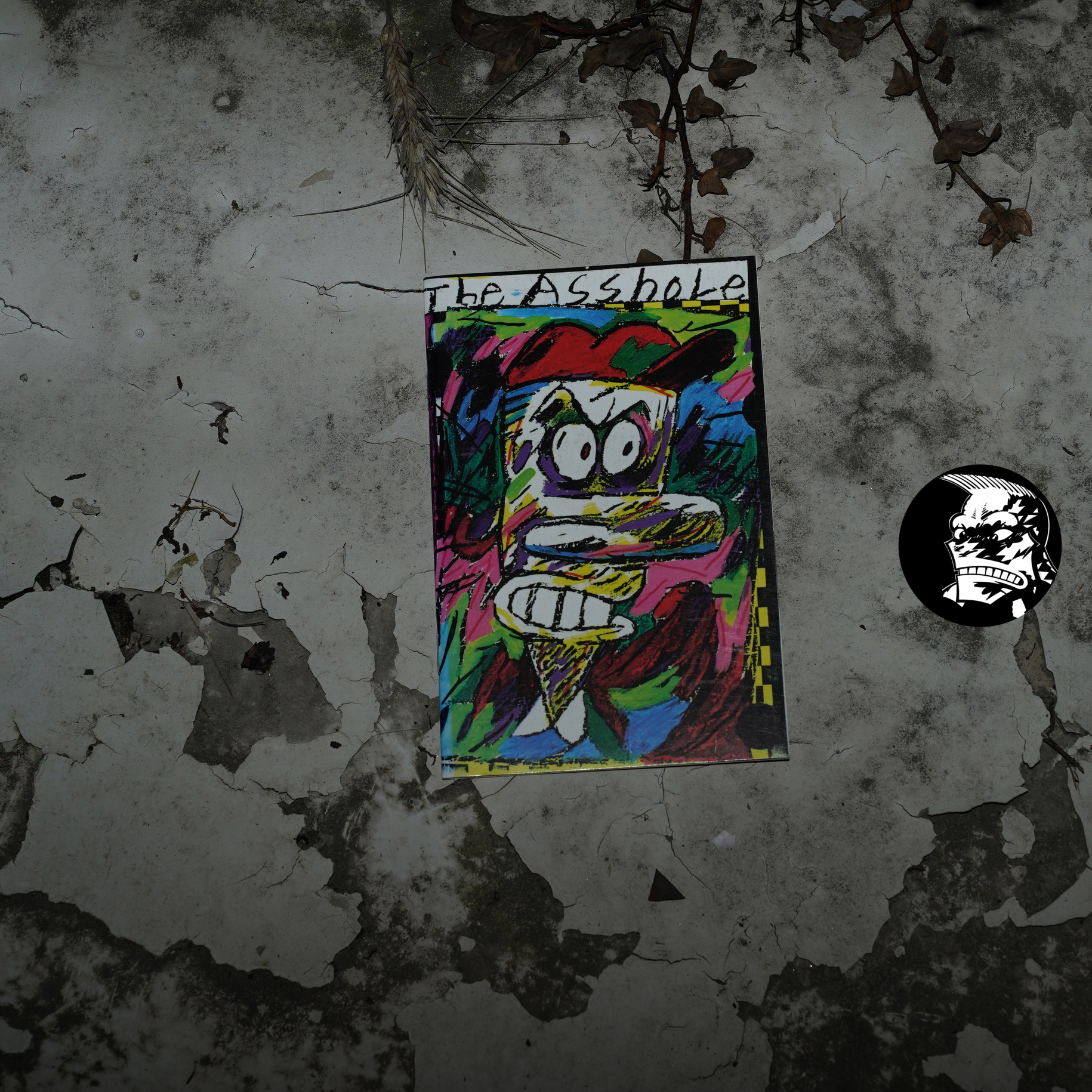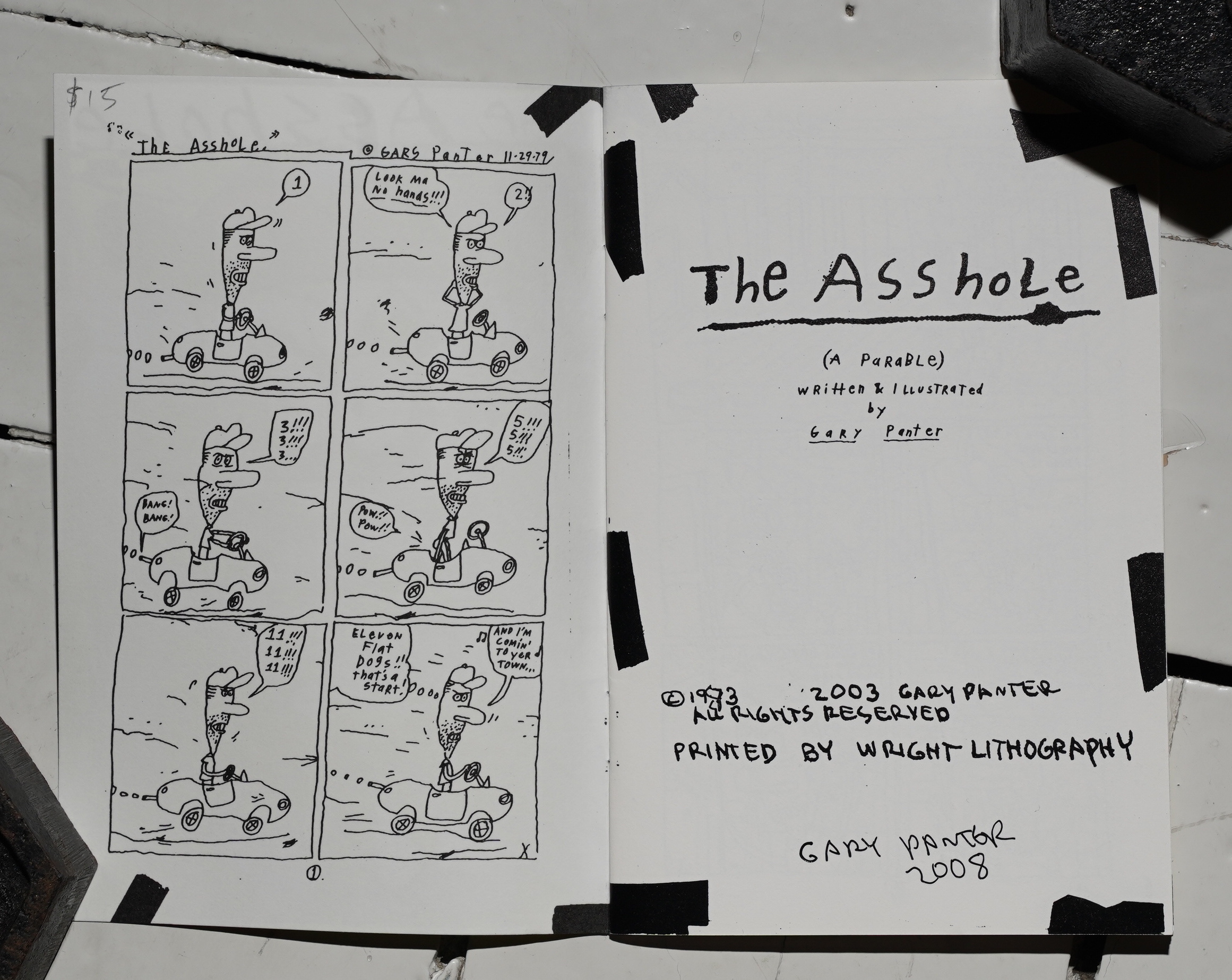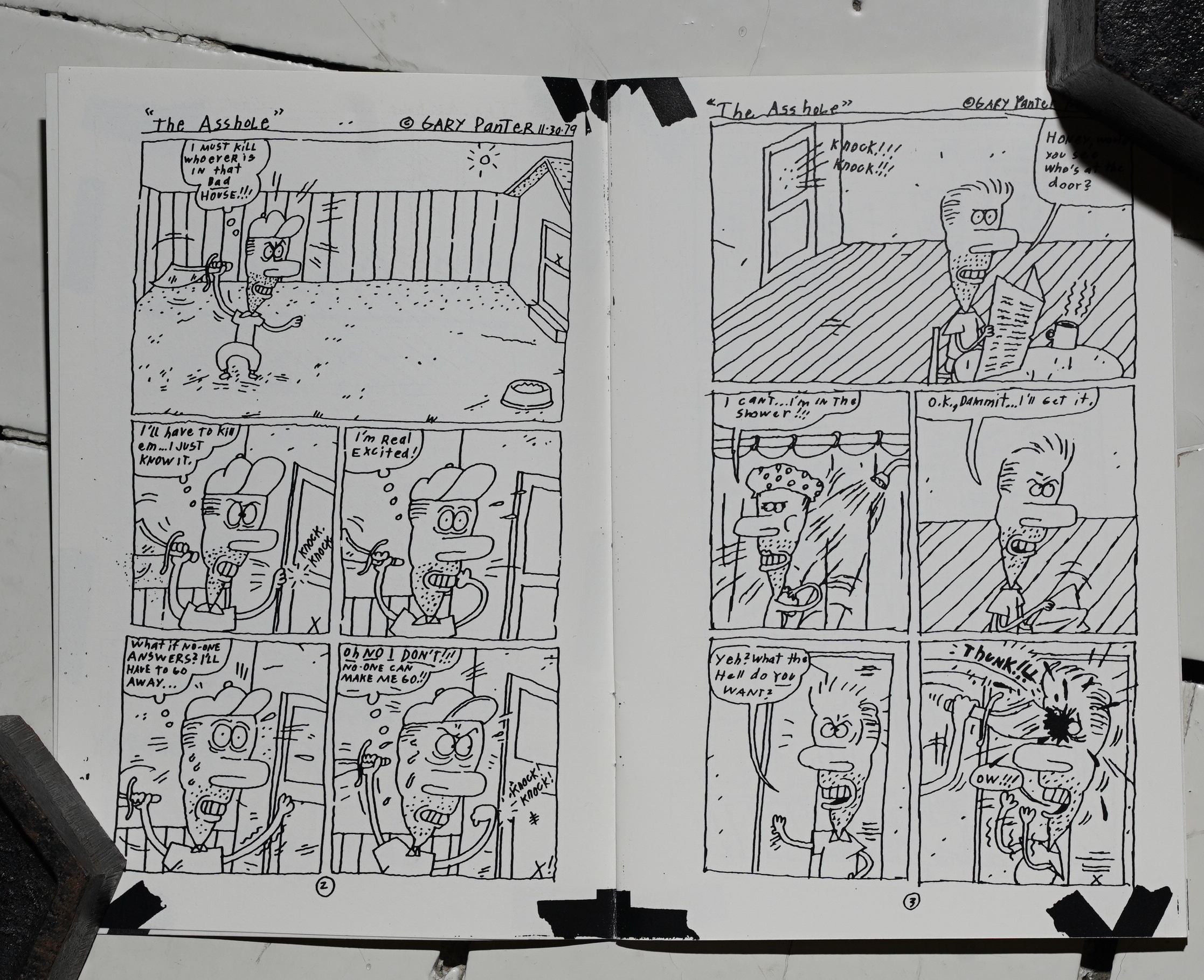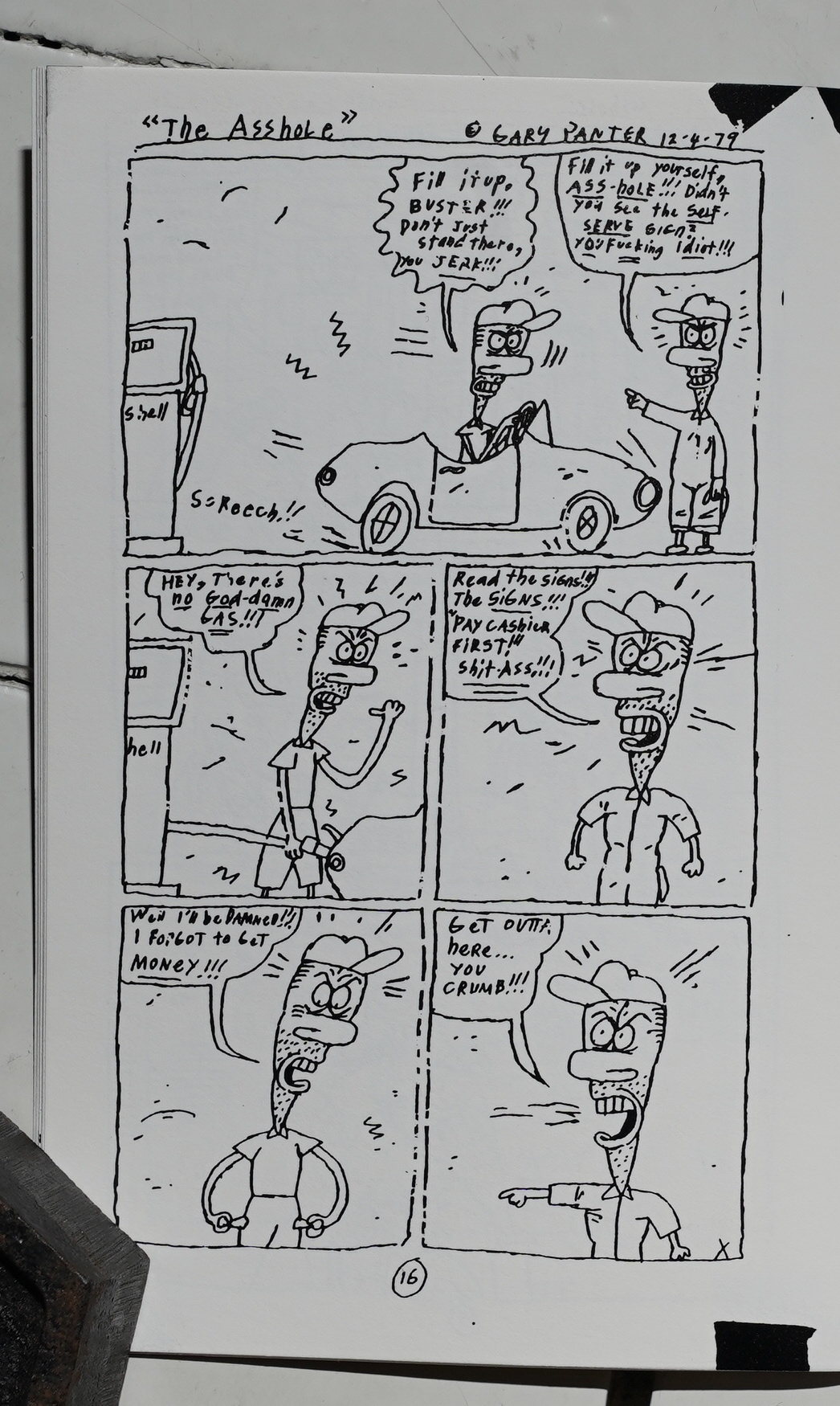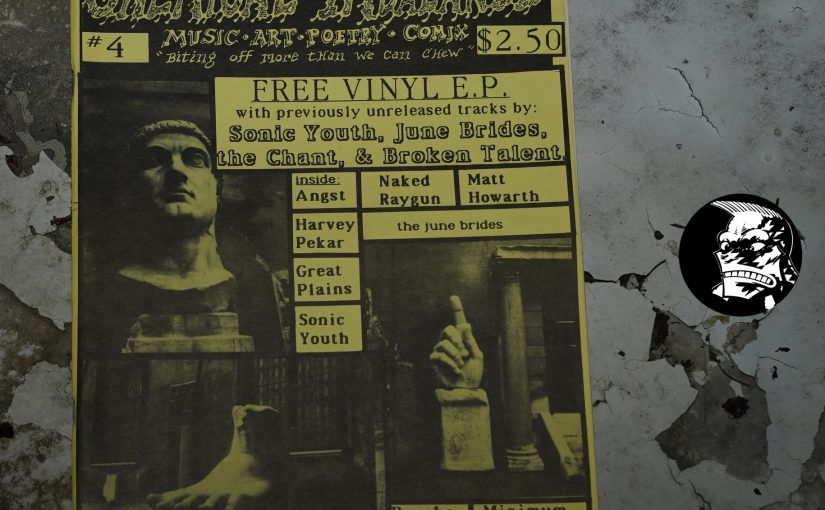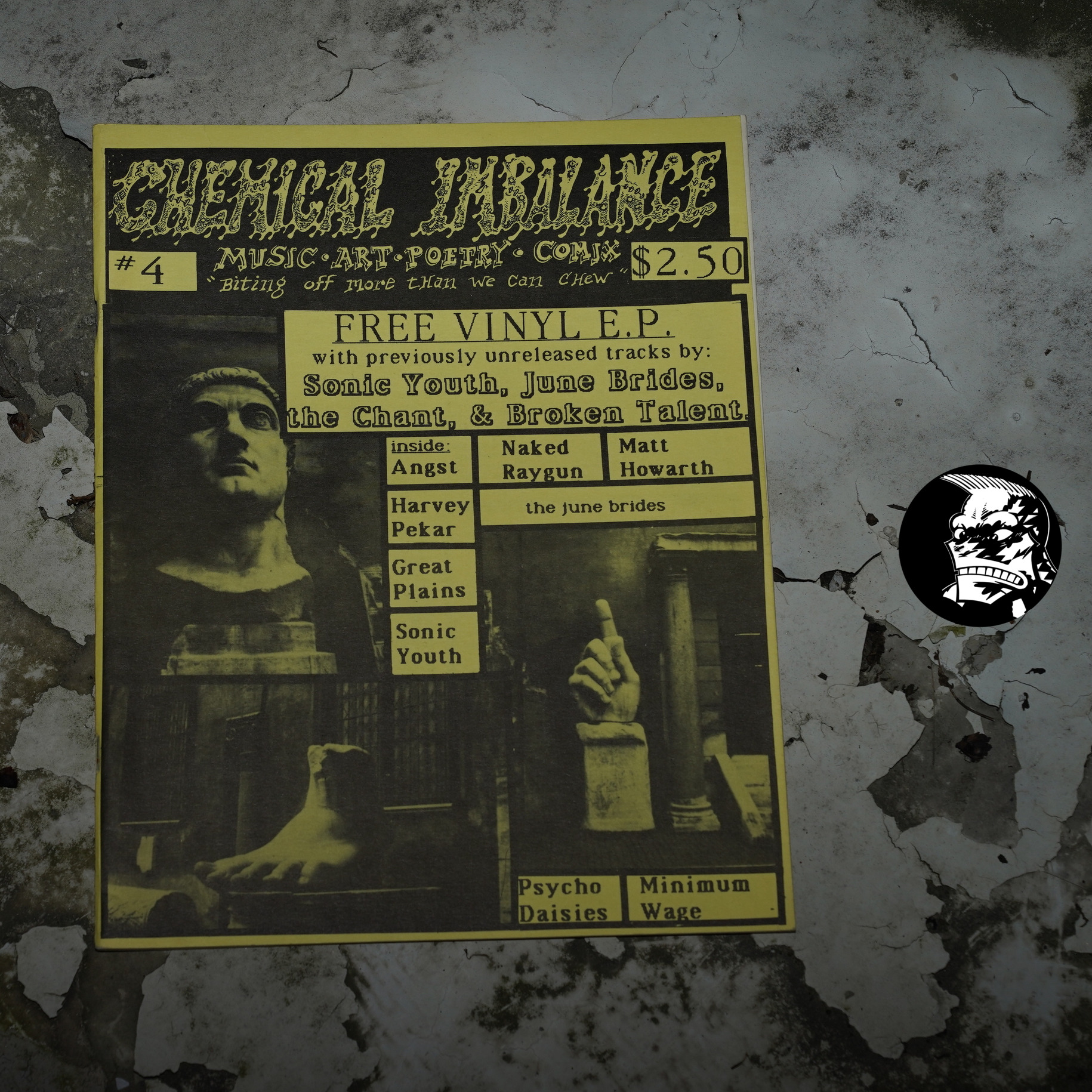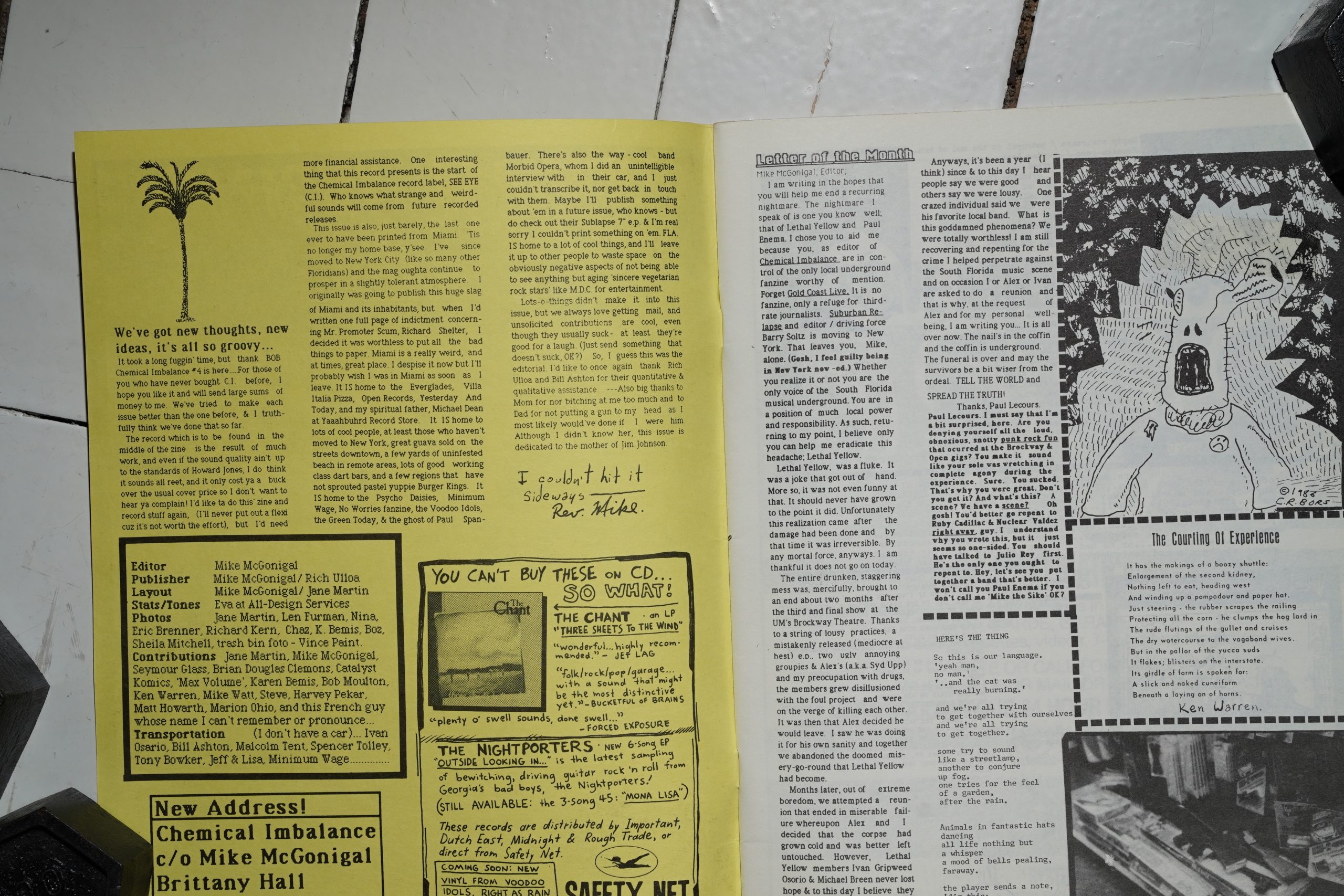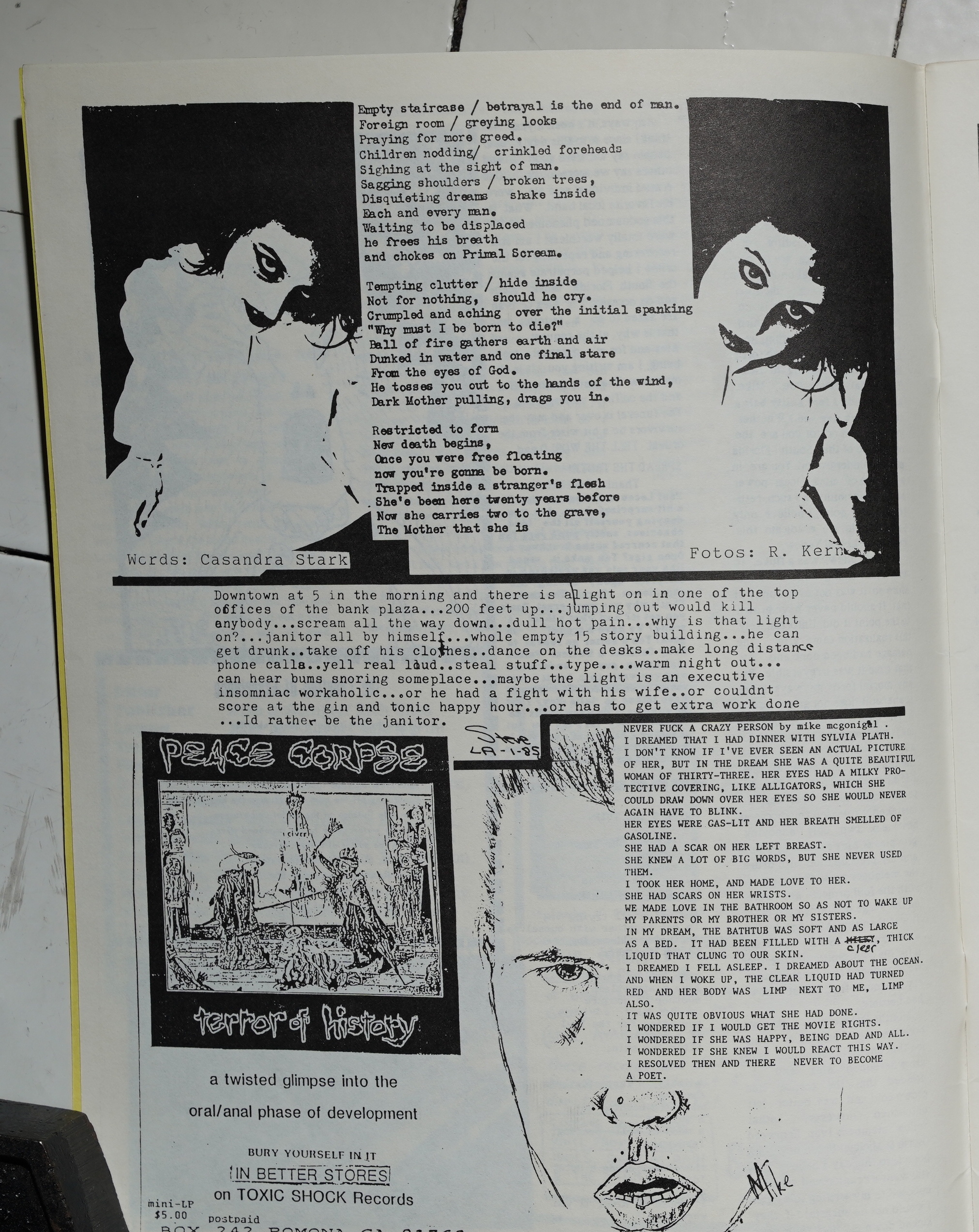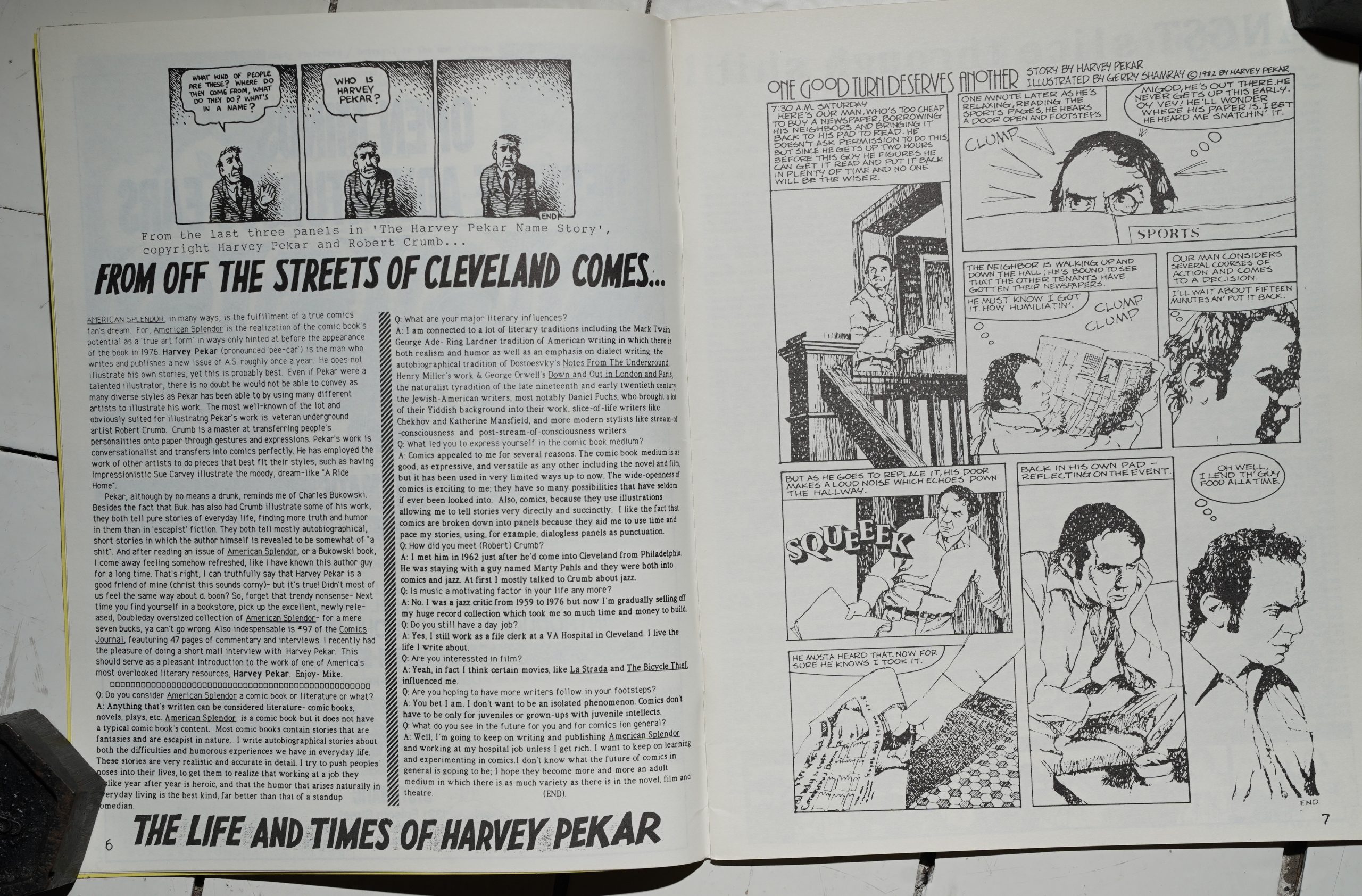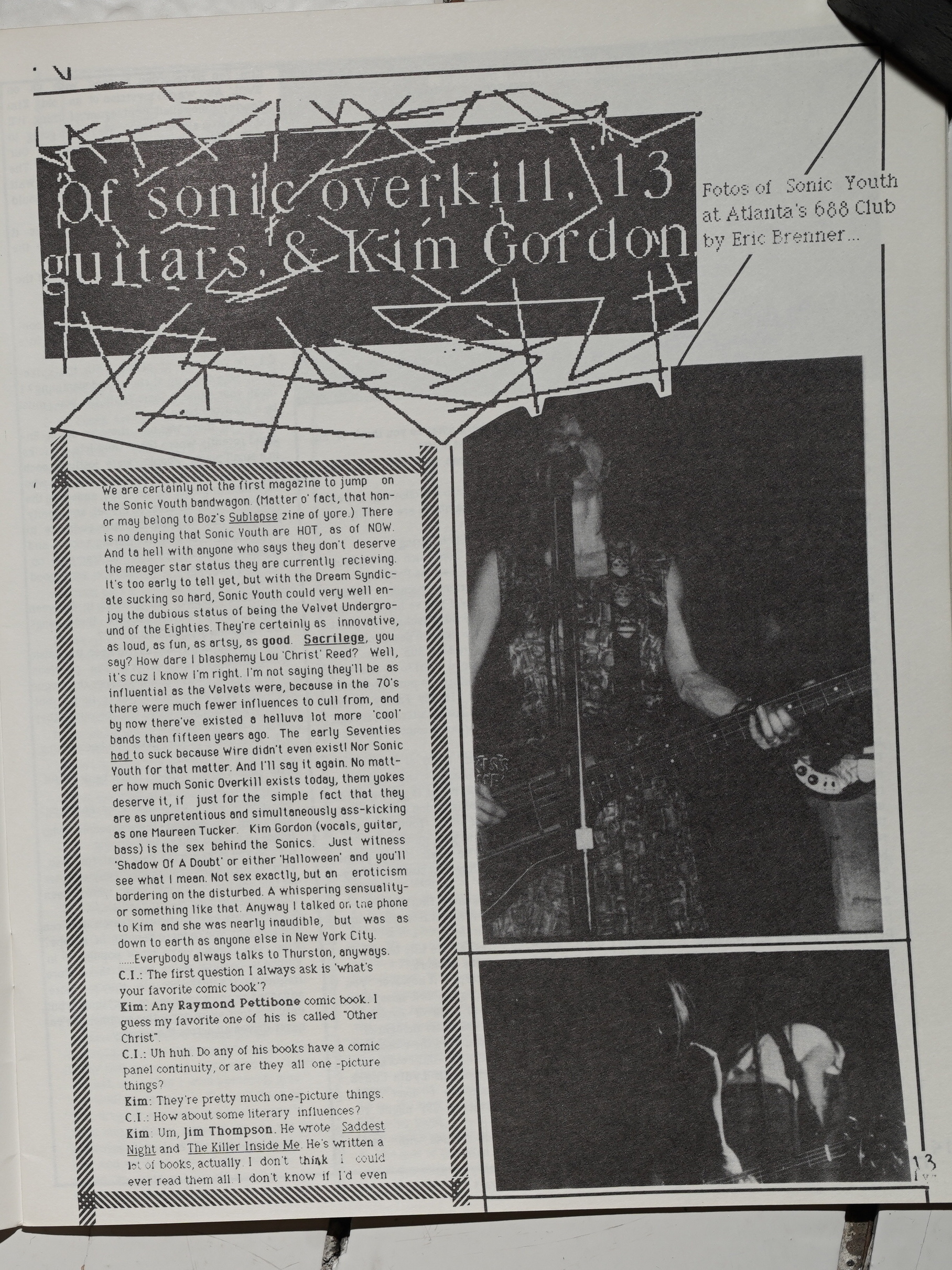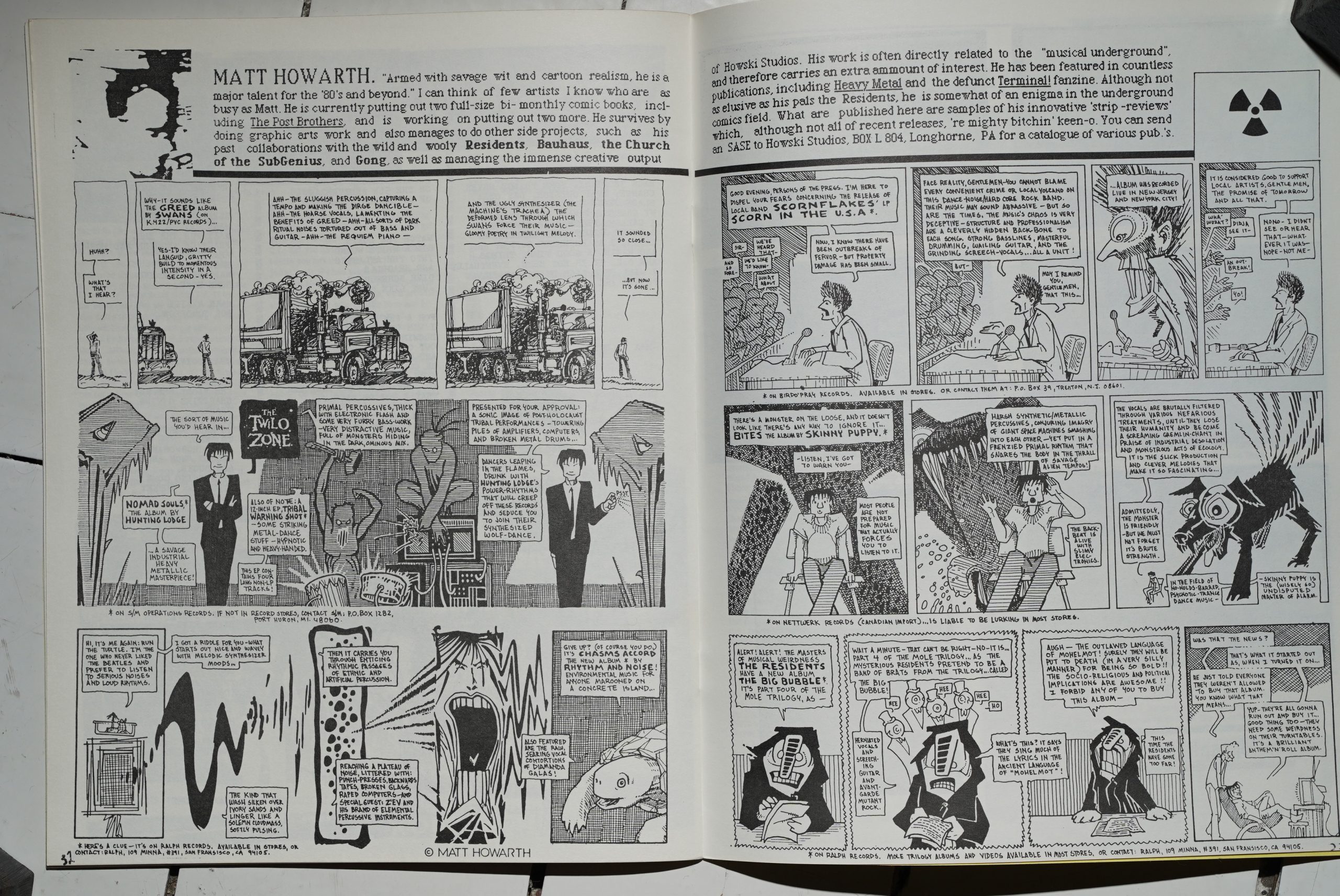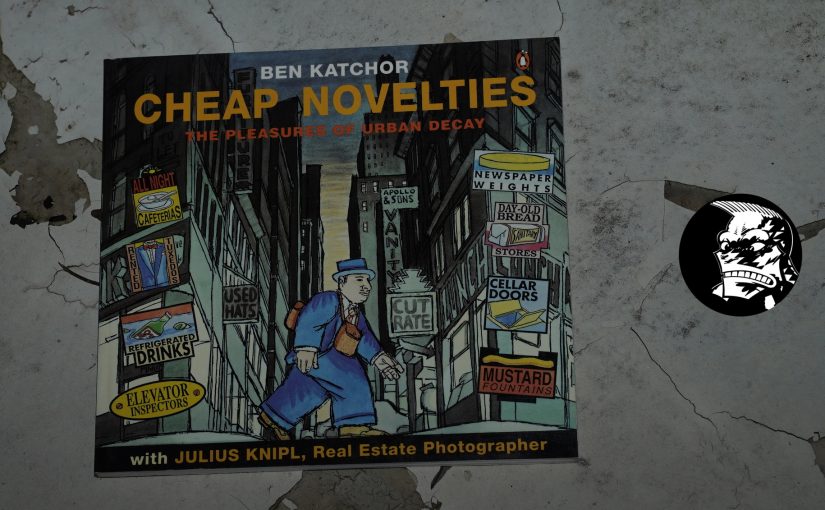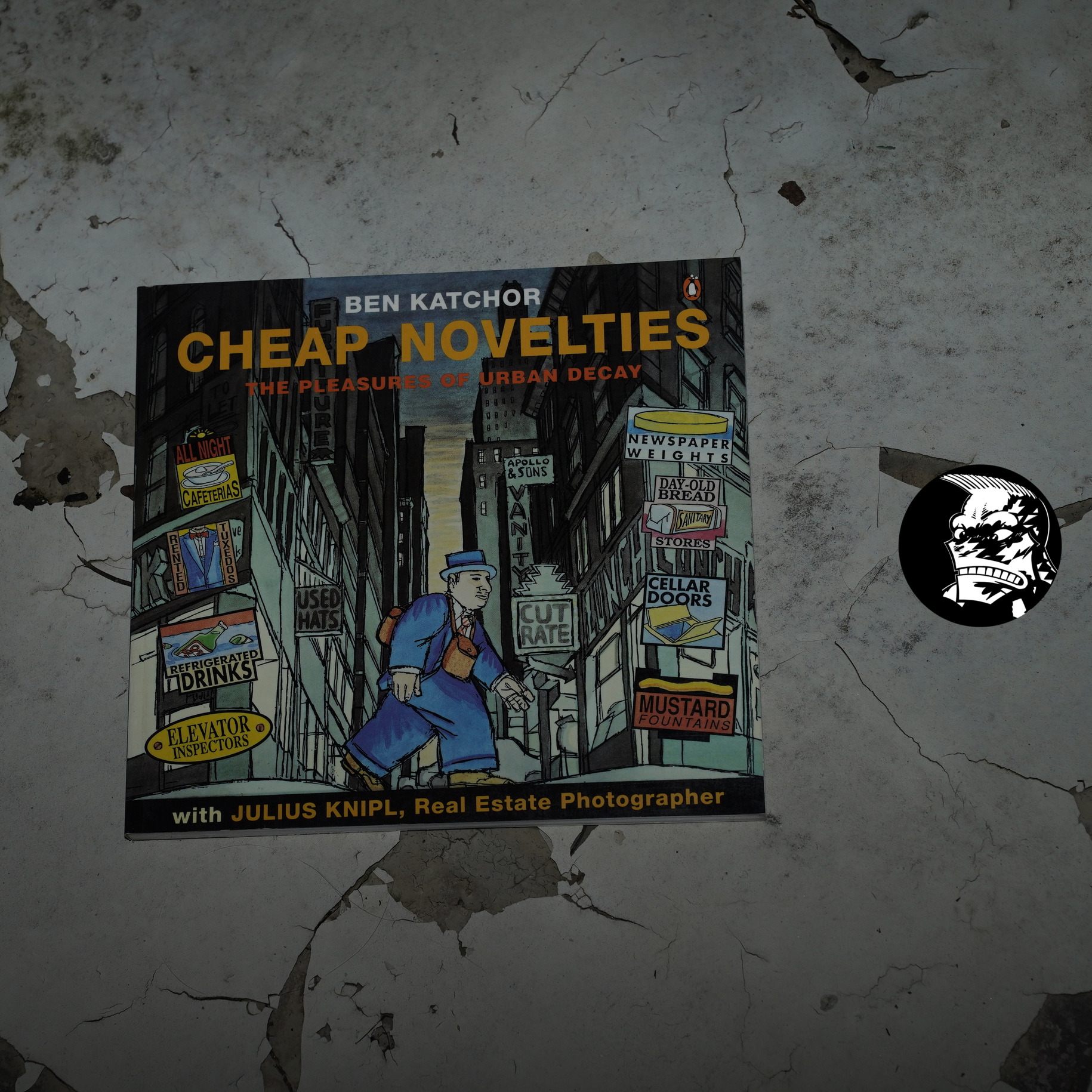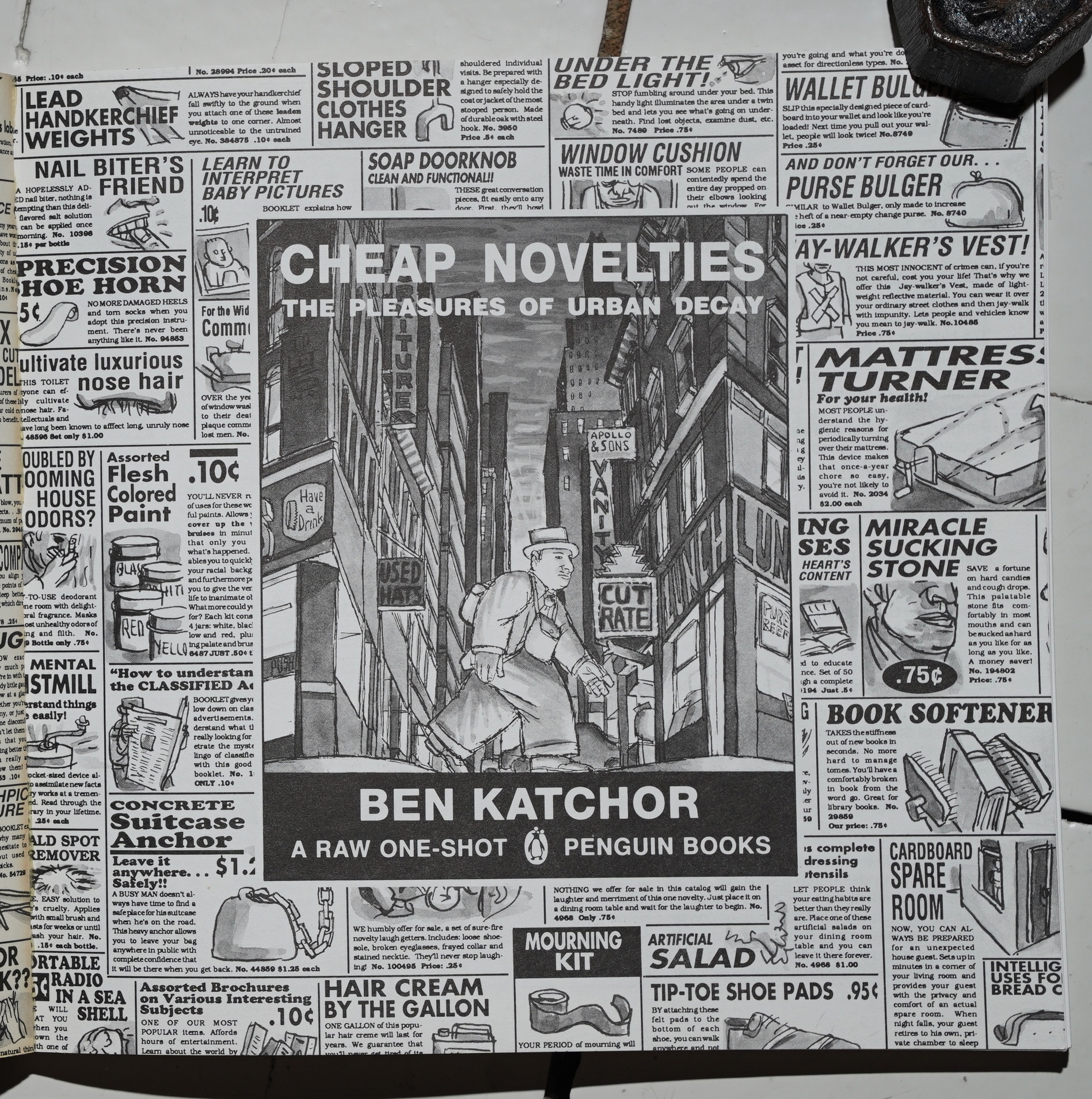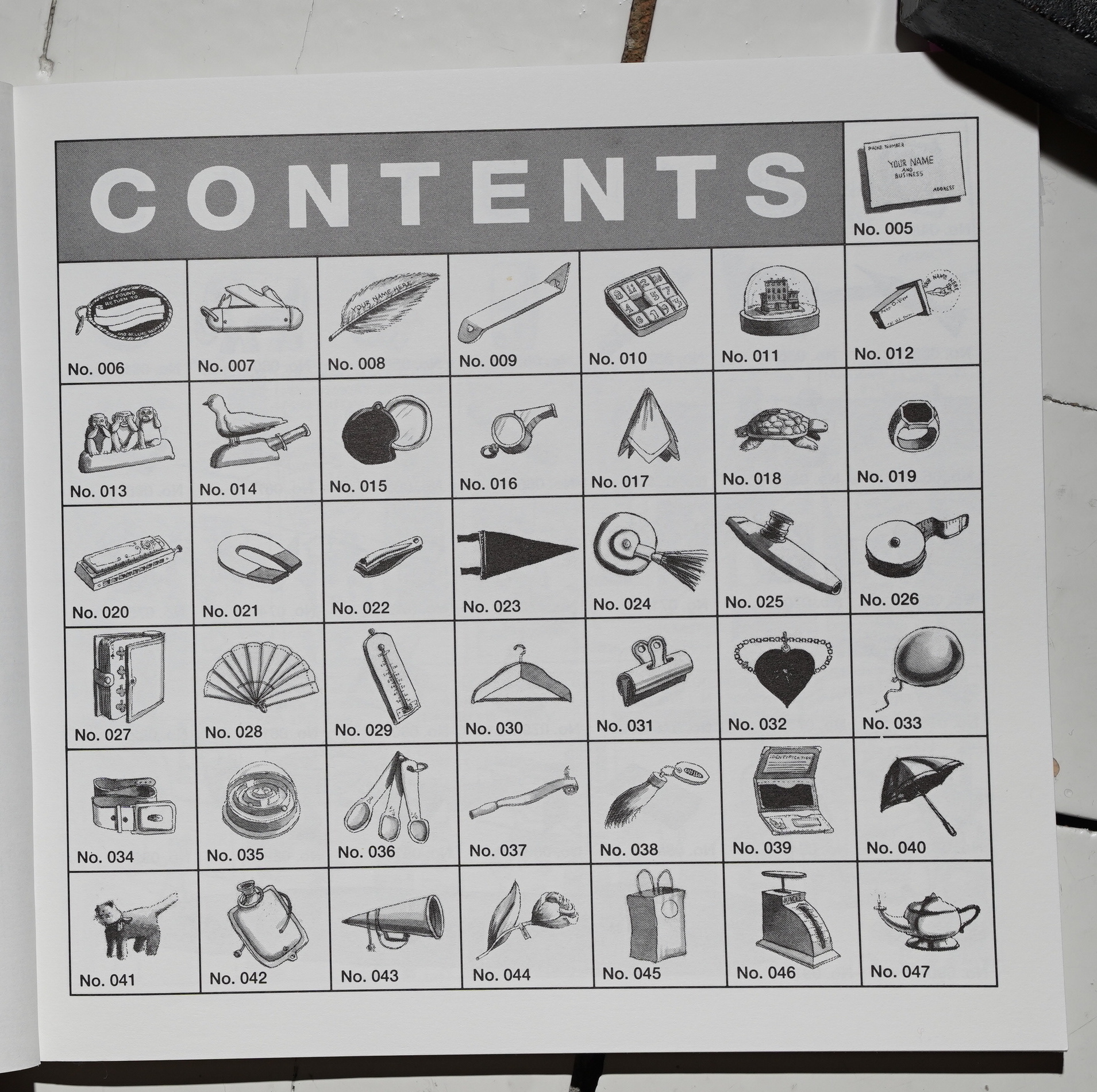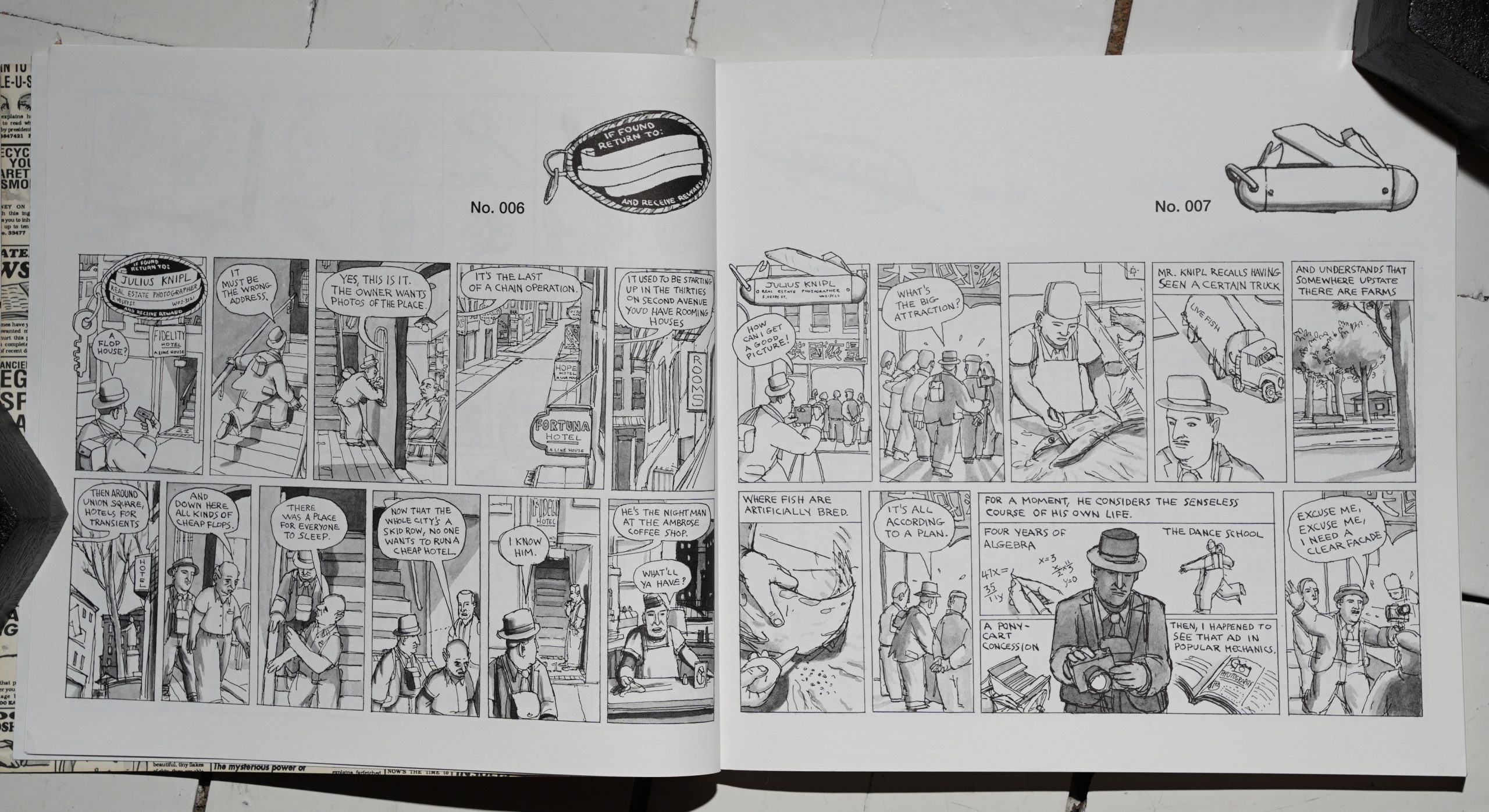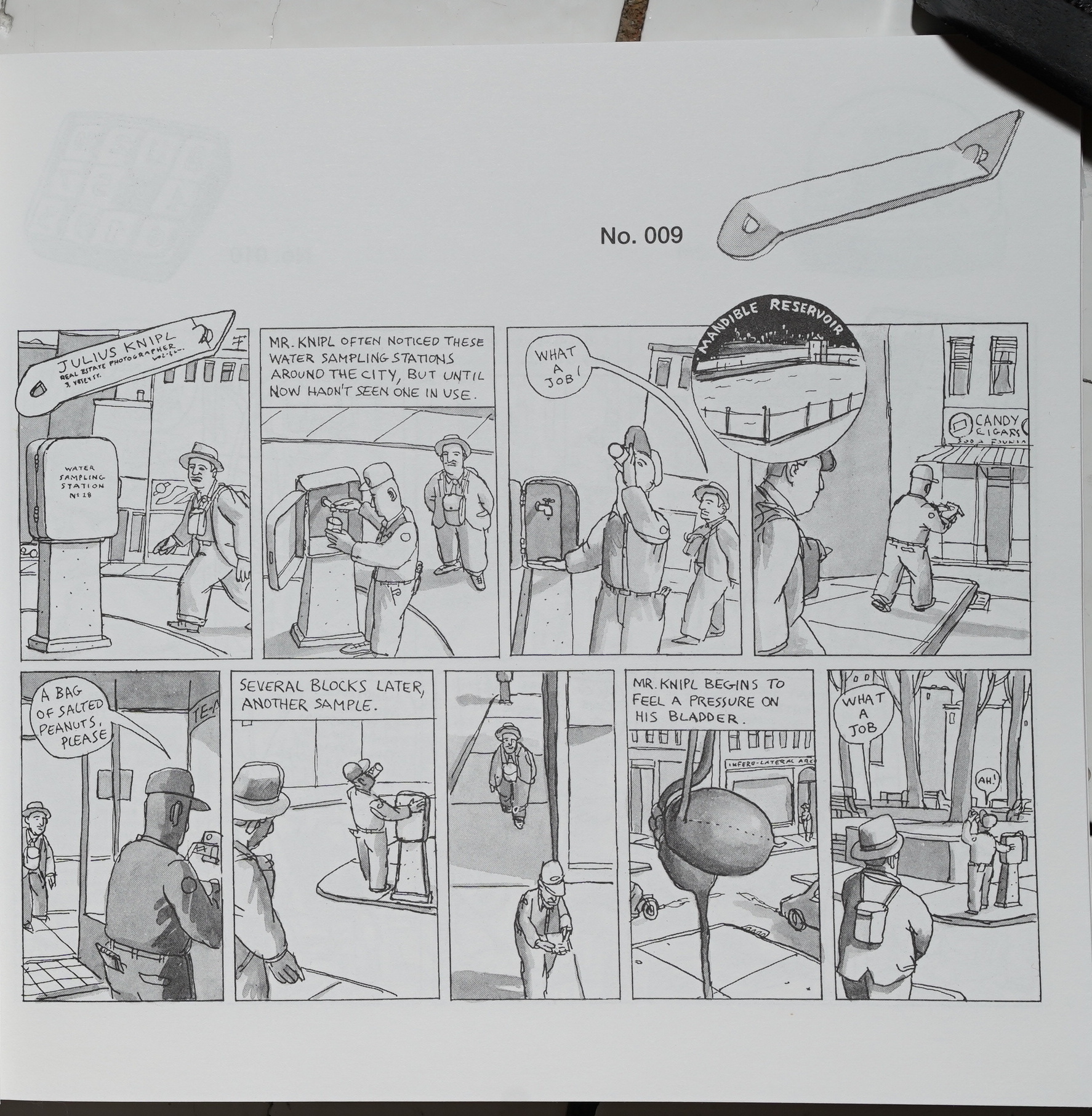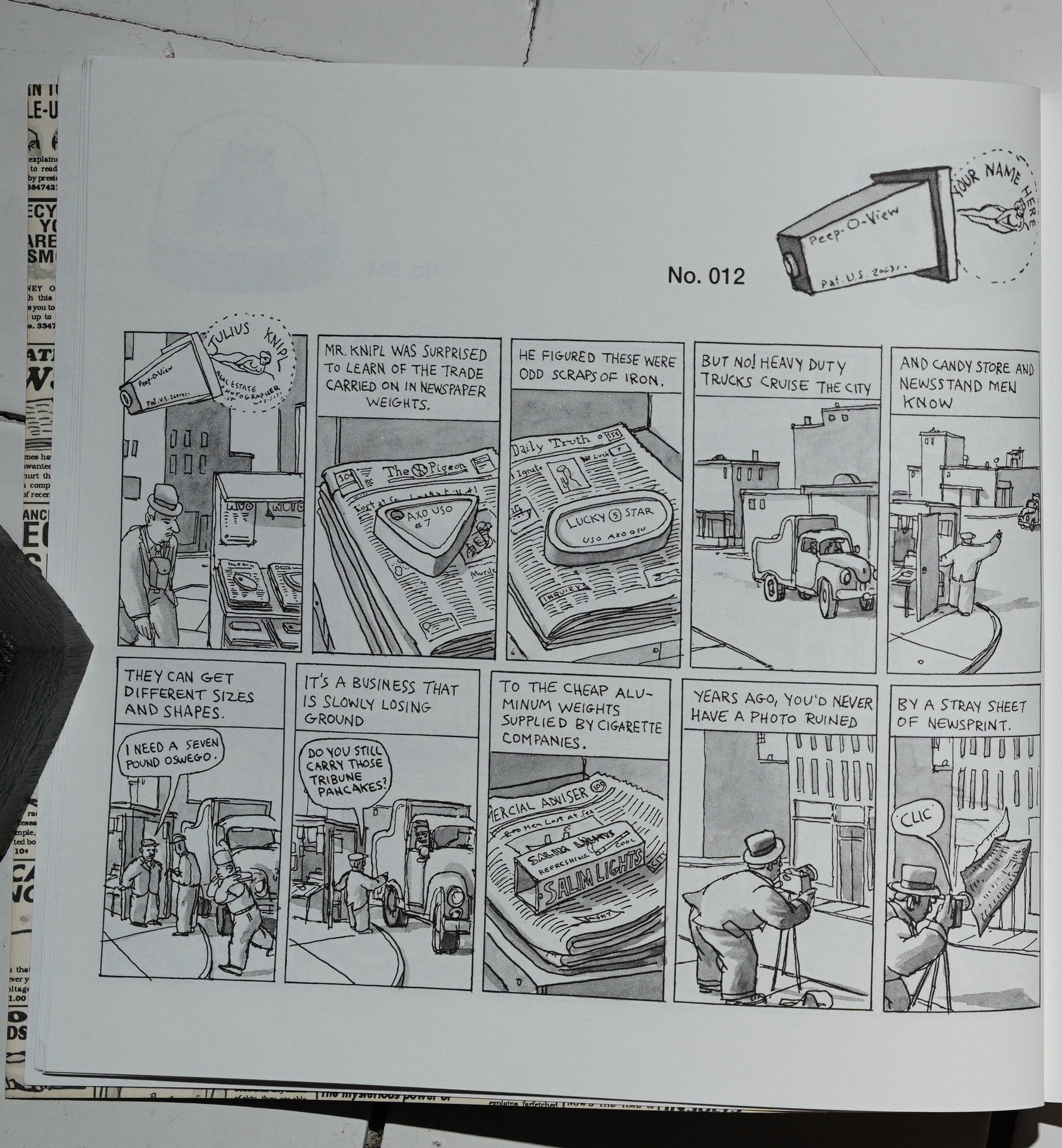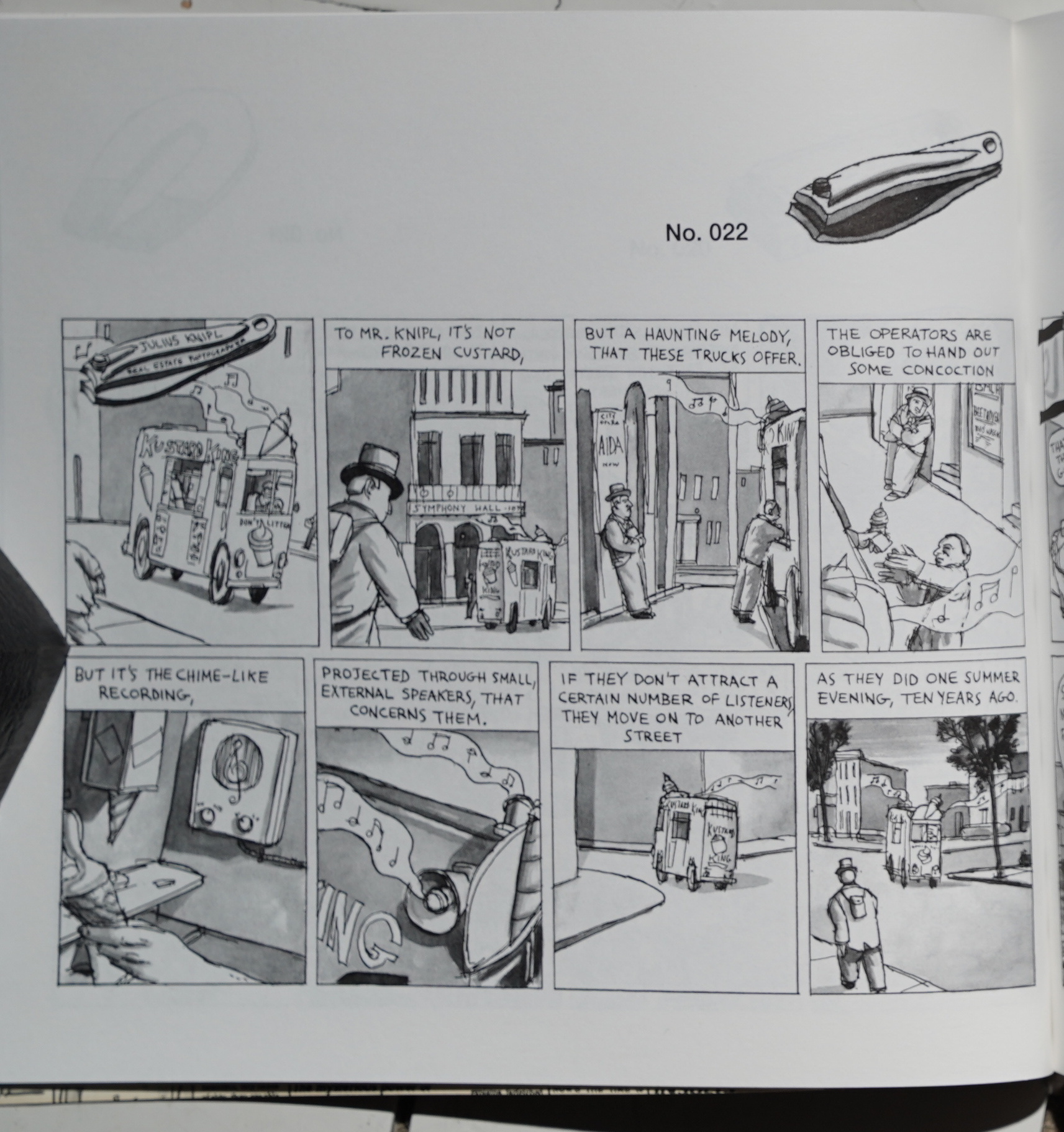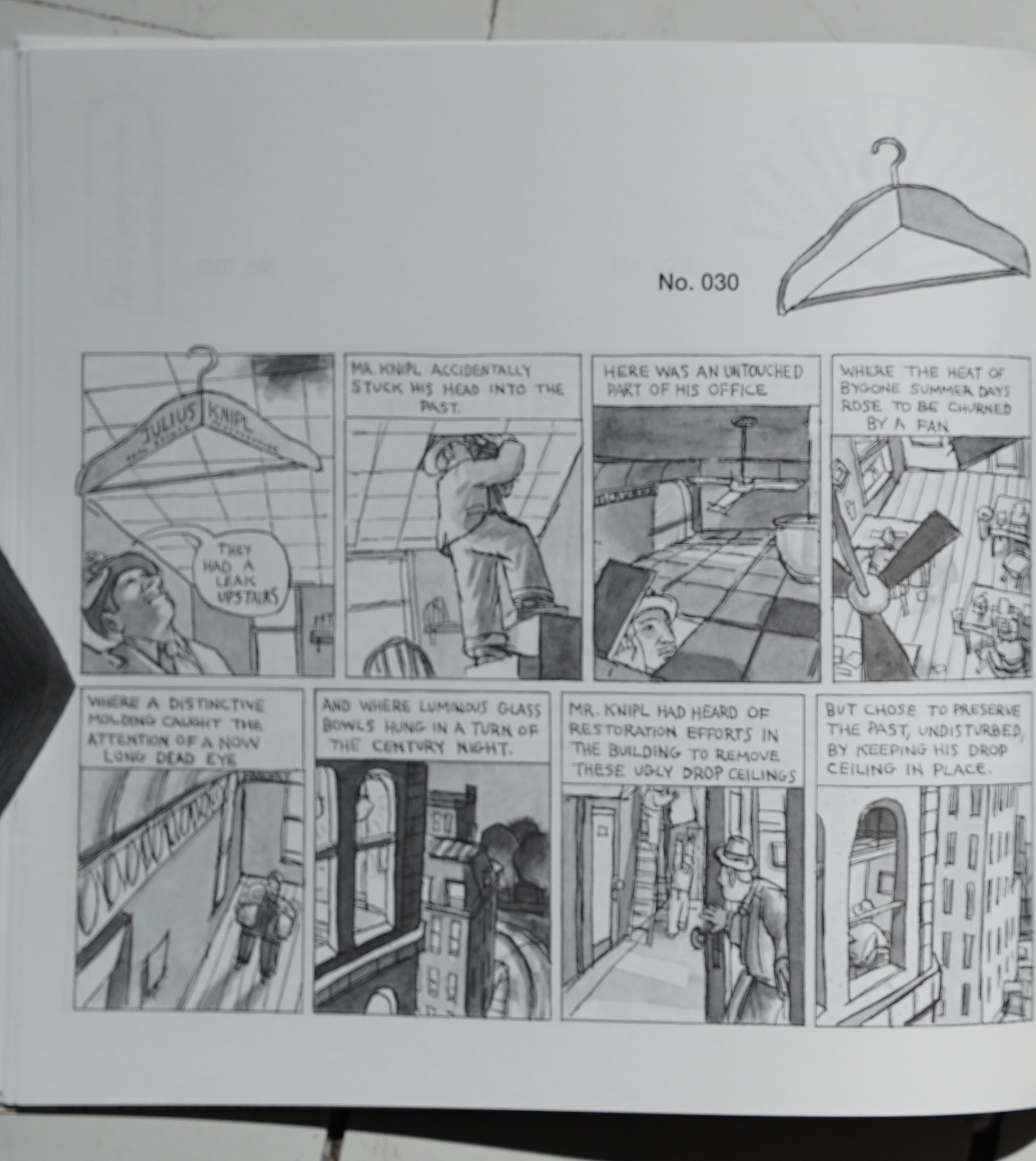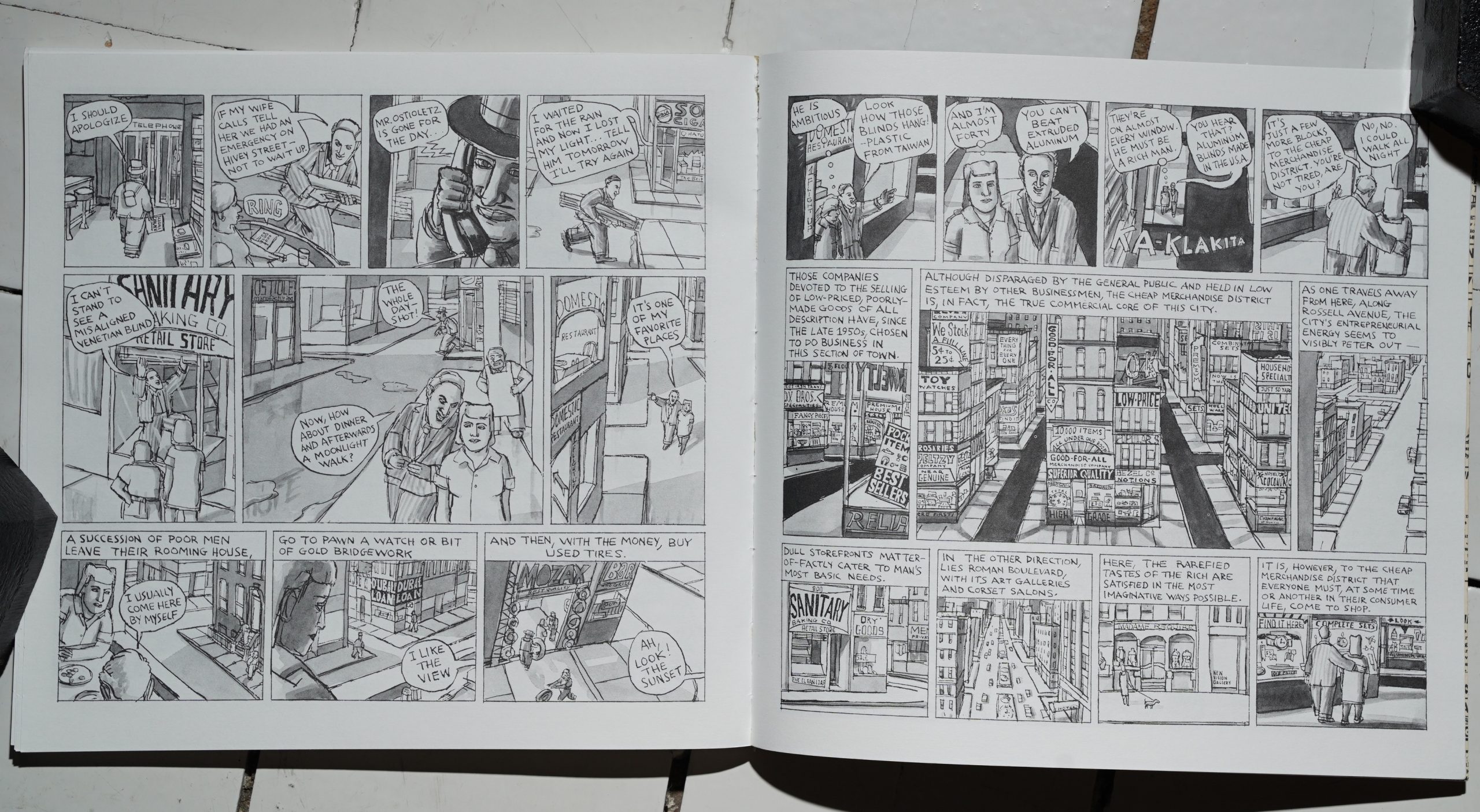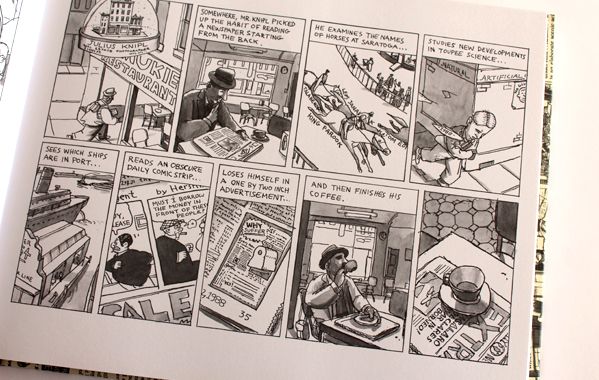It’s a sunny Sunday today, so what better way to spend it than on the couch, reading comics…
| Tuxedomoon: Live At The Palms (1978) | 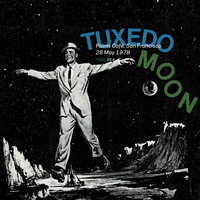 |
13:54: Crash Site by Nathan Cowdry (Fantagraphics)
Oh, is this some kind of post Nick Drnaso thing? It has his colour scheme (which I hate), and his incompetent drawing style. And I loathe that cutesy lettering, but at least that’s not a Drnaso thing.
Oh, right. This is an edge lord book.
It’s all pretty much out of the bowels of the Internet. There are some funny bits in here, but you have to suffer through a lot of tedium to get to those bits.
| Tuxedomoon: Live At The Palms (1978) |  |
14:30: Hva skjedde egentlig med deg? by Jenny Jordahl (Cappelen Damm)
Heh. I don’t think I could have found a more stark contrast to the previous book…
This is a super-earnest book about being young and having weight issues. I was kinda grumbling my way through much of it (because it’s… kinda basic? I mean, it’s formulaic), but I ended up enjoying it. Touching end.
| Various: Destination |  |
14:46: Heart Shaped Tears by Abby Jame (Silver Sprocket)
So this is like a collection of Insta teenage ennui? Pages and pages of this stuff.
It’s so topical.
| Yoko Ono: Feeling the Space | 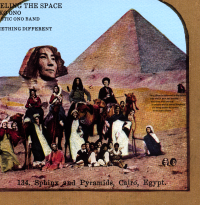 |
14:57: Monsters by Barry Windsor-Smith (Fantagraphics)
Oh, this is that book all of pap pap comics Internet was talking about the other month…
And I have to say: That new Fantagraphics logo? Meh?
Well, I guess it’s a kinda event that Windsor-Smith suddenly plonked down a 330 page book… he’s known for being kinda slow, right?
But this is… It’s like the most roundabout, long-winded version of the most hackneyed plot ever: There’s a Nazi super soldier project in the US army, and that guy up there is worried about it. That’s the recap of the first sixty pages, and I just can’t take any more of this, so I’m ditching the book at this point.
The nagging wife bits were the worst. Like nails on chalkboard.
I like some of the line work. The figures are all kinds of wonky.
| Yoko Ono: Feeling the Space | 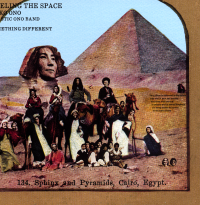 |
15:32: Satania by Vehlmann & Kerascoët (NBM)
I remember their previous book well — it’s was totally squicky. But in a good way! I’m excited!
Hm… well… Beautiful Darkness got a lot of attention — it was very special. Harrowing and interesting. This is… Hm. It’s basically a journey to the centre of the Earth, and it’s suitably claustrophobic…
… but it’s just one thing after another? Sort of? I mean, it’s a pretty good story and everything, but it’s still disappointing.
| Biting Tongues: Dont Heal | 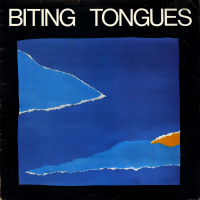 |
16:25: Et fristed på engen by Sean Karemaker (Fabel)
Oh, this is a Danish translation of a book published by Conundrum a couple years back… Feast of Fields… Well, that seems a bit backward. I mean, I’m not Danish.
Anyway, this is pretty special? It’s a very distinctive storytelling style.
I’m not quite sure where this lands on the personal-private scale… I think it’s on the “private” side? That is, it’s never clear why this story is being told? But it’s cool to finally read a story about an “orphanage” or whatchawantocall it where nothing bad happens?
I liked that. Very unexpected!
And I liked all the squares that are floating around on the pages.
17:15: Nap Time
| A Certain Ratio: acr:box (3) |  |
19:26: The Provocative Colette by Annie Goetzinger (NBM)
Oops. That was a long nap.
I really liked Goetzinger’s Girl in Dior, and this is almost as purdy…
… but the storytelling here is really, really choppy. It’s basically a recap of Colette’s life, and it’s names, places, books, names, places, books… It doesn’t allow much room for character at all.
I mean, I like it, but it’s a lot.
| Nobukazu Takemura: The Quest is a Reward |  |
20:23: Non #10 edited by Eric Reynolds (Fantagraphics)
Uhm. Did I miss the previous issue of this… …. I did! Darn! Mile High Comics have a tendency to miss drop the ball with their subscription service on the non-floppy stuff. But it’s been almost a year since the previous issue, so surely they’ve stocked up on good stuff? (Steven Weissman above.)
Non is the best anthology being published now, but this is the worst issue they’ve done. So perhaps the reason it’s taken this long for the issue to appear is that they’ve just not found good stuff? Even pieces by people I like, like MS Harkness above, are pretty slight.
*ding ding*
Takeout food arrives!
It was… er… as good as it looks.
Oh well.
I did like this piece by Silvia Rocchi, and there were a few other things that were OK, but it’s a disappointing volume.
| Nobukazu Takemura: Child’s View |  |
21:39: The Secrets of Chocolate by Franckie Alarcon (NBM)
So, this is a documentary book about chocolate? That sounds absolutely dreary…
… but it’s not. It’s such a lively, likeable book — it’s just hard to look at these pages without smiling.
| Ana Roxanne: Ana Roxanne |  |
22:37: Young Shadow by Ben Sears (Fantagraphics)
The artwork’s really charming — the figure design is solid. (What’s with all these out of focus snaps today… did I flip some settings on the camera? Hm…)
But I have to admit that I kinda zoned out halfway through. I don’t this it’s the book’s fault — it’s just not my kinda thing? I think a whole bunch of teenagers (and teenagers at heart) will love this book.
| The Band: The Band (1) |  |
23:50: Ince Memed vol 2 by Yaşar Kemal & Ismail Gülgeç (Bogfabrikken)
This is an old Danish album (late 80s) that I’ve never heard of before. That is, it’s in Danish, but it’s translated from Turkish? I’m intrigued!
This looks very 80s BD… more French than, say, Italian or Spanish, that is.
I don’t think you can say this is actually good, but it interesting. Here we learn that mountain bandits continued wearing fezzes after it had been “decided” that Turkish men should wear normal hats.
This is the story of a guy that joins a group of bandits, and has to come to a decision whether to really stay a bandit or not. I’ve read a lot worse.
The story ends on a “to be continued”, but no further volumes were translated, so I guess it wasn’t a rousing commercial success.
Or… translated… Apparently this Danish publisher published this in Turkish, too. I guess there wasn’t a big comics industry in Turkey at the time.
Or now, I imagine.
| Bobbi Humphrey: Blacks and Blues | 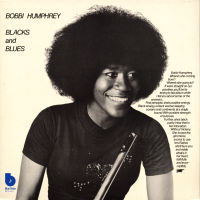 |
00:29: Sine Qua Non by Marcel Ruijters (Forlæns)
So this is a series of wordless shaggy dog stories about nuns in Medieval times…
I like this woodcut-a-like style, and there’s some gags in here that work, but I lost interest after a couple of these stories.
| Adult.: Subsurface |  |
00:38: The End
Well, that wasn’t the most inspiring selection of comics, was it? A third of them were, like, outright bad, and only a couple could be called “good”… and nothing really outstanding.
In a field.
So I think it’s time to go to bed.
